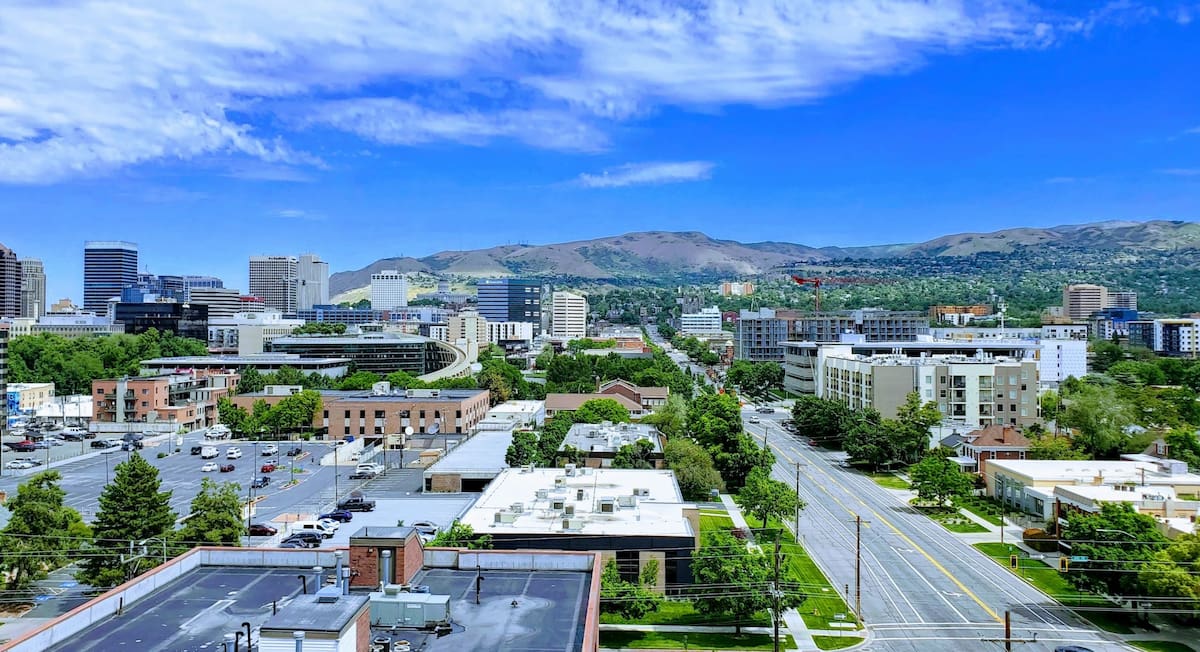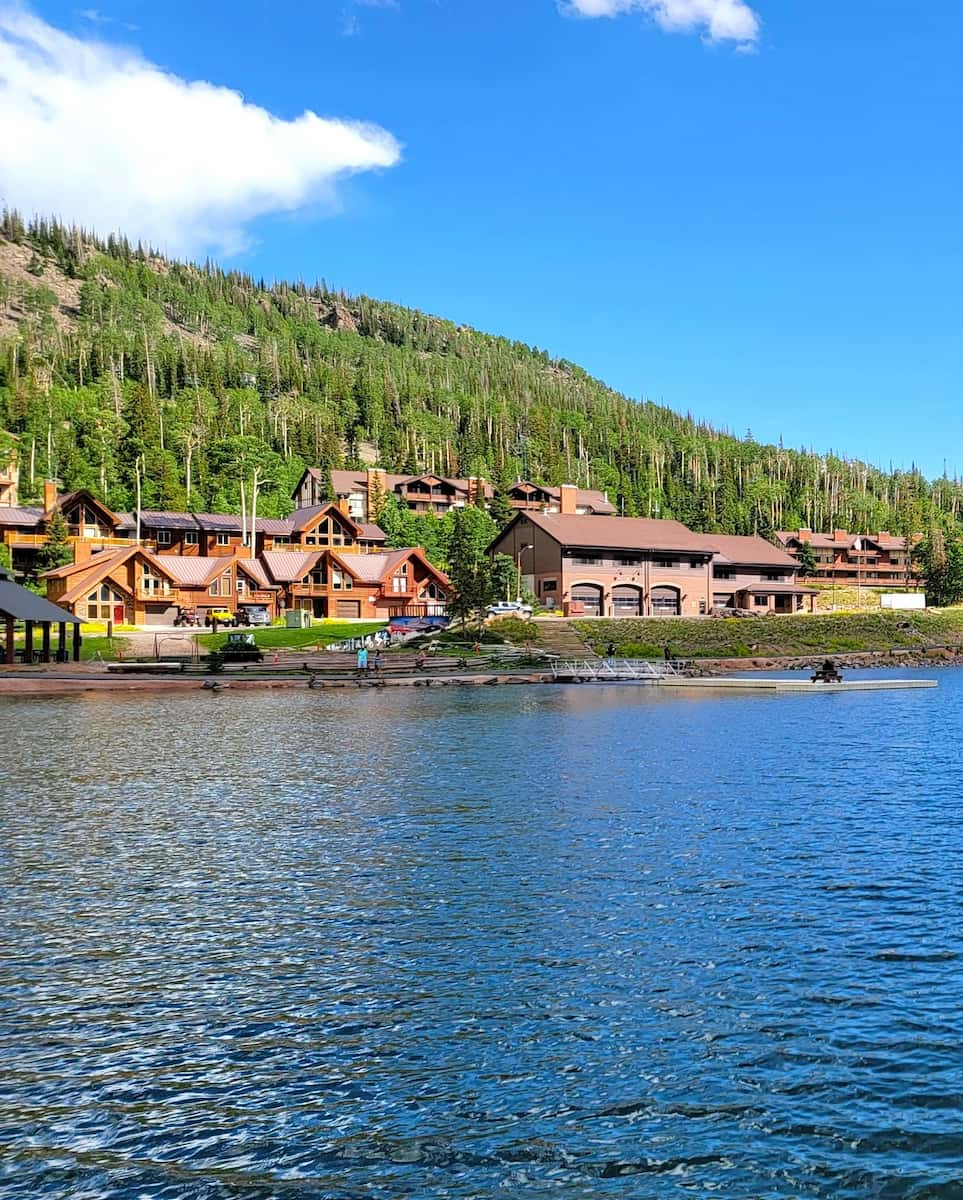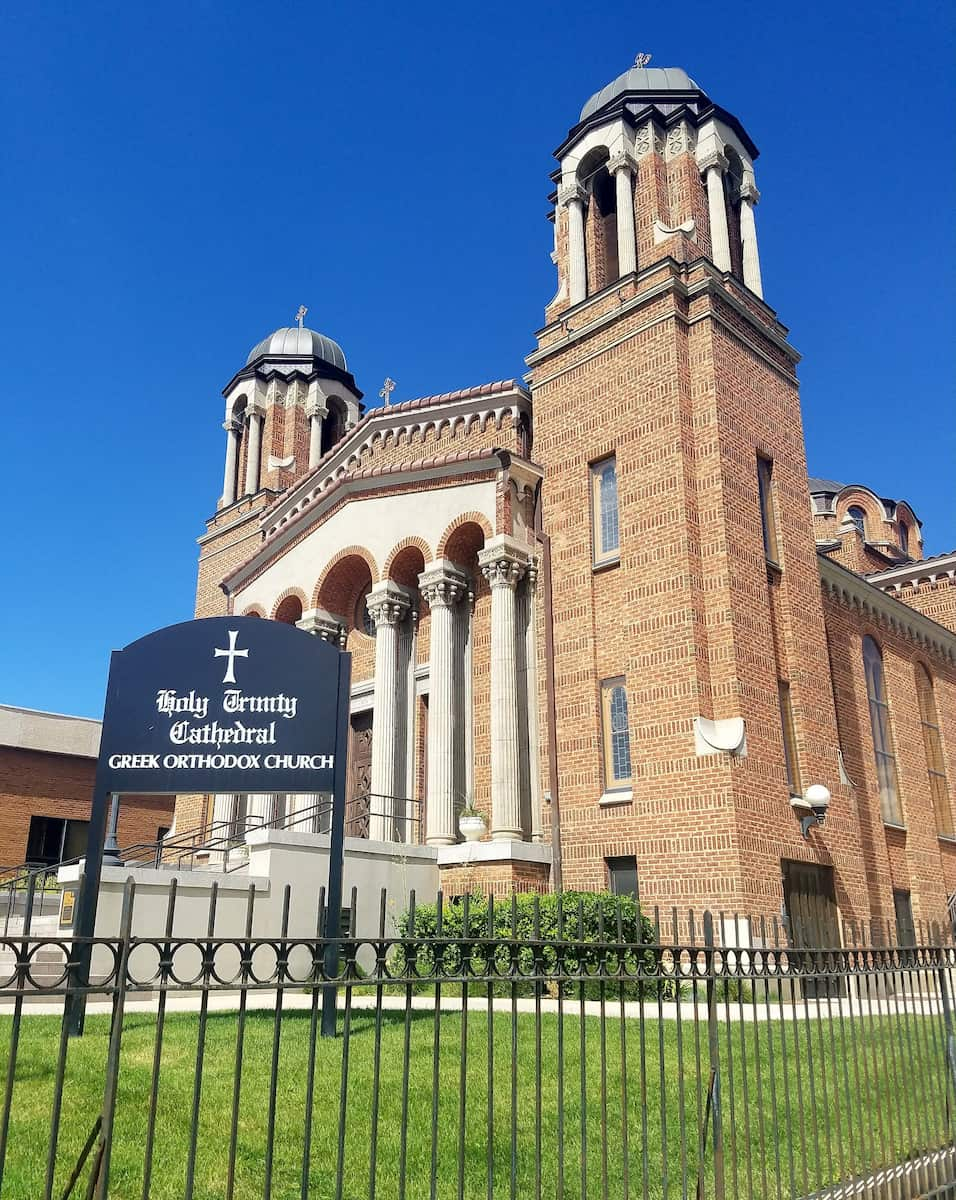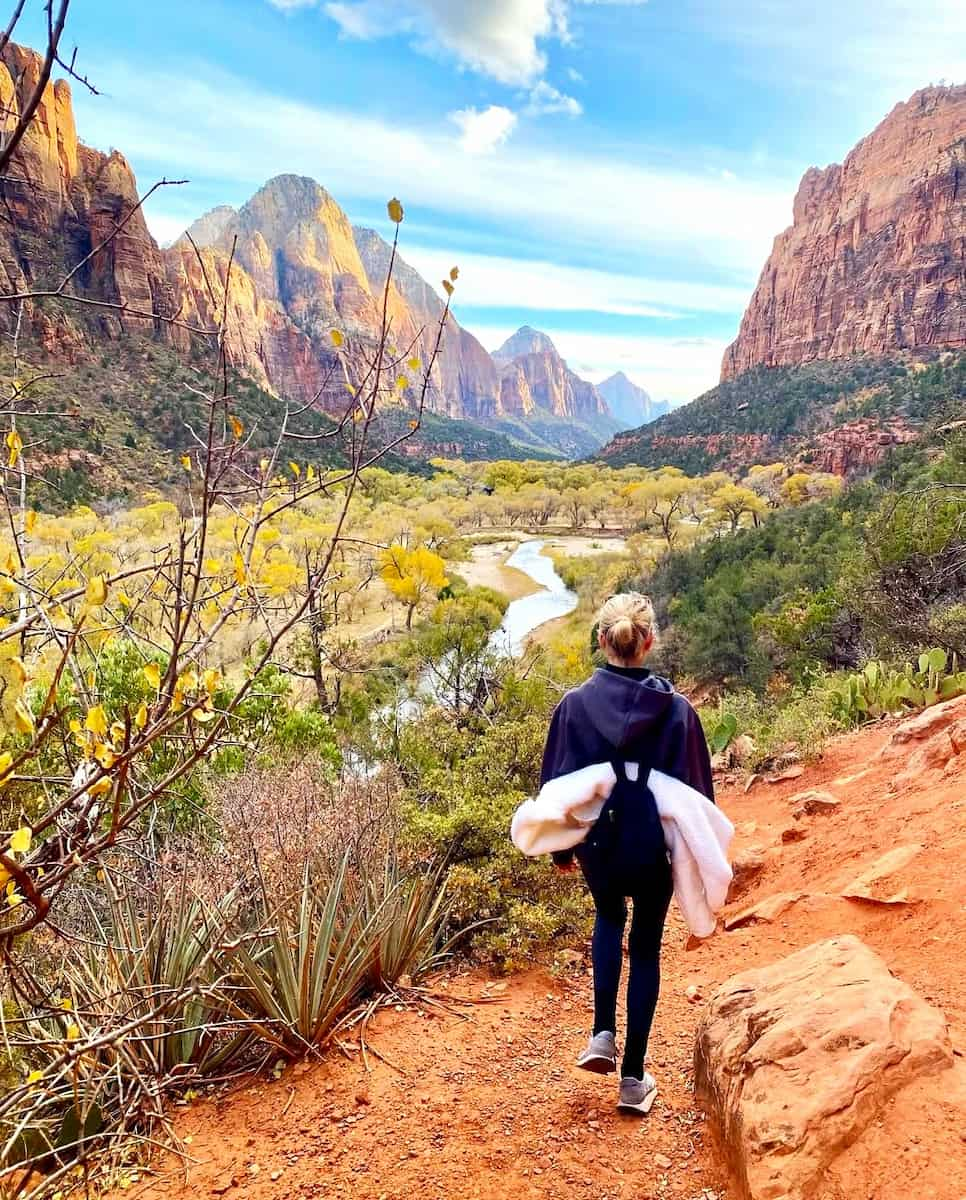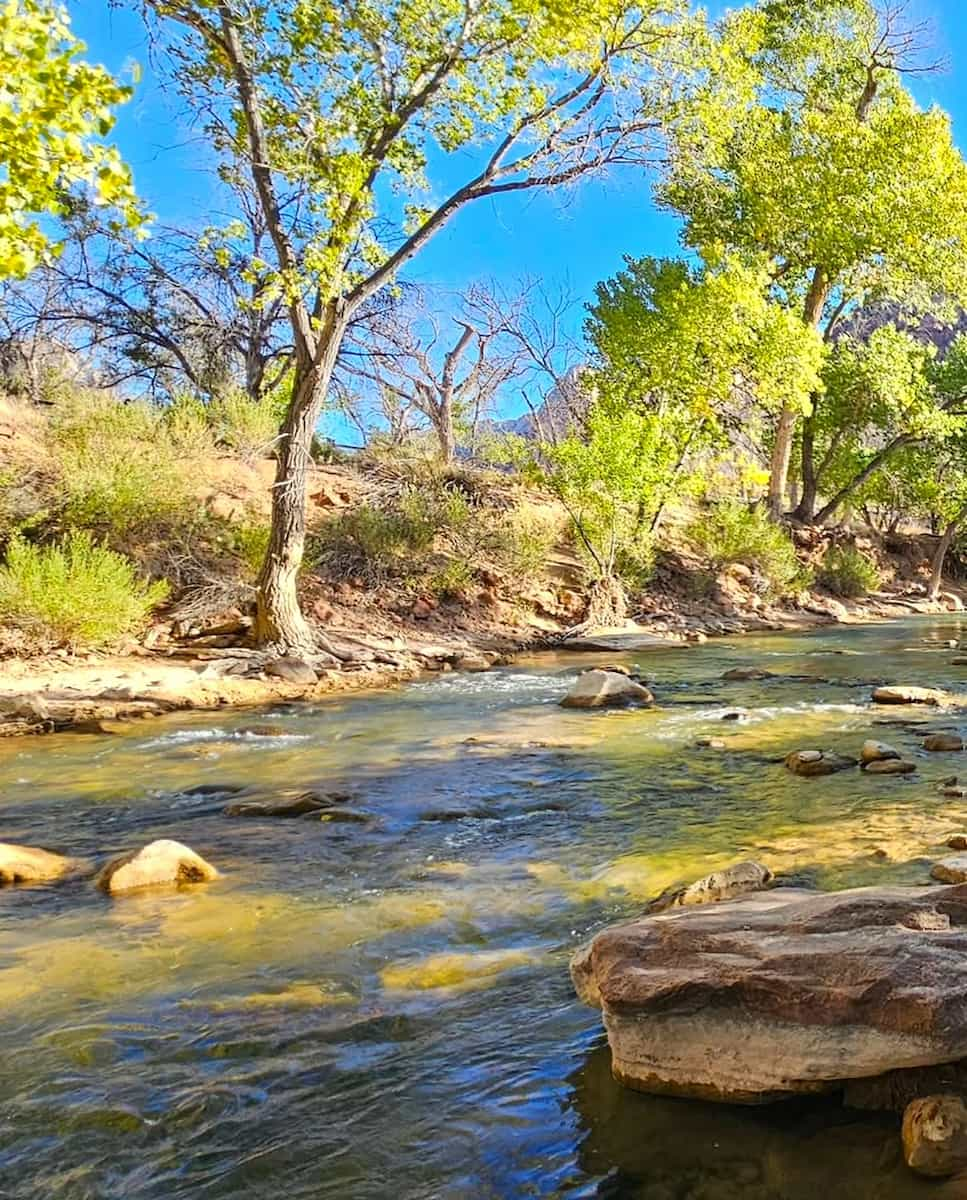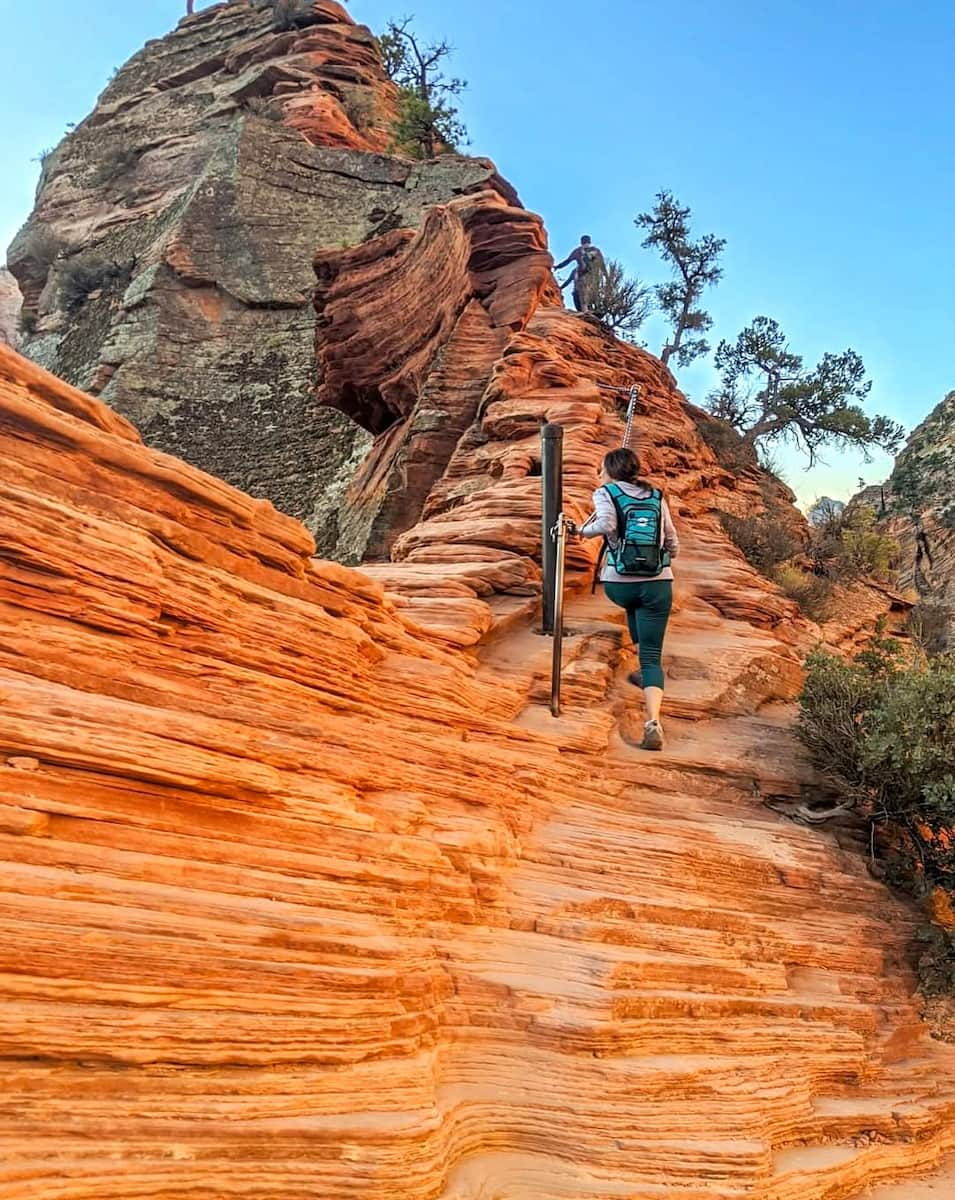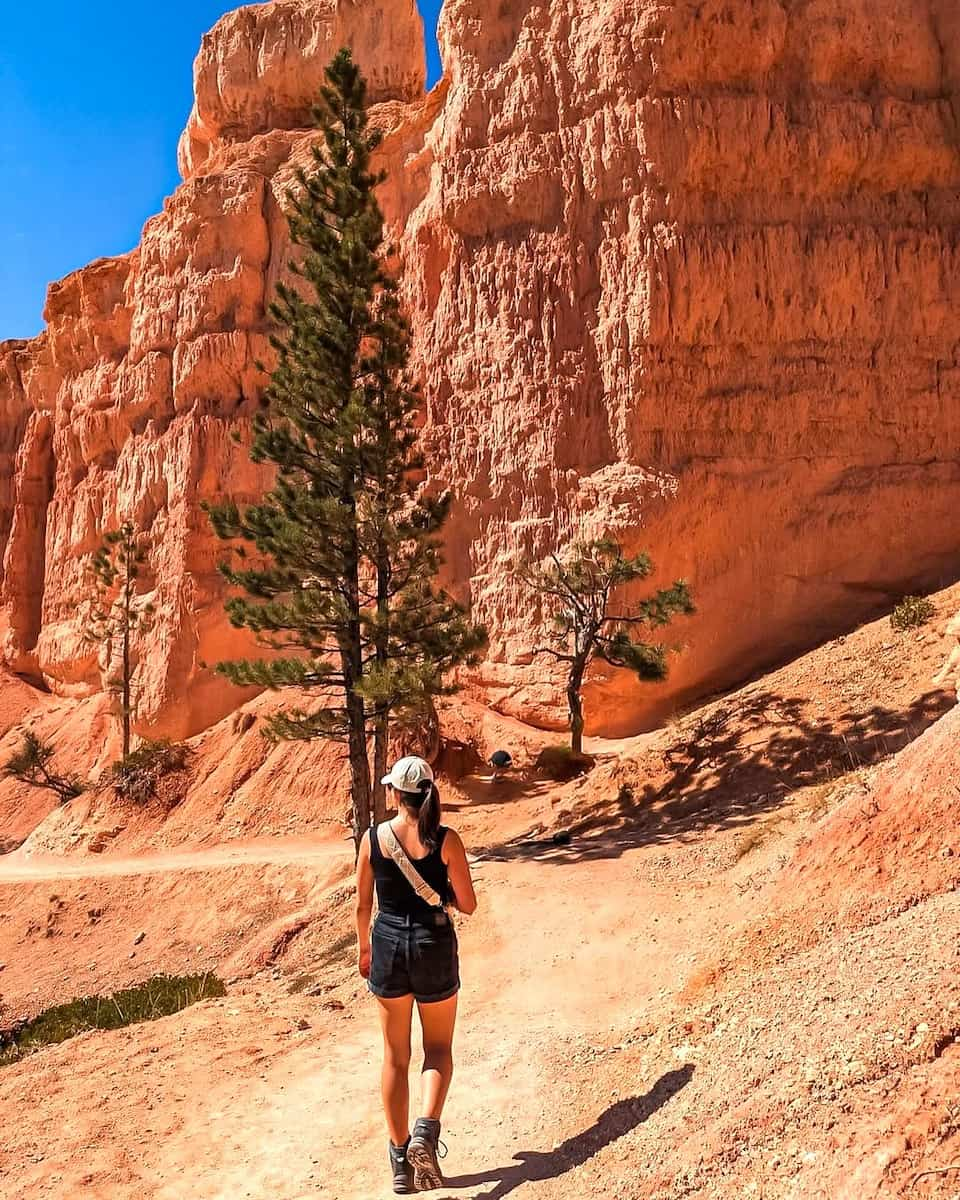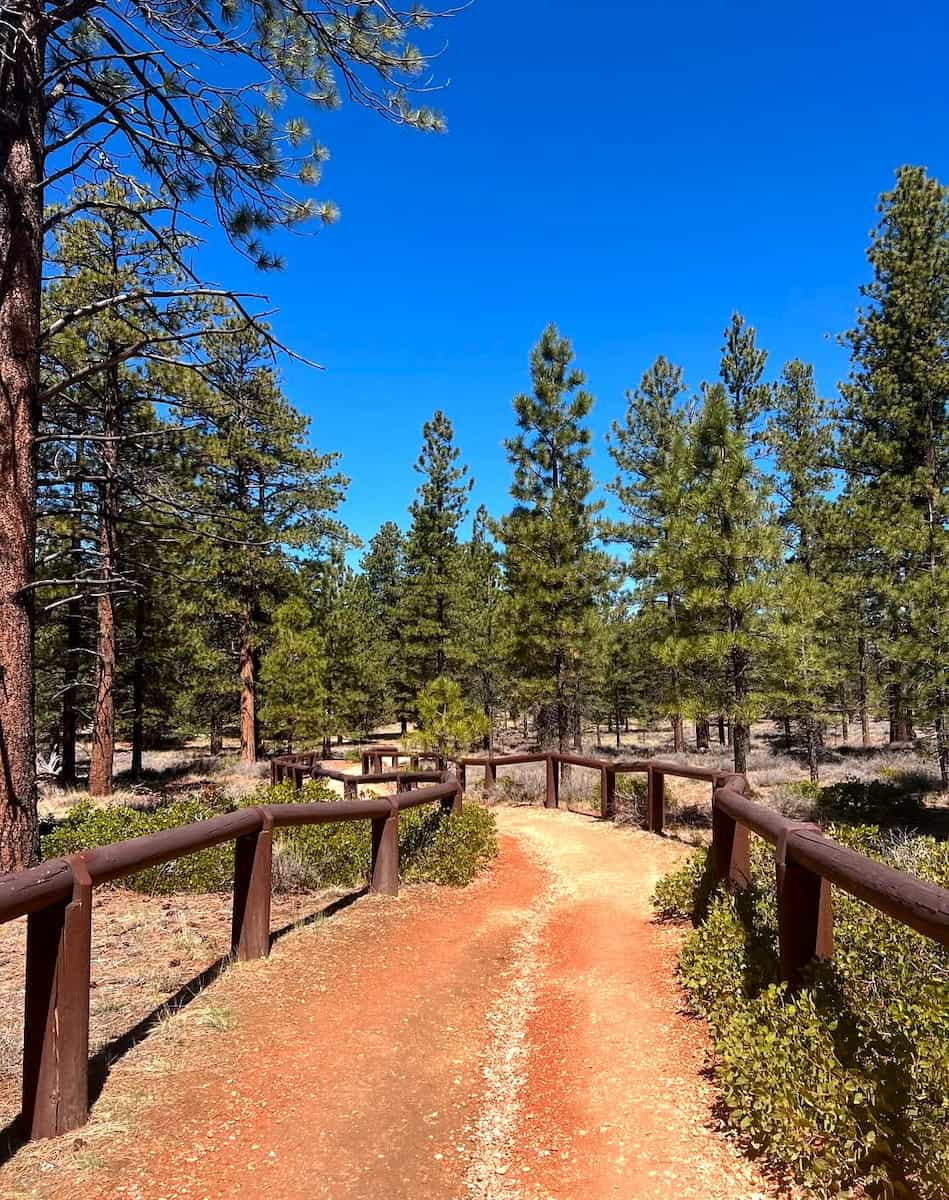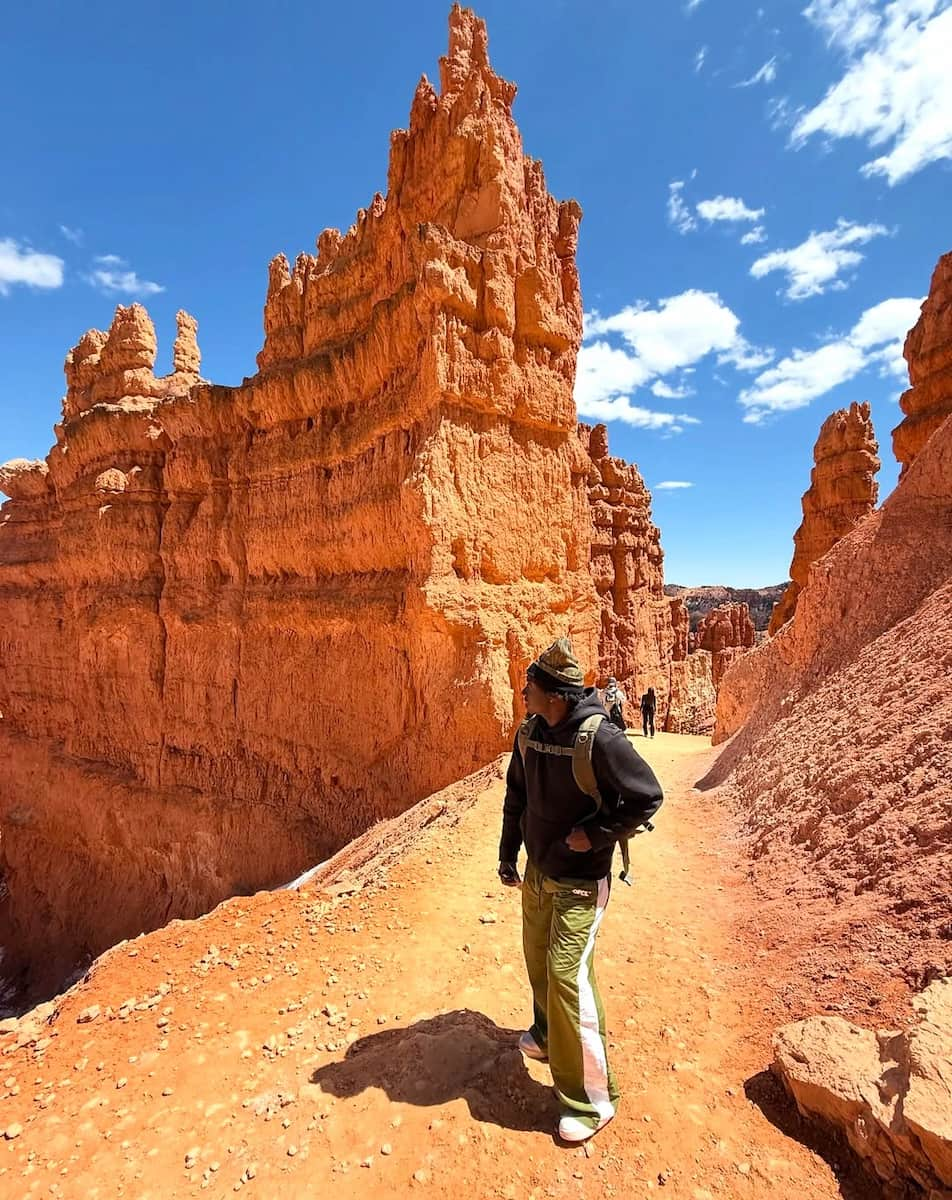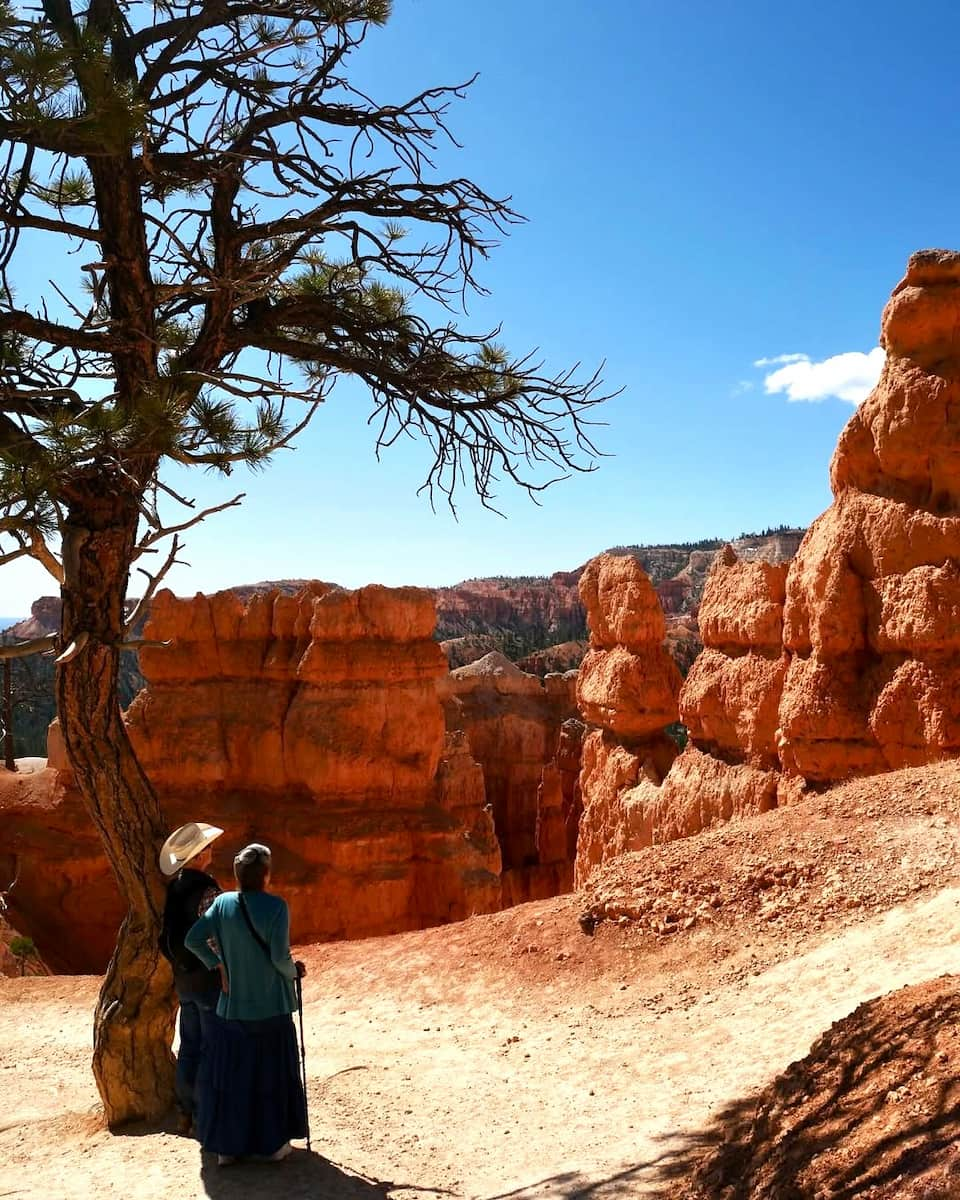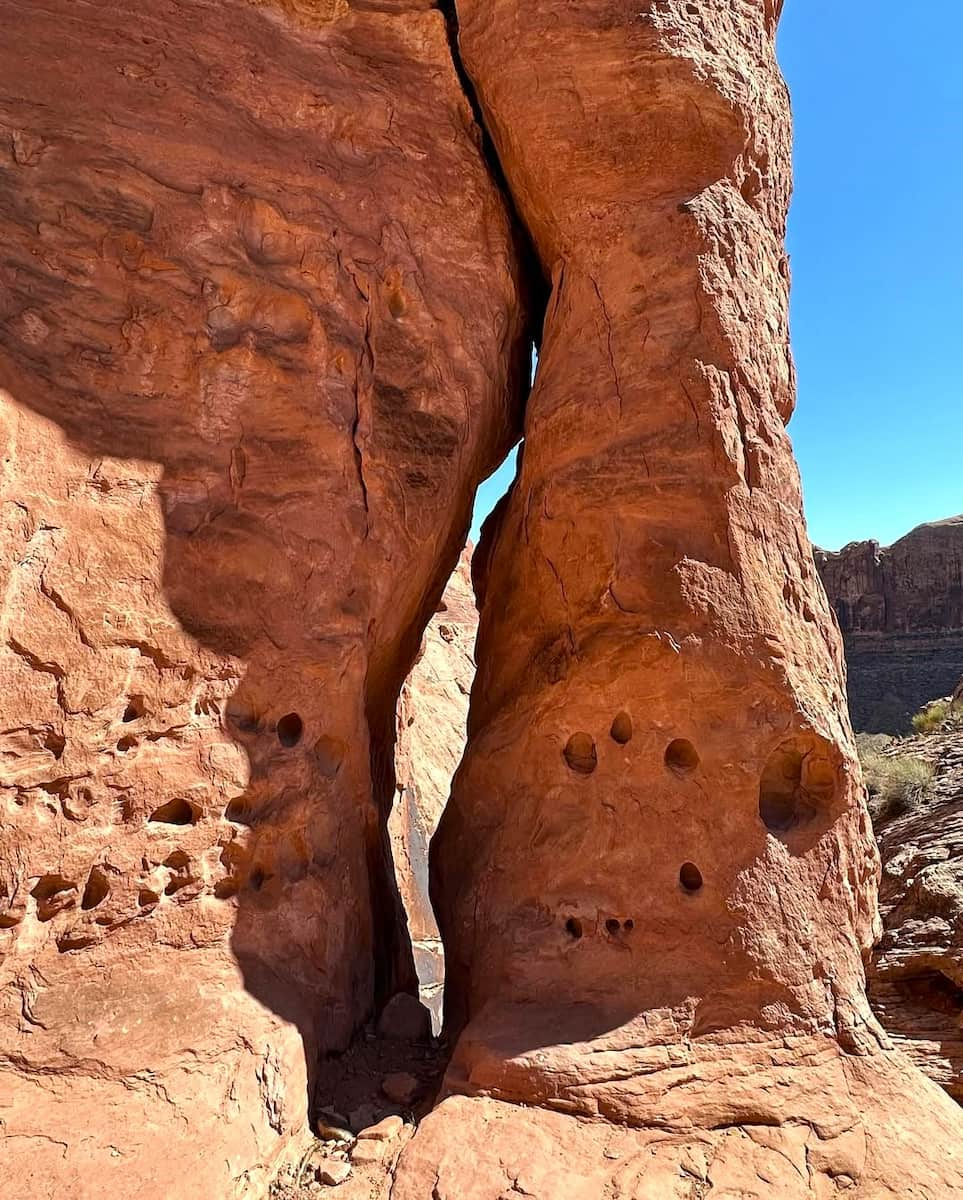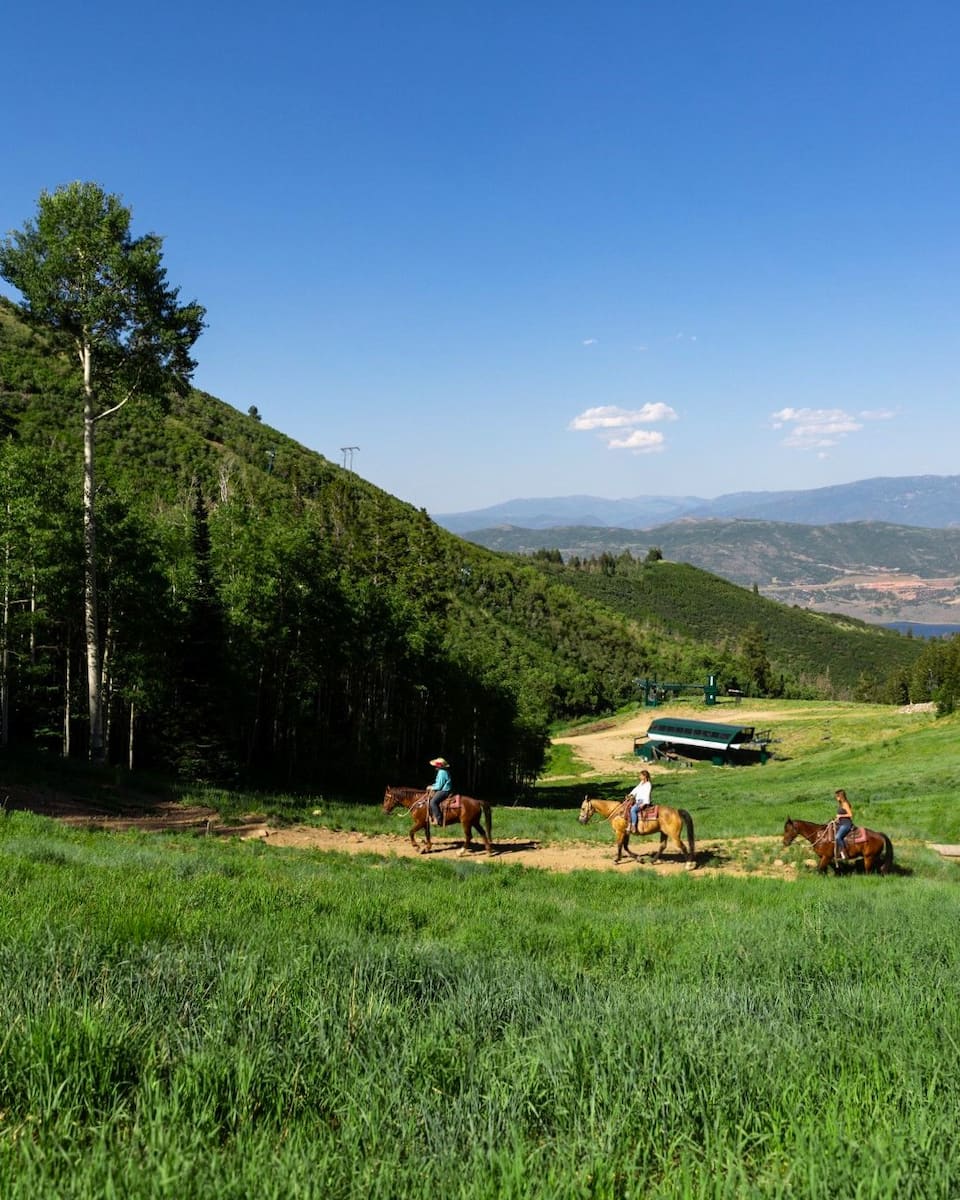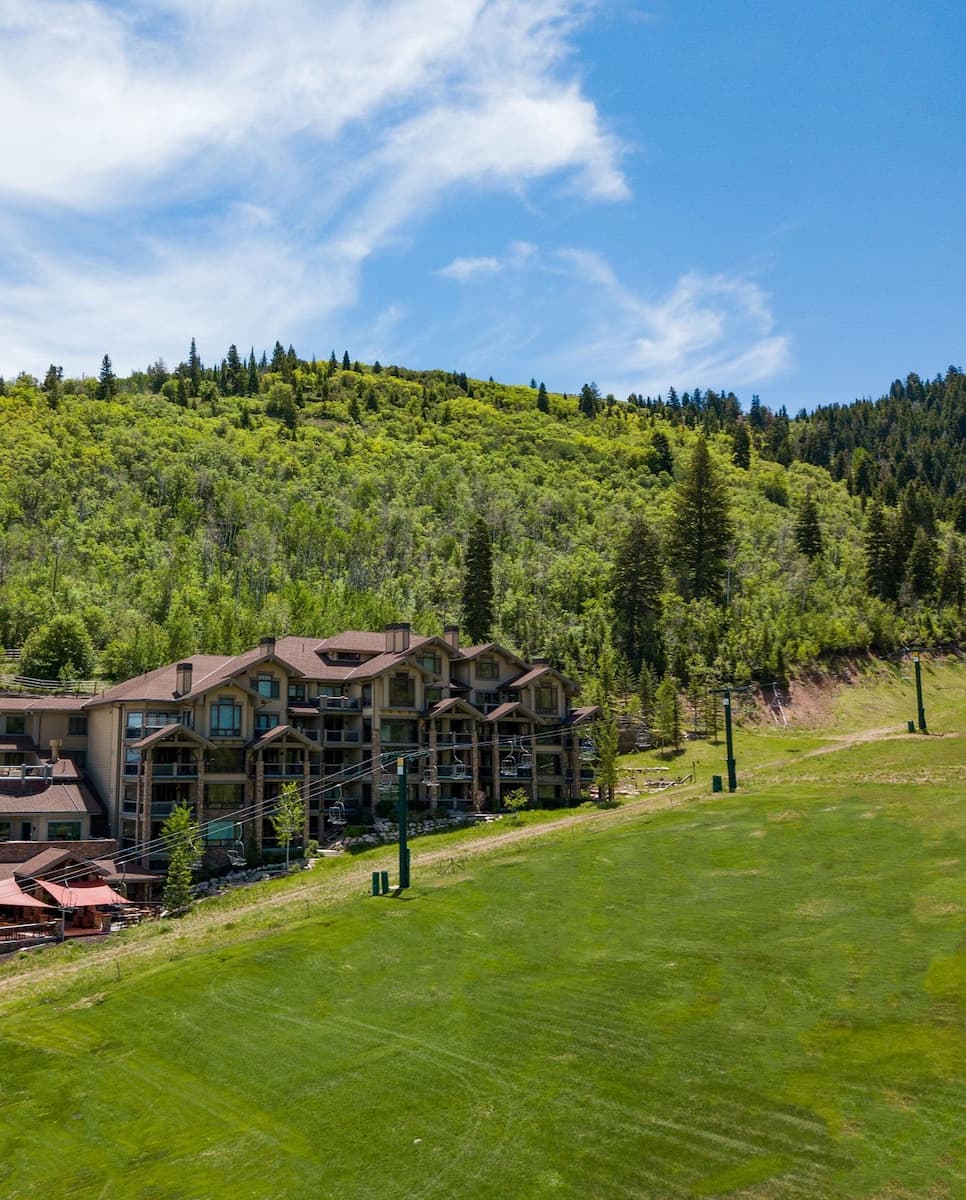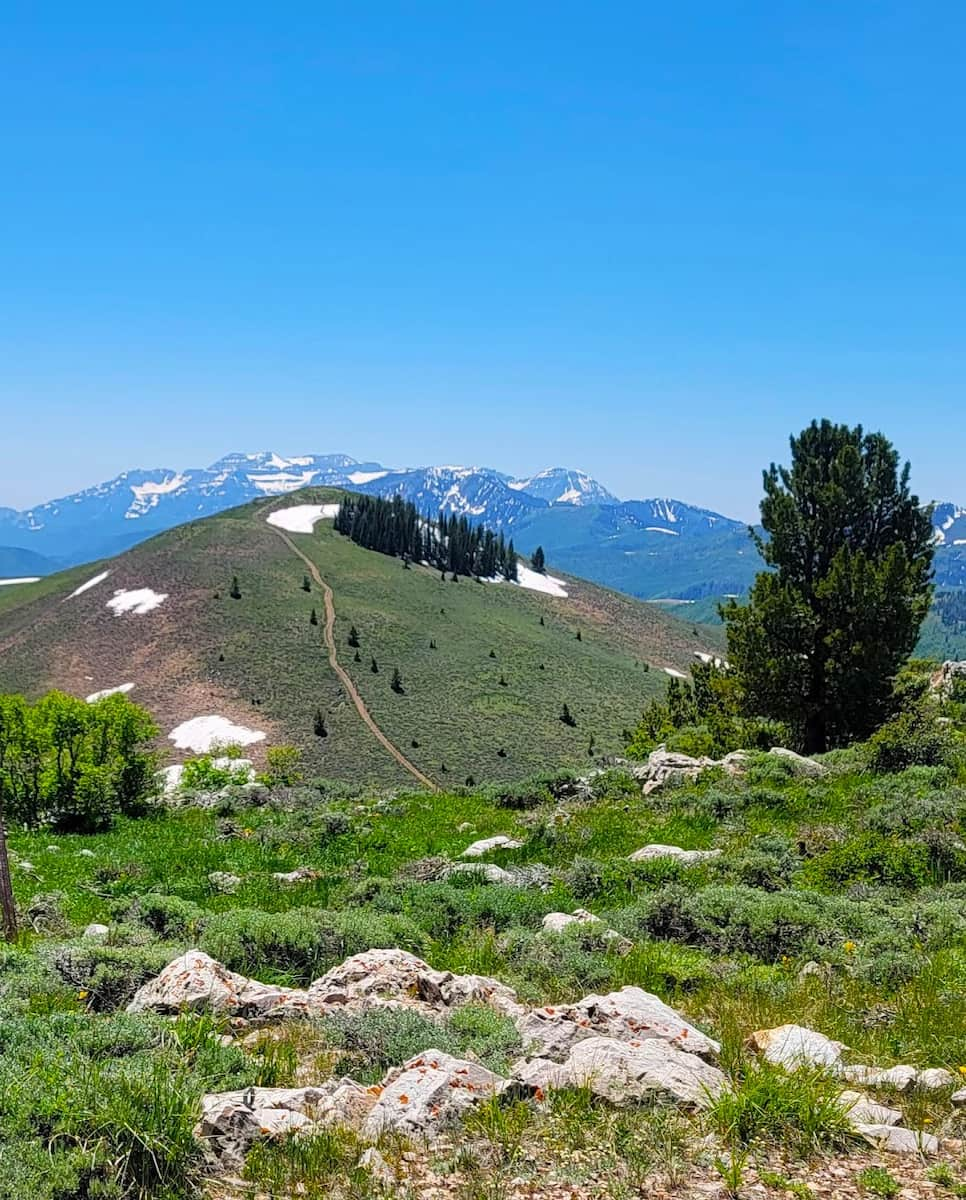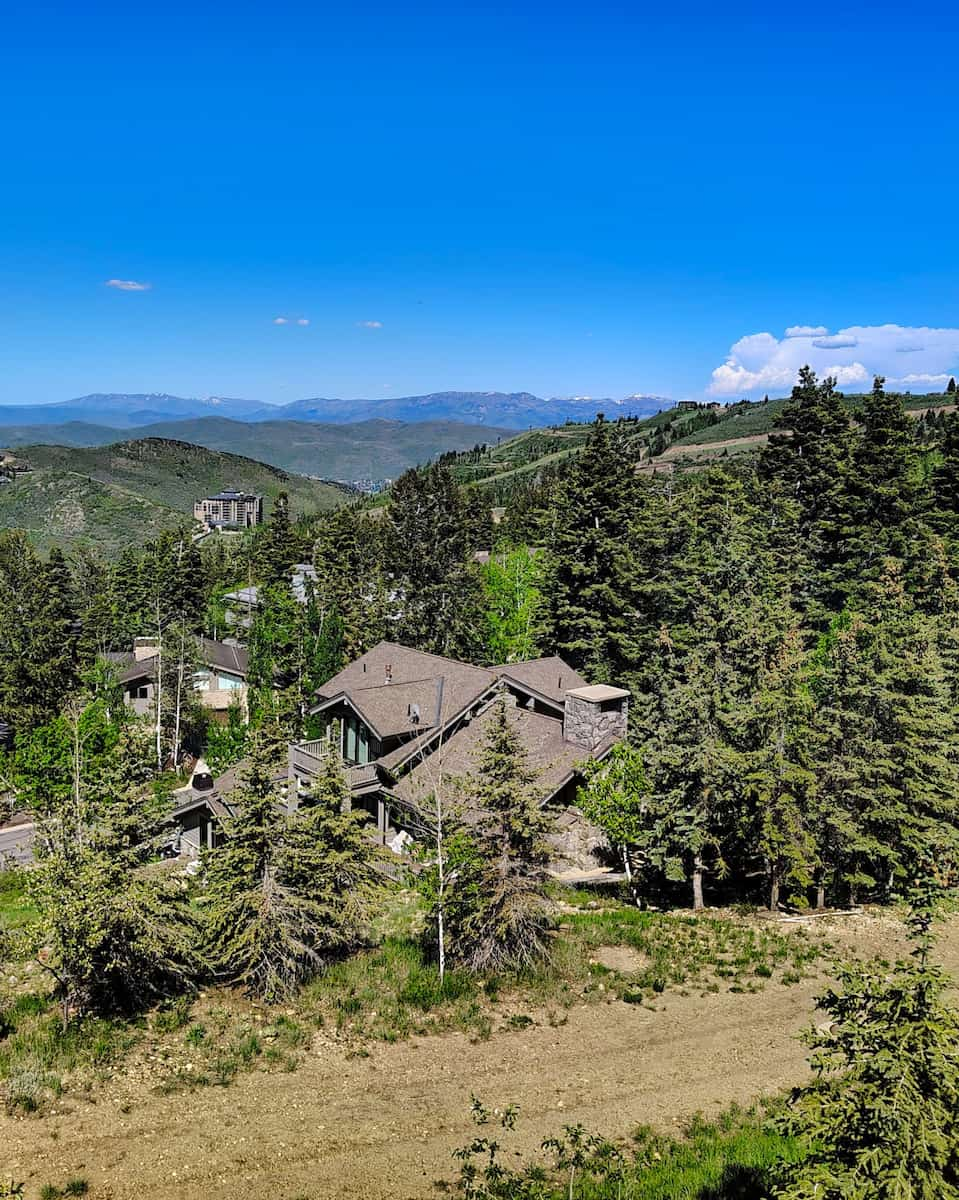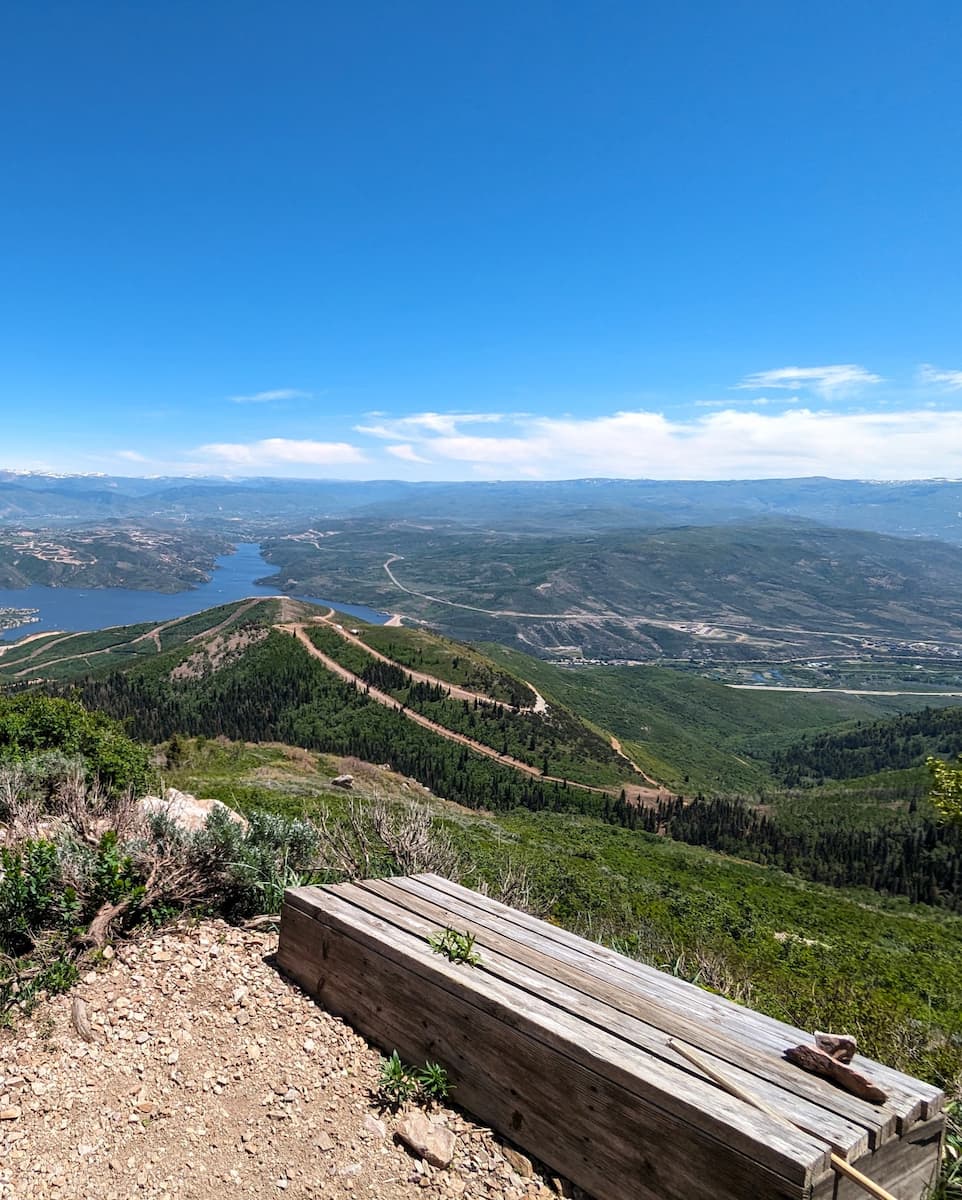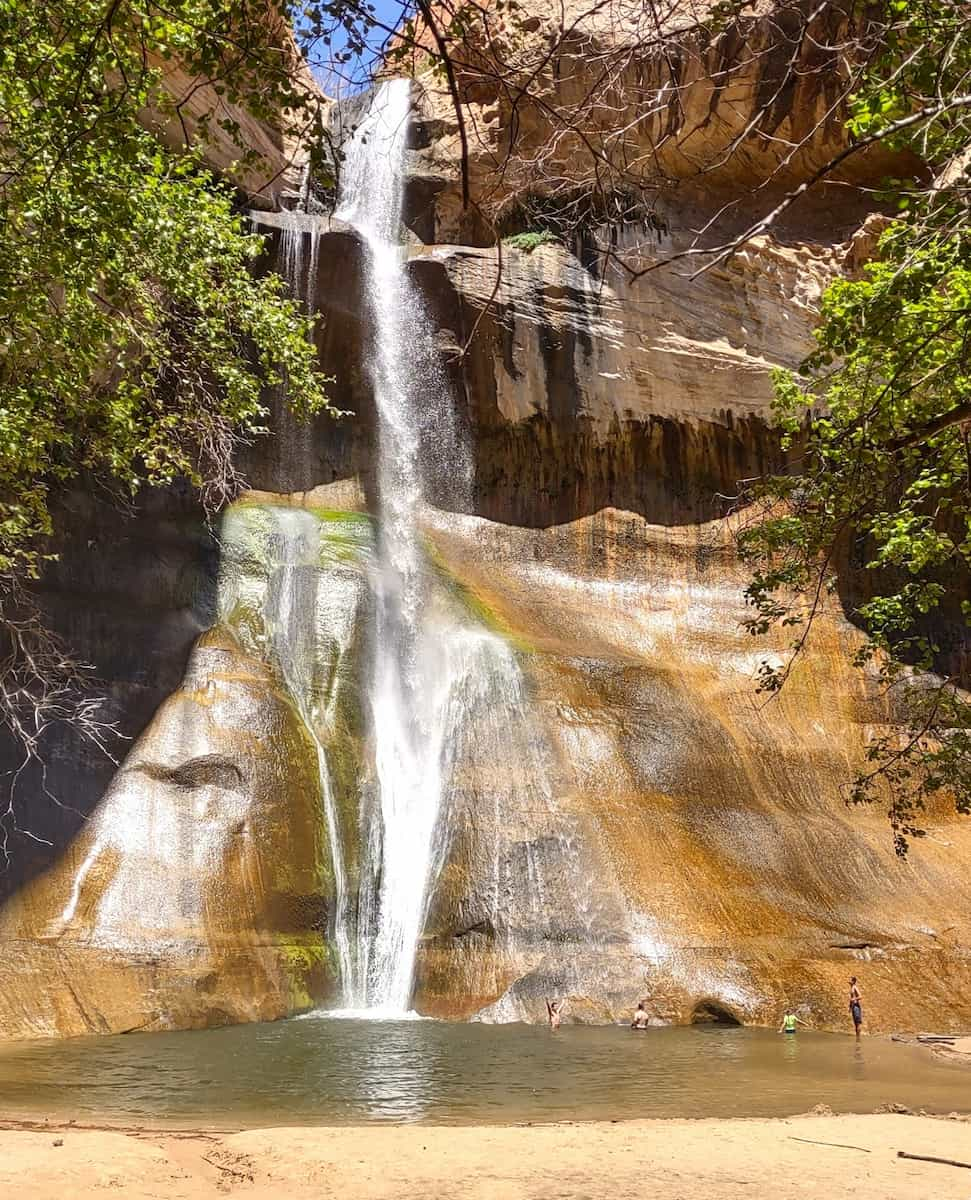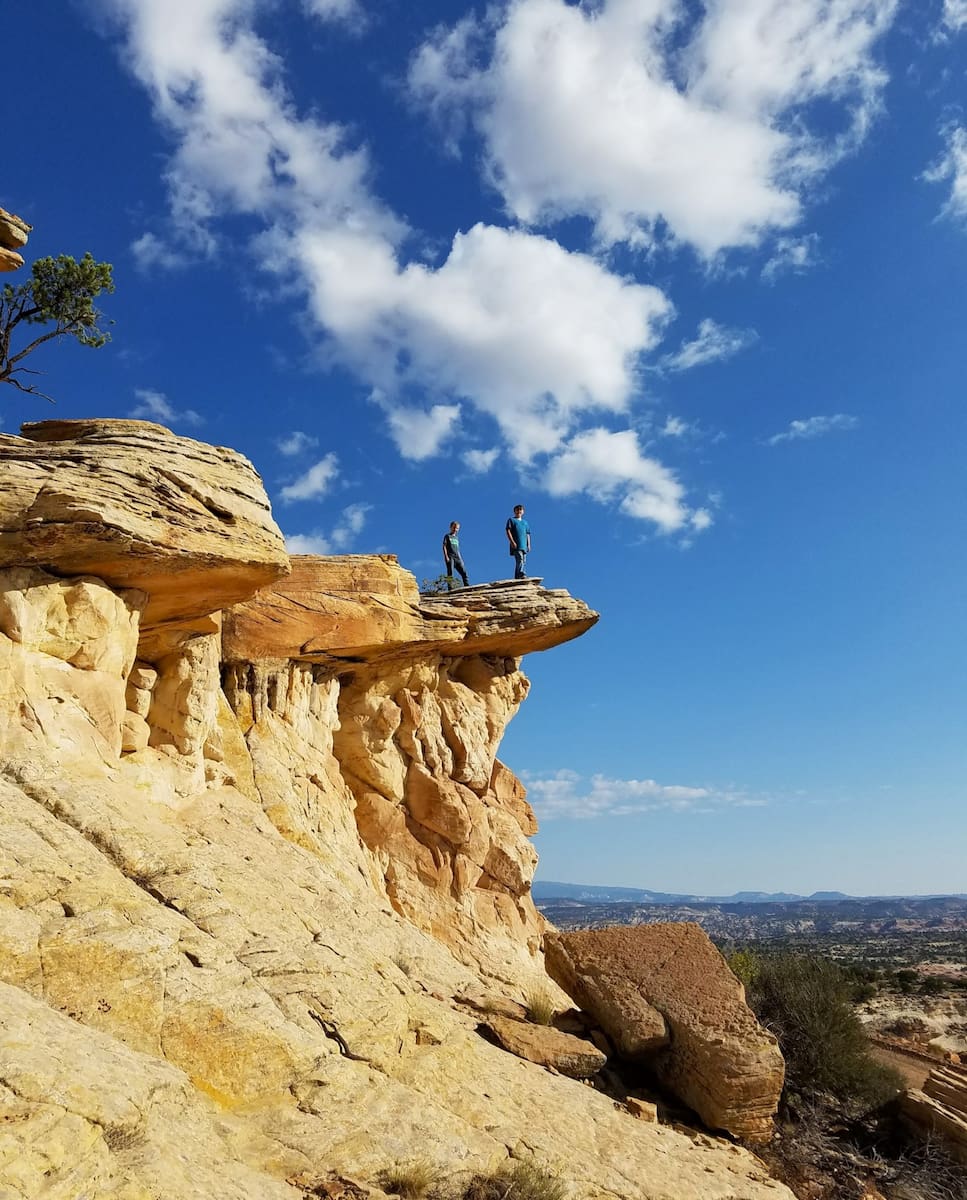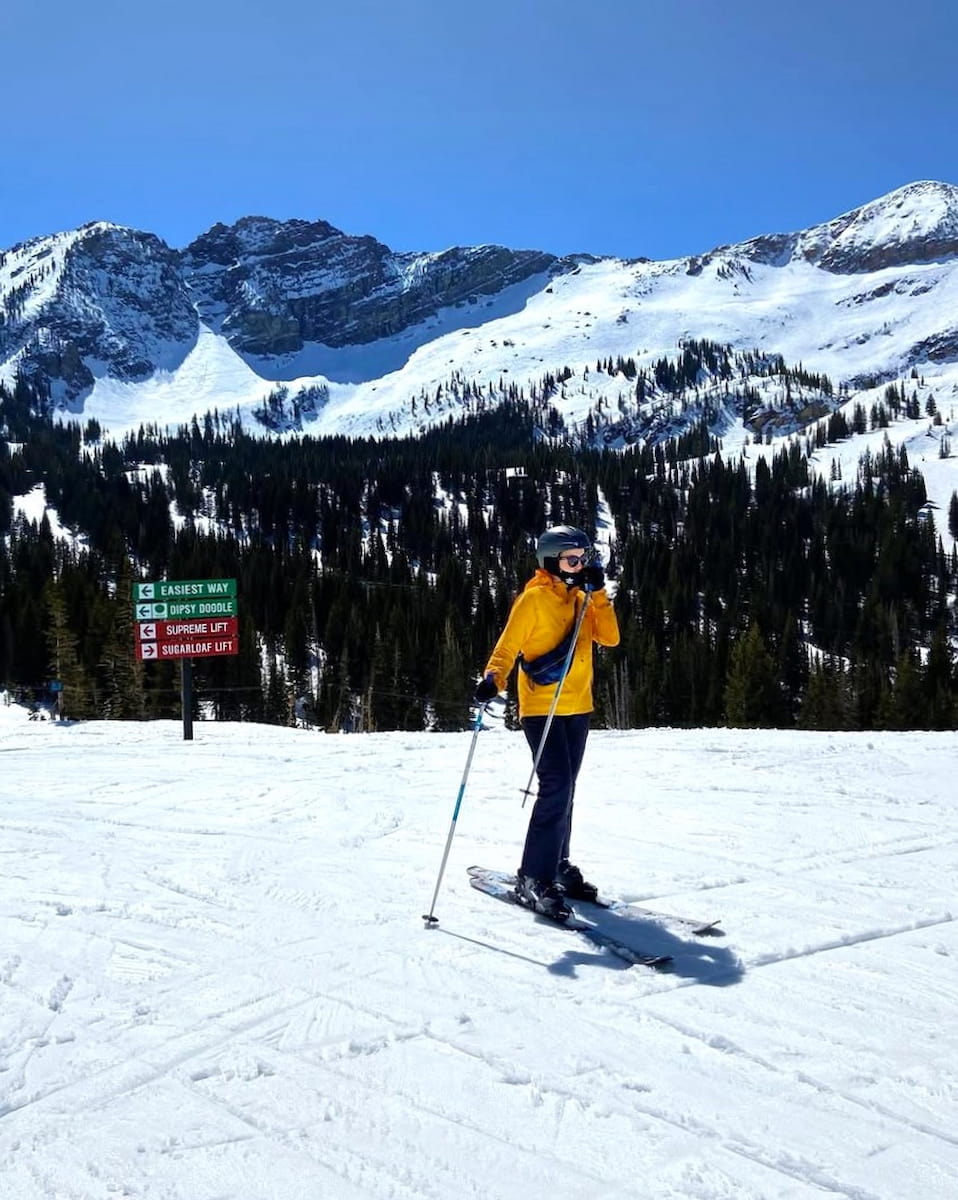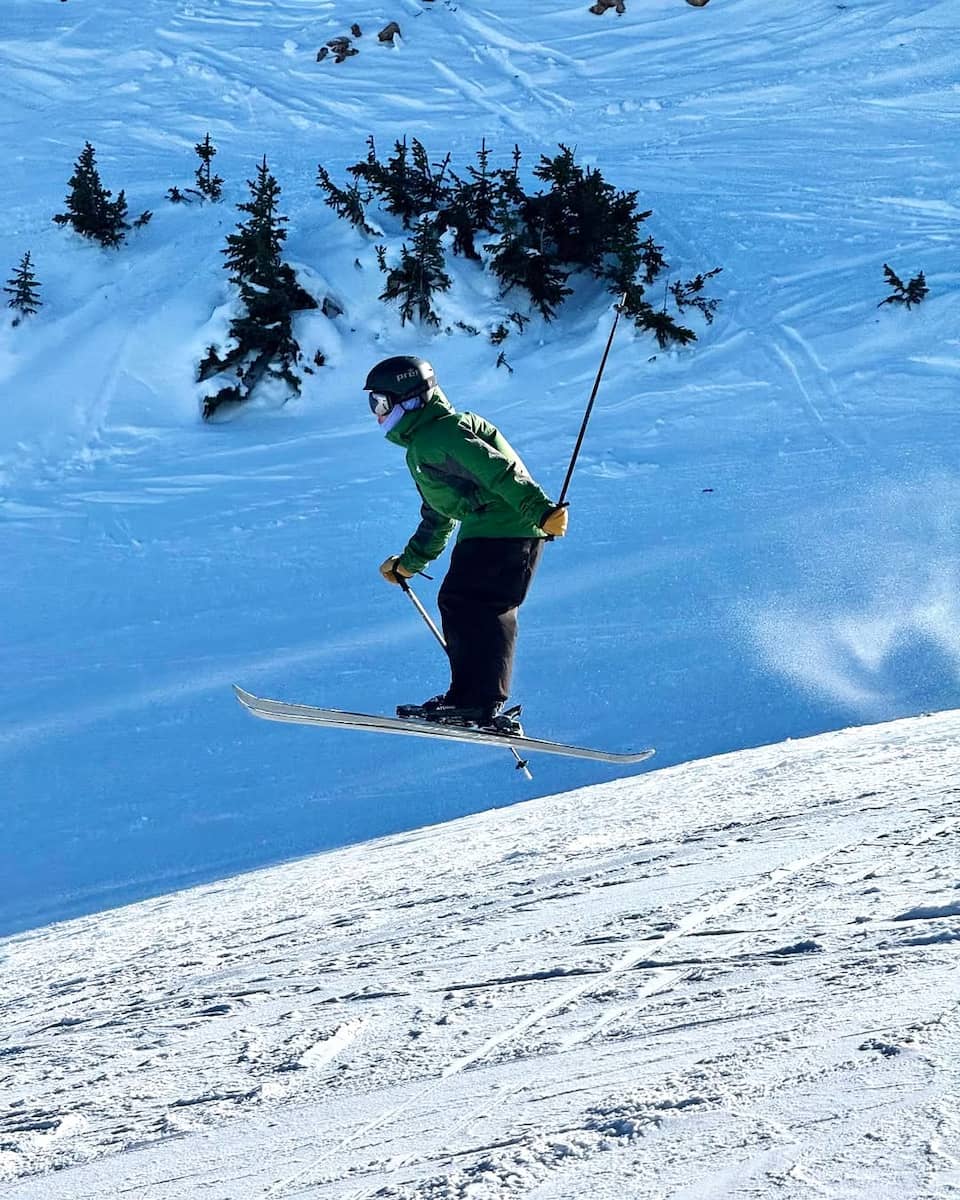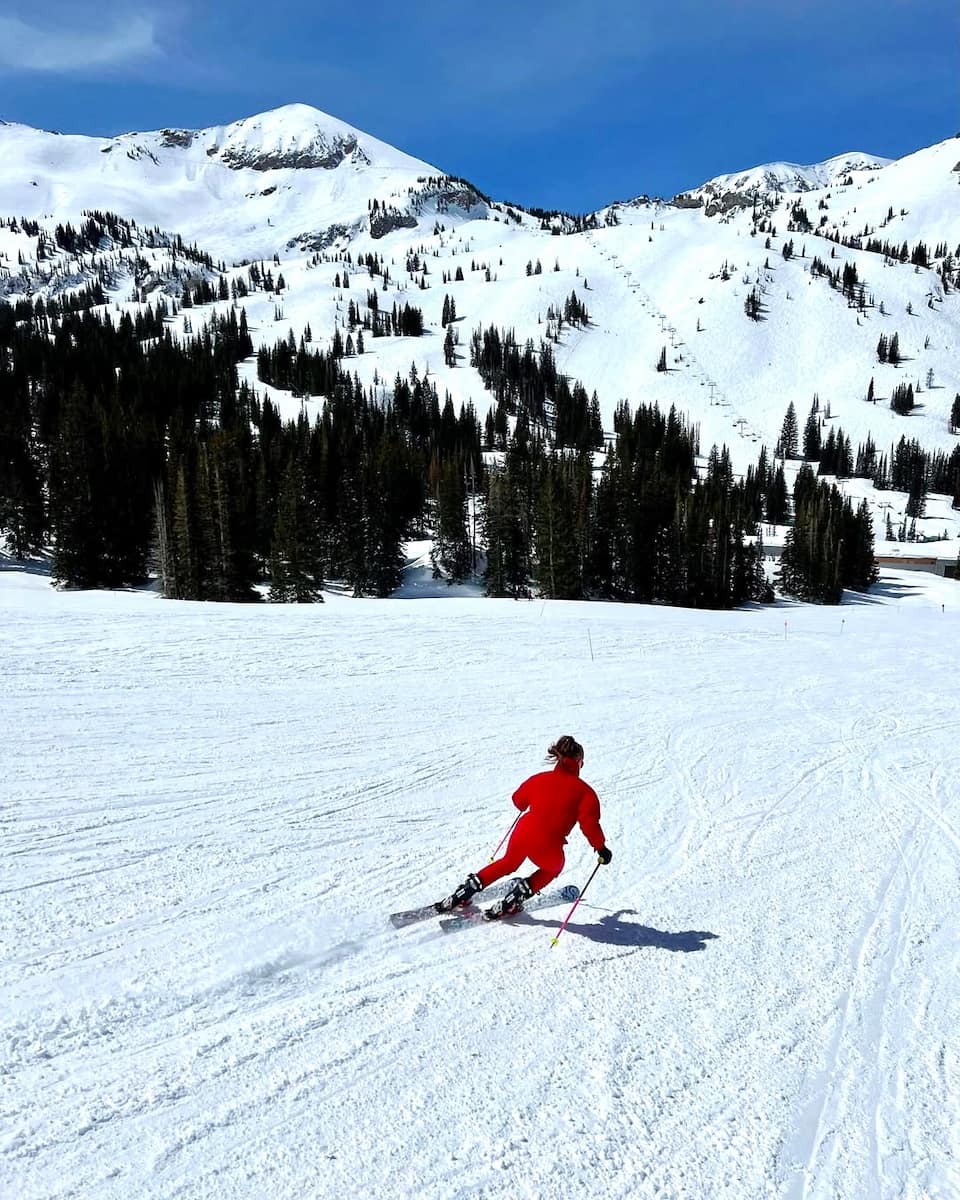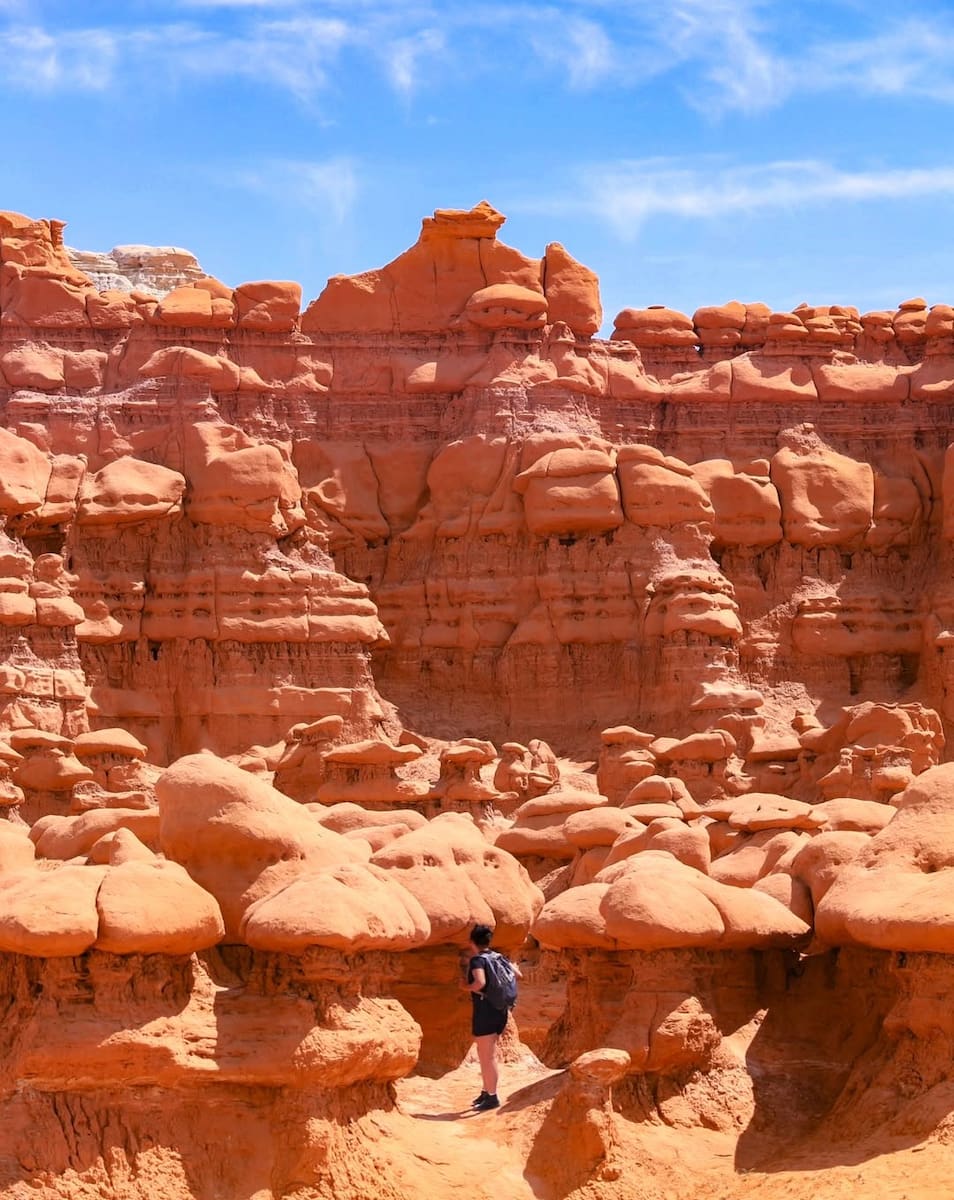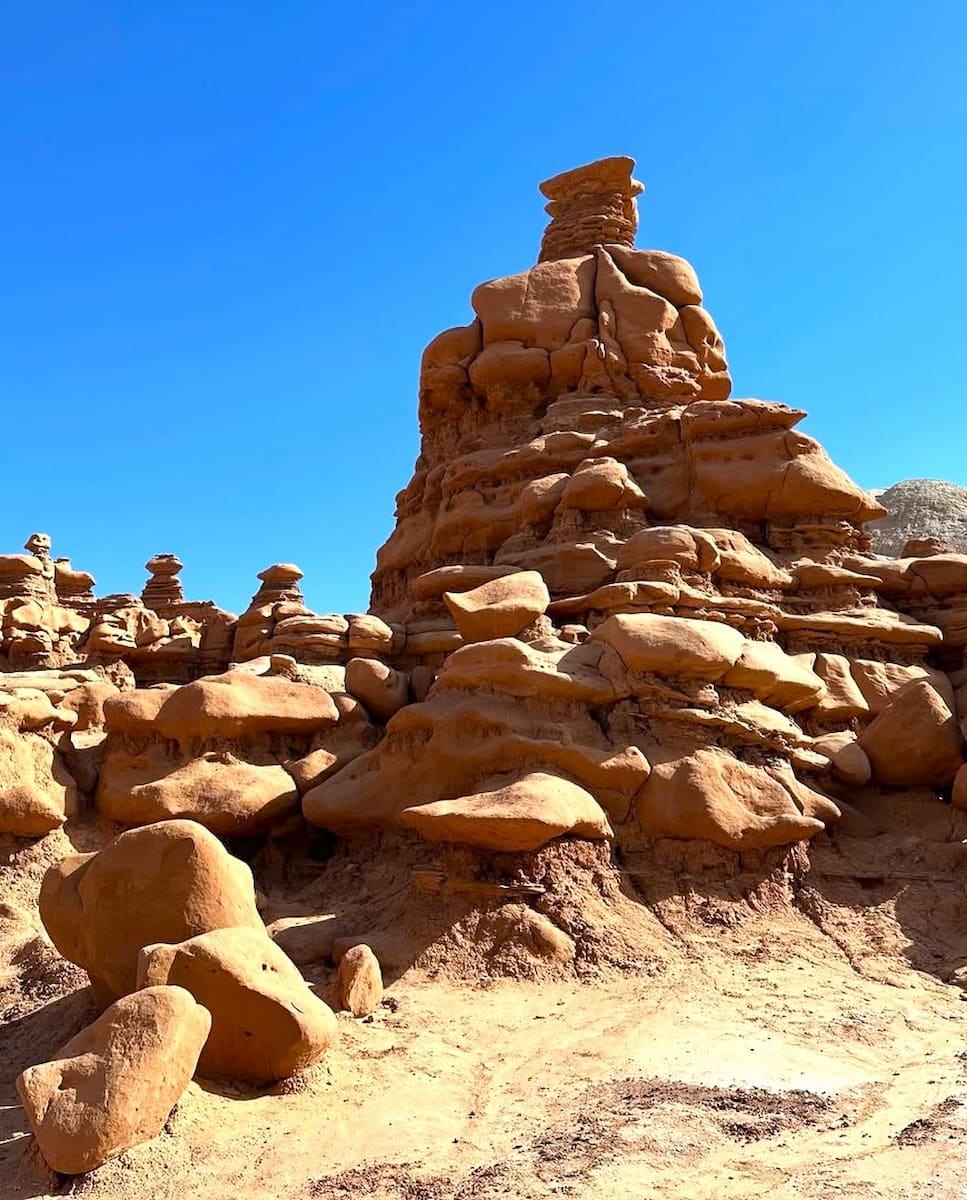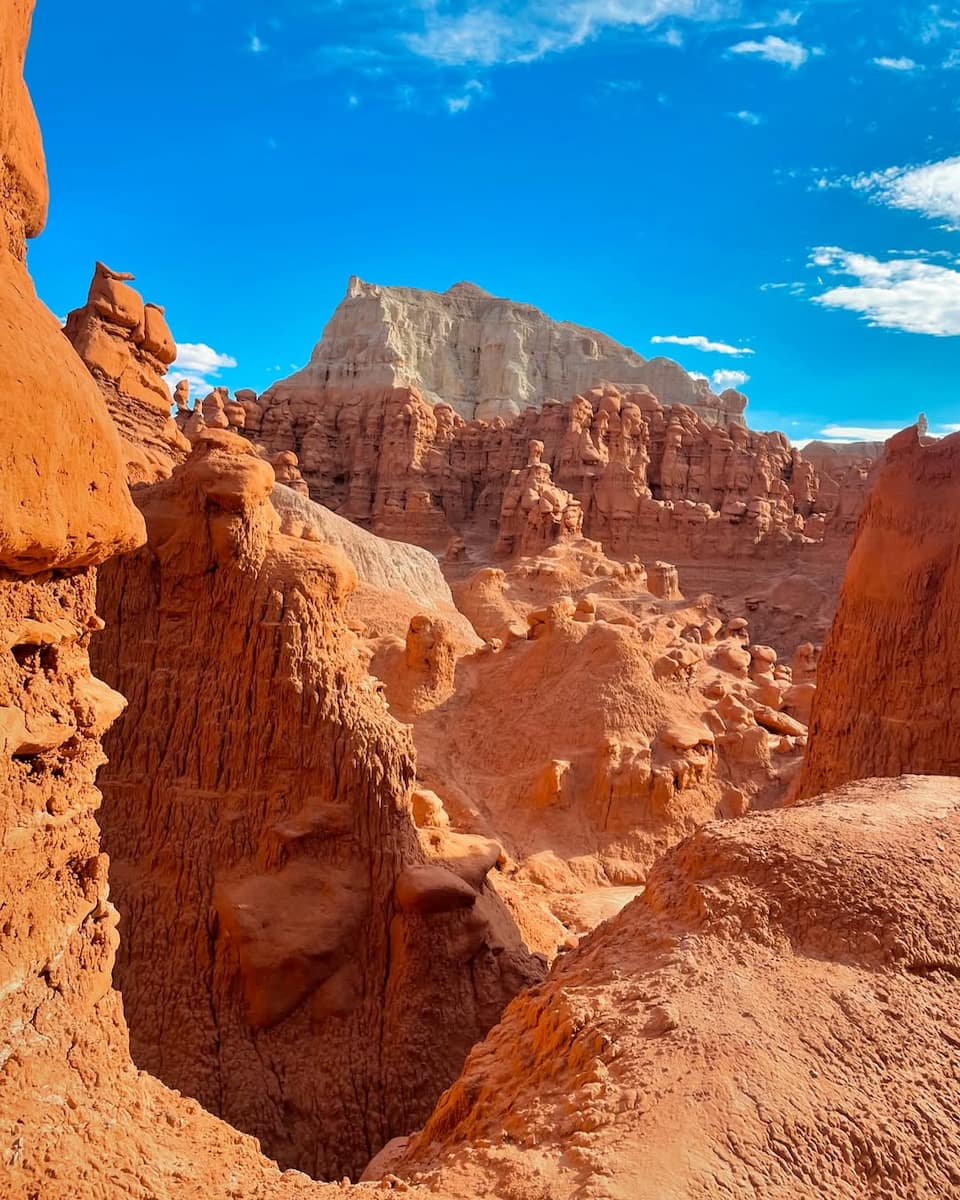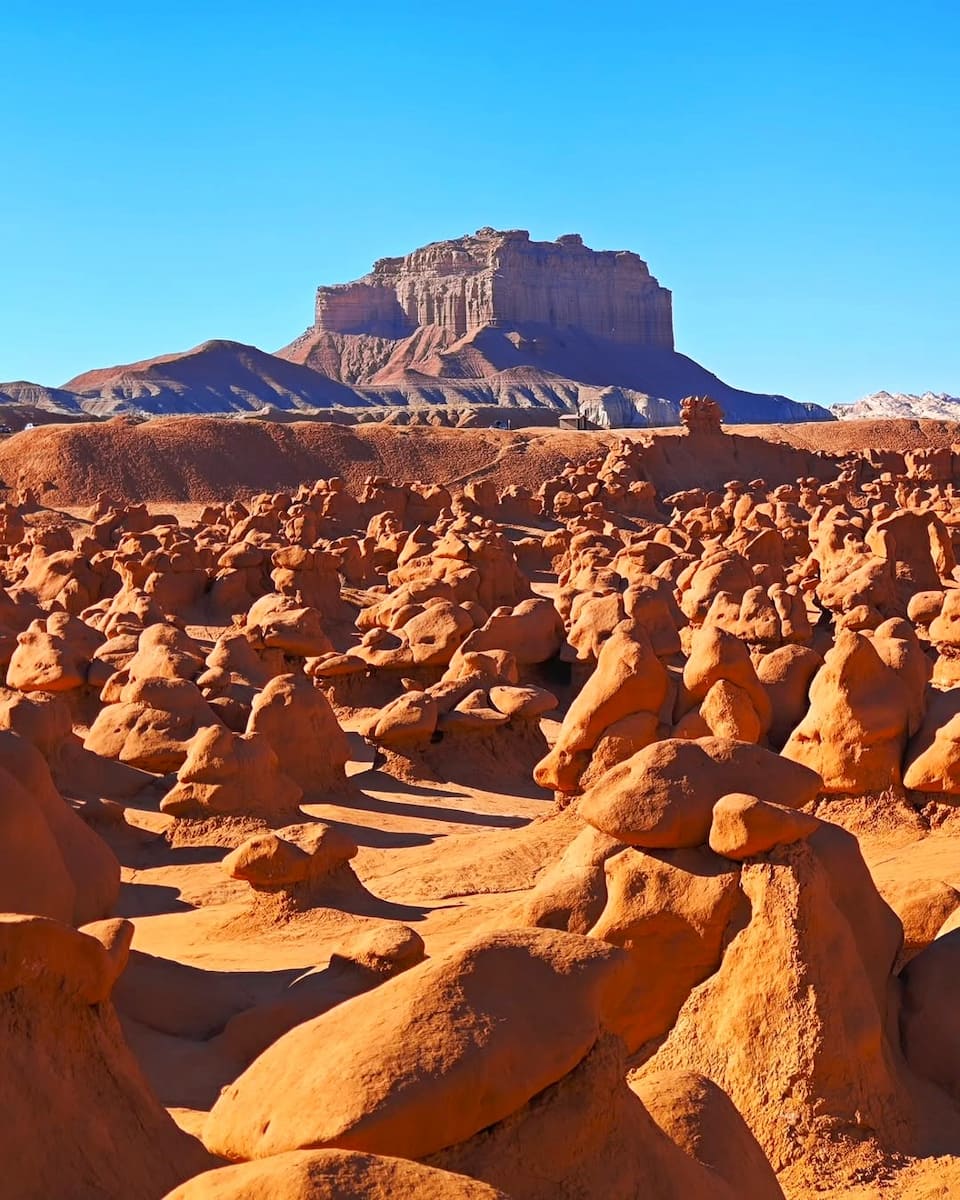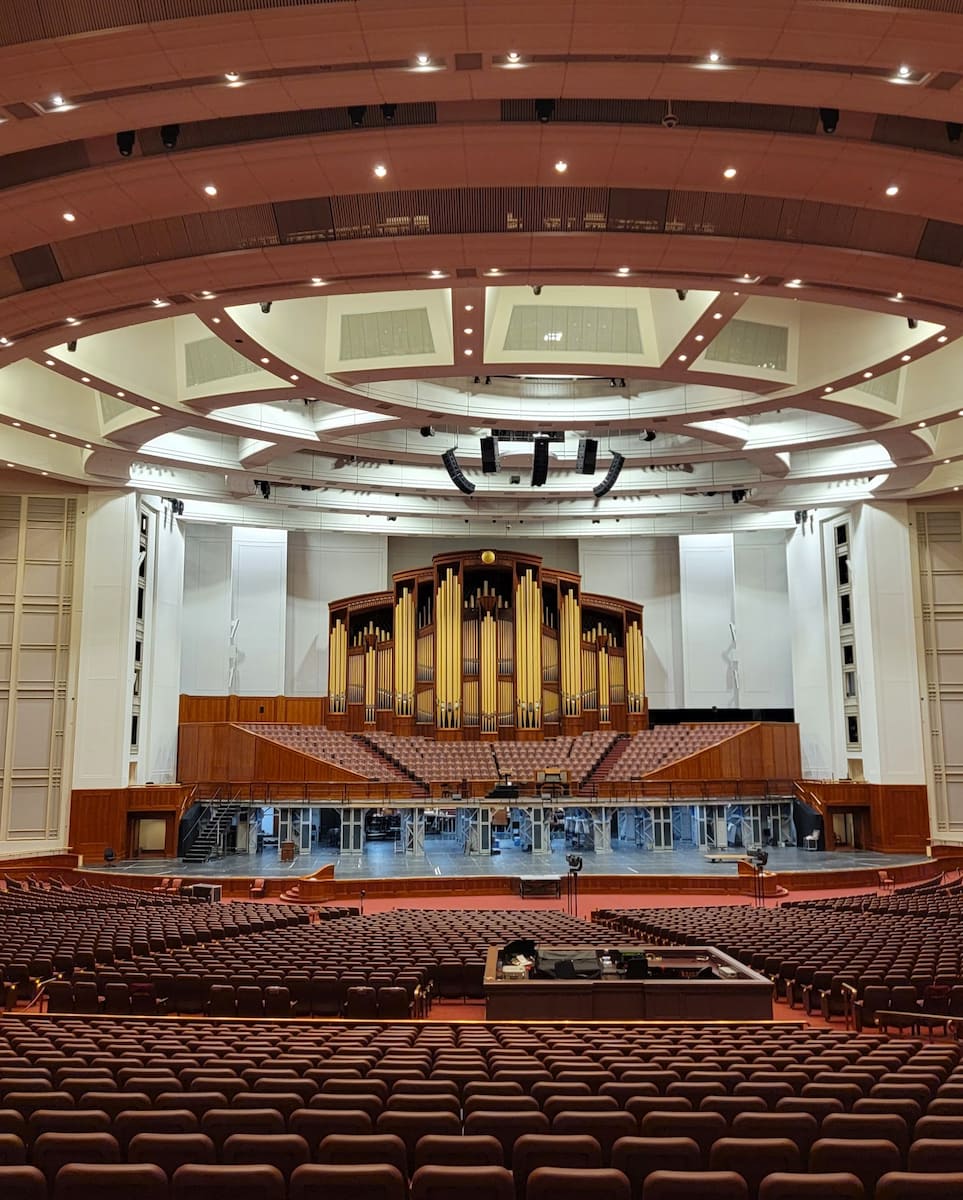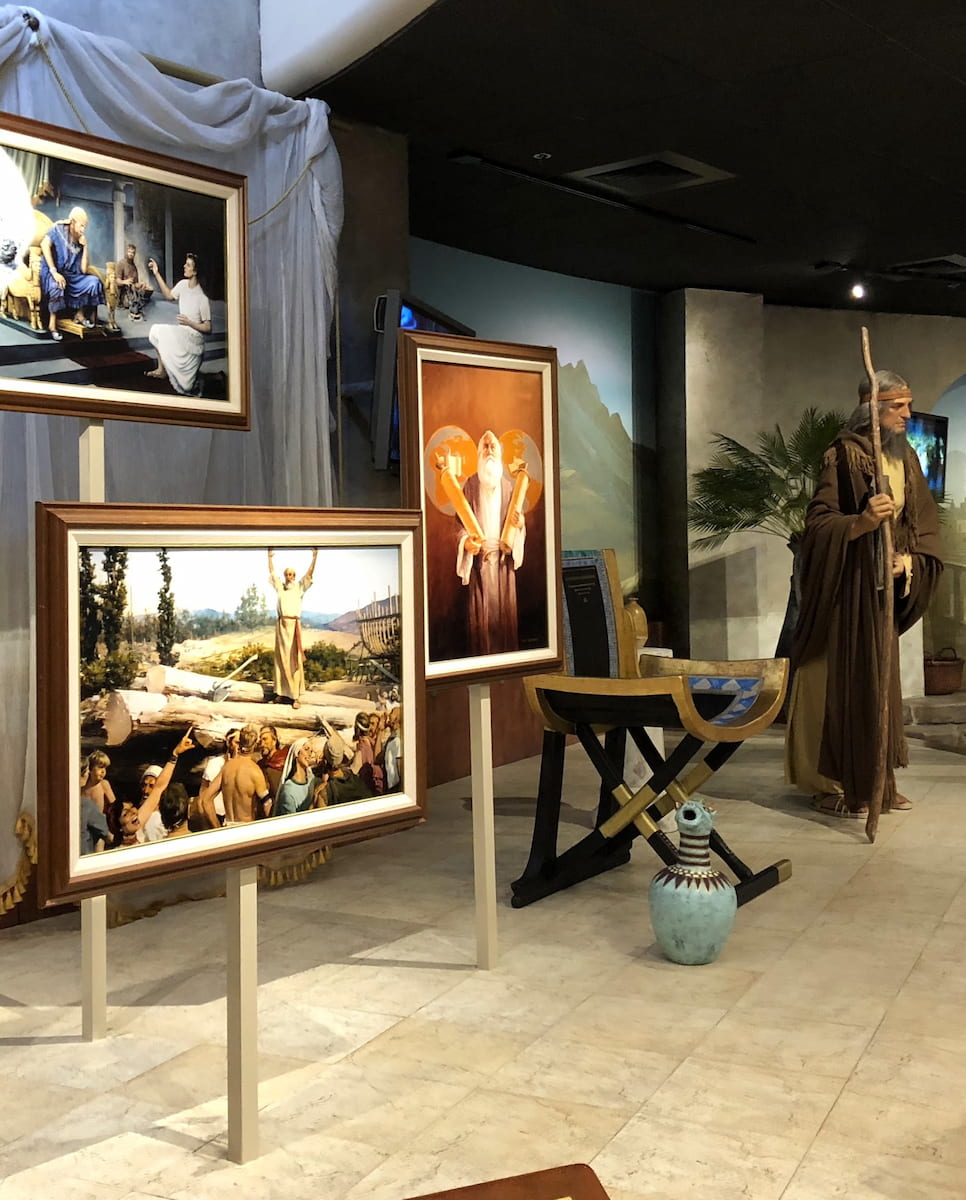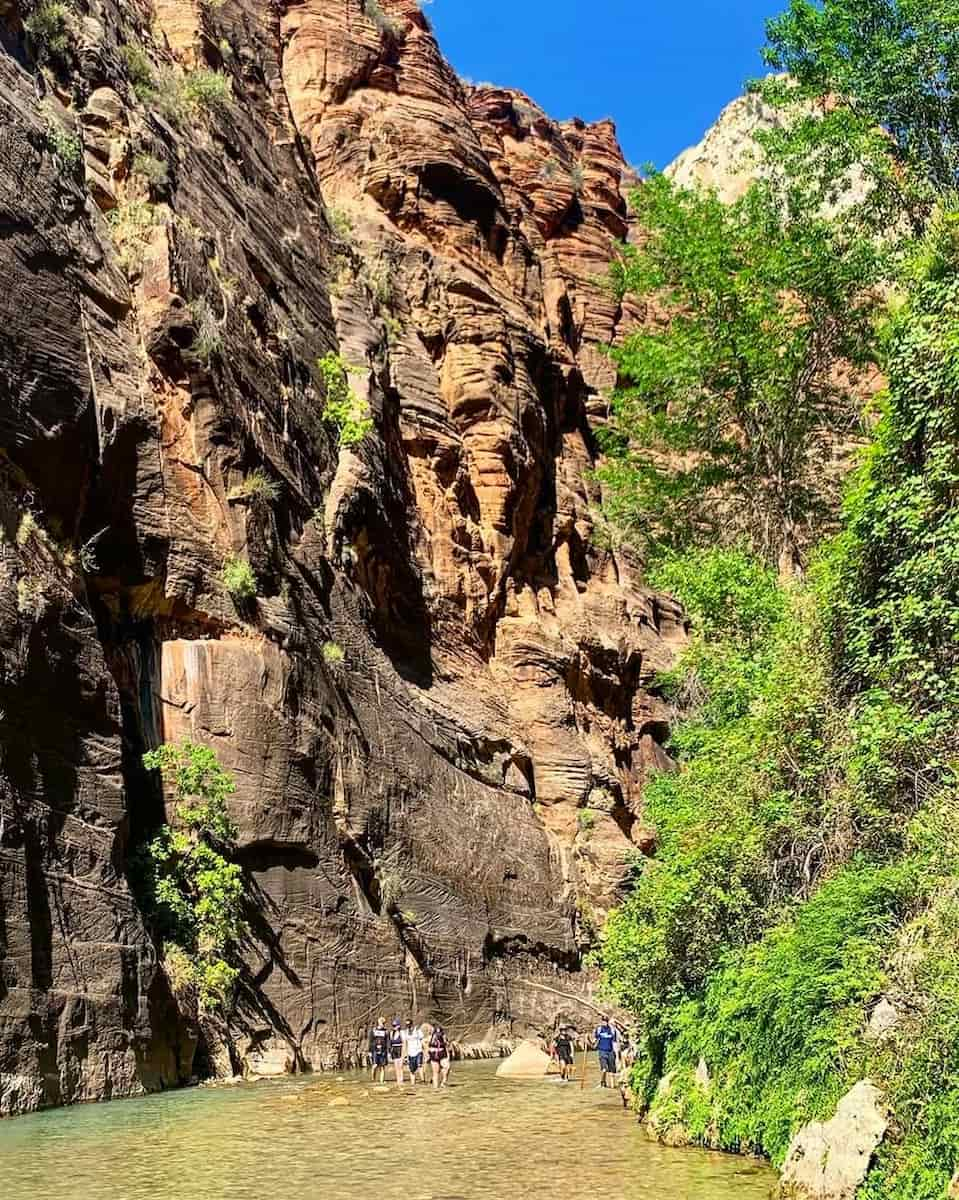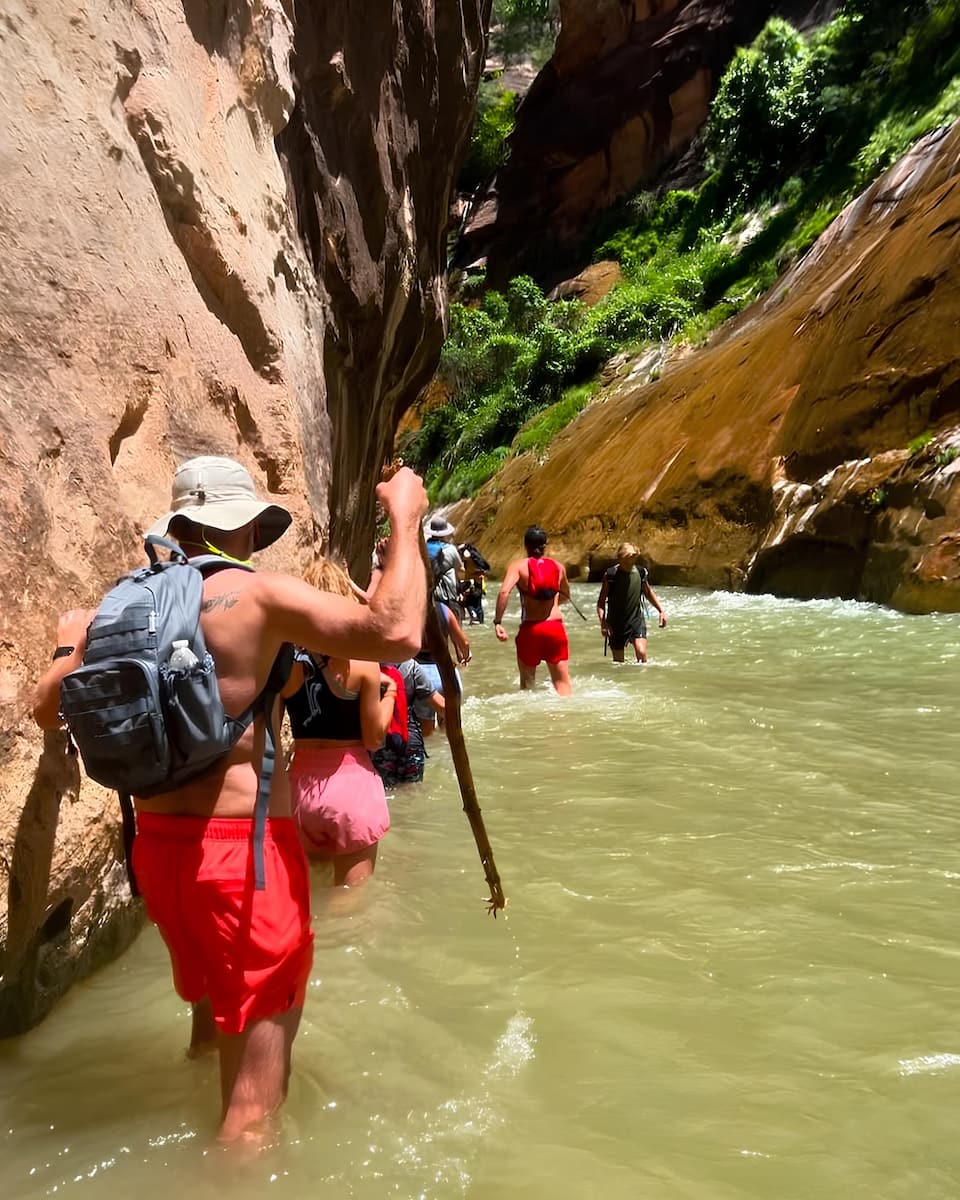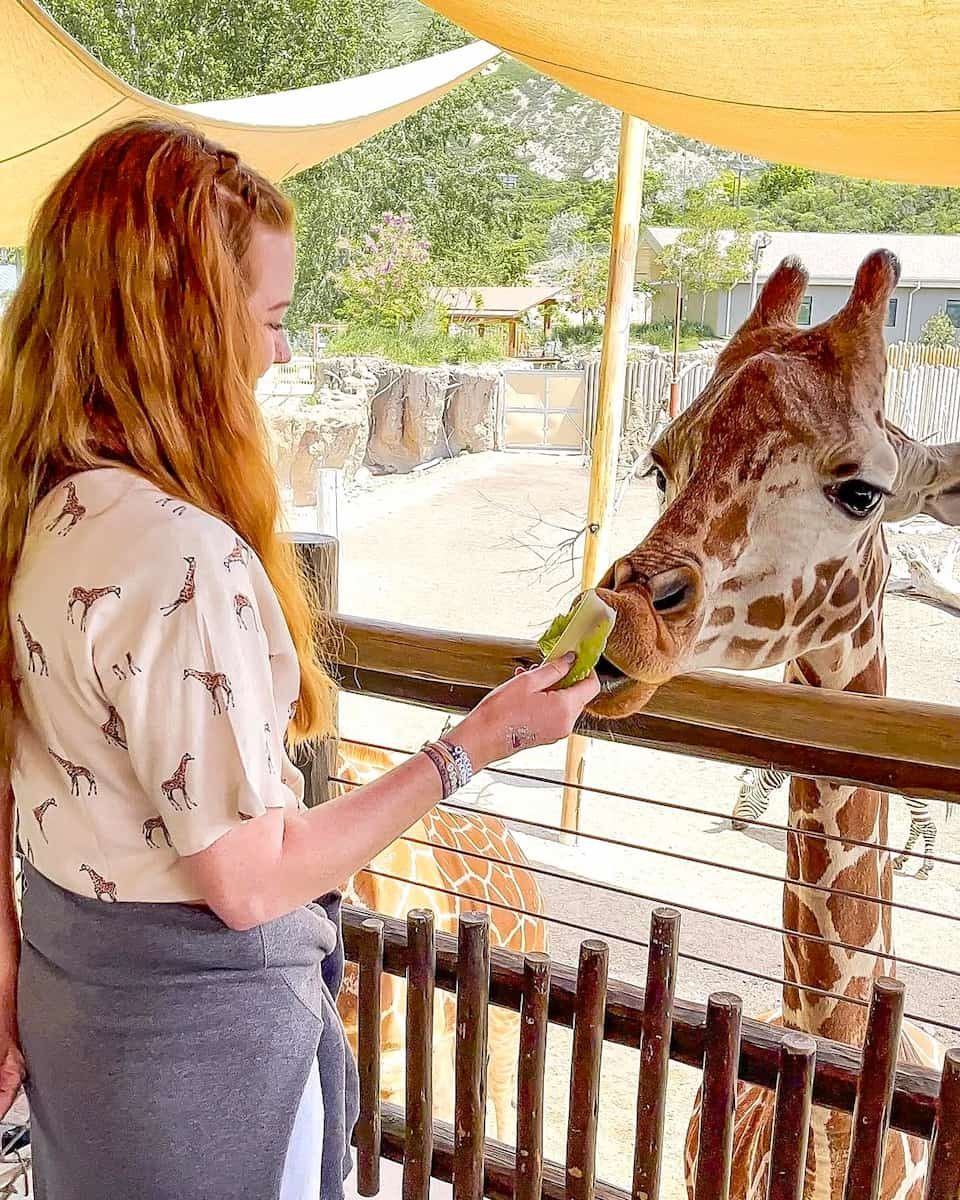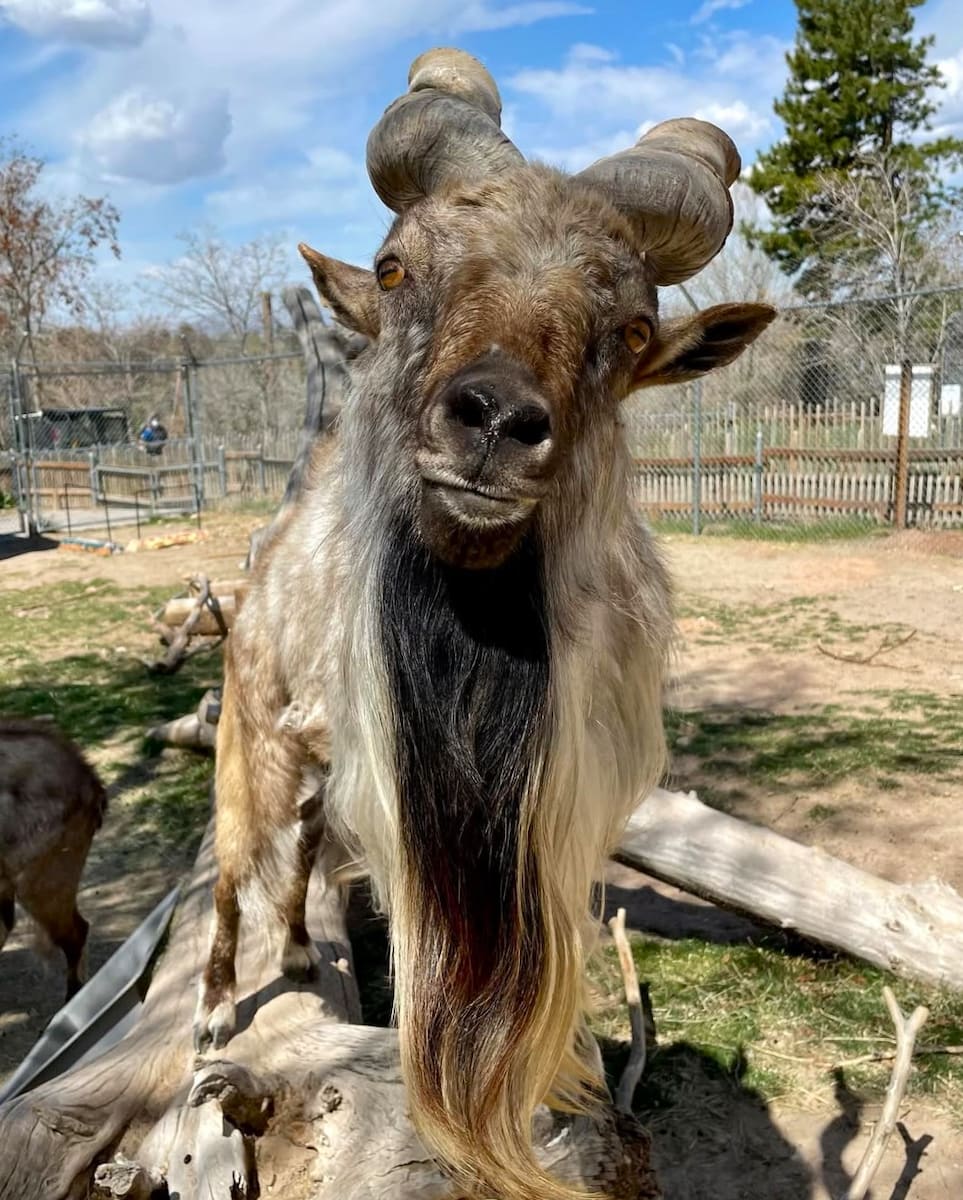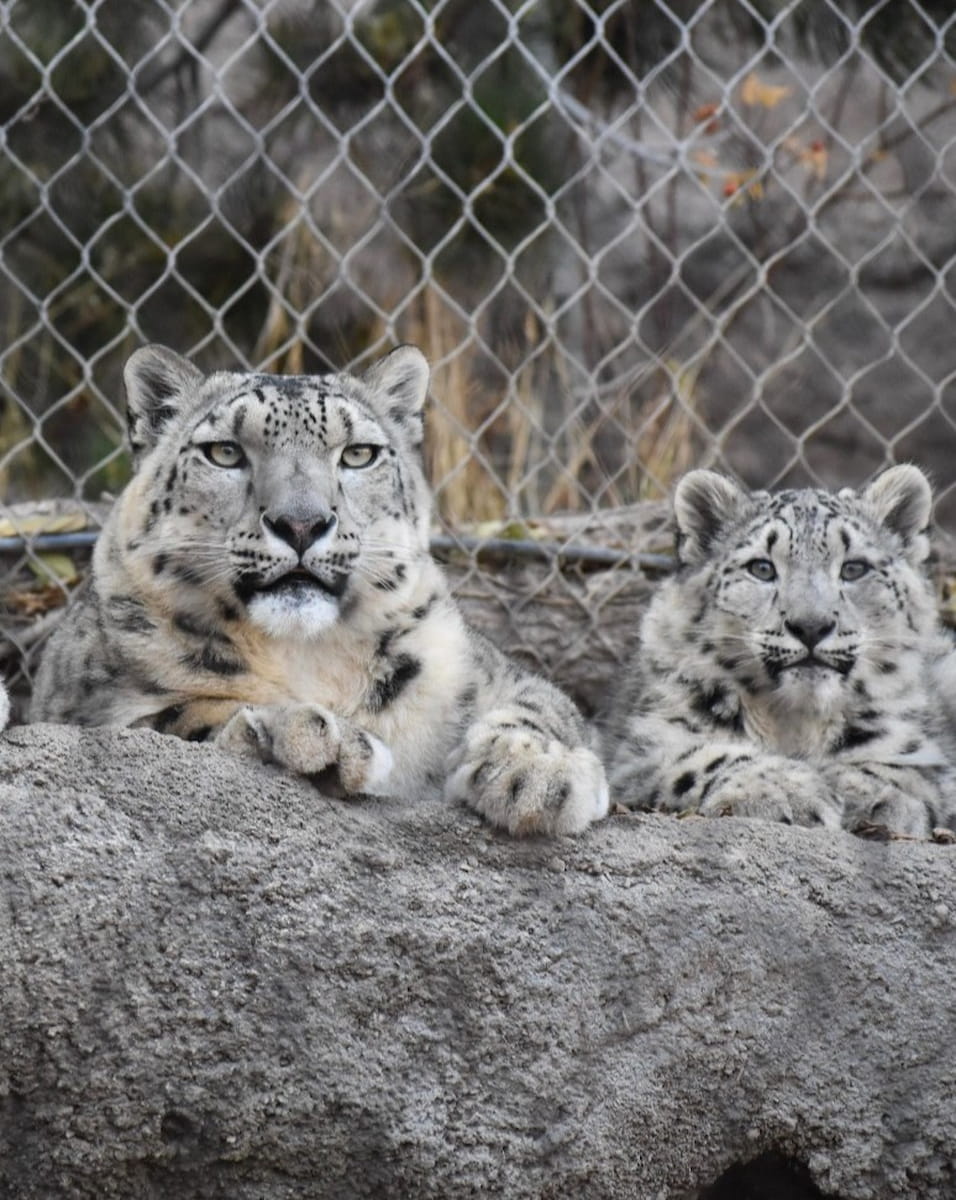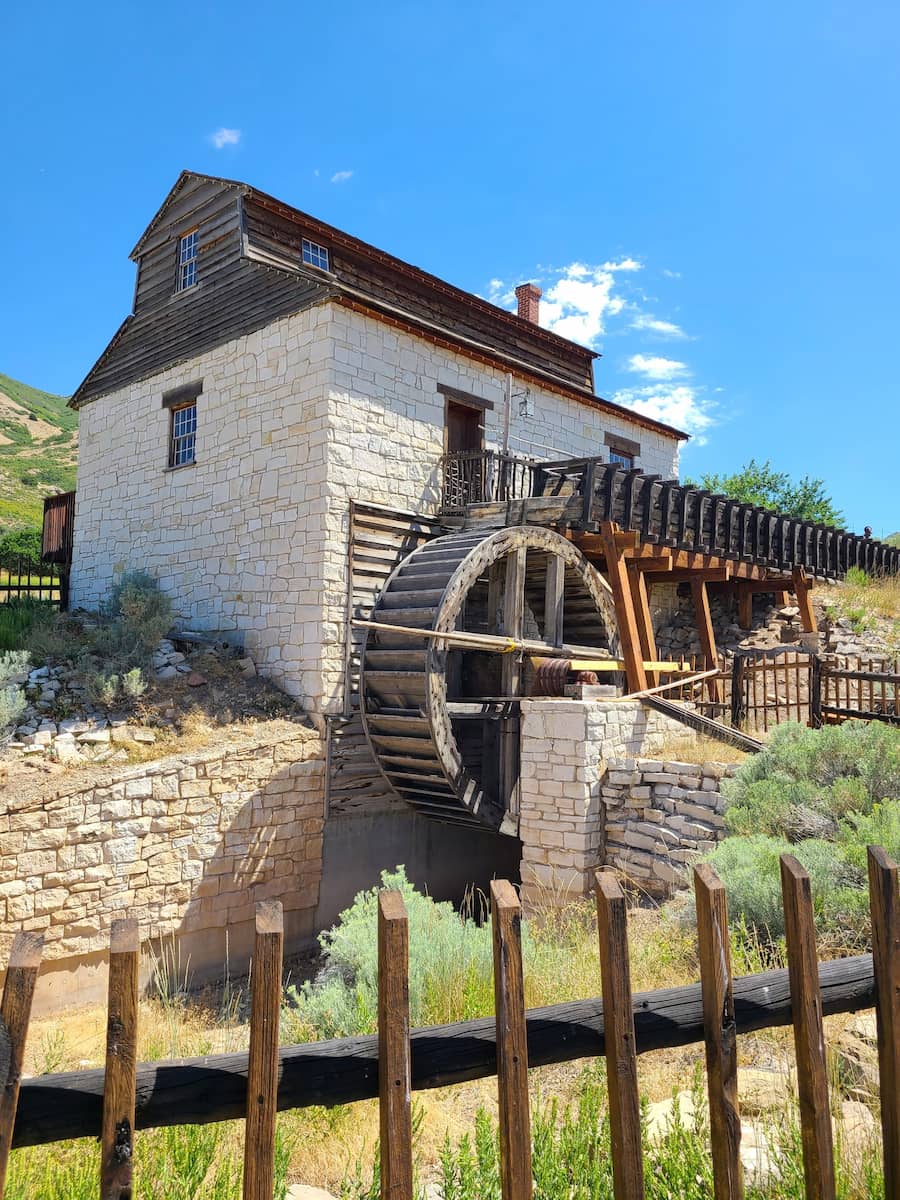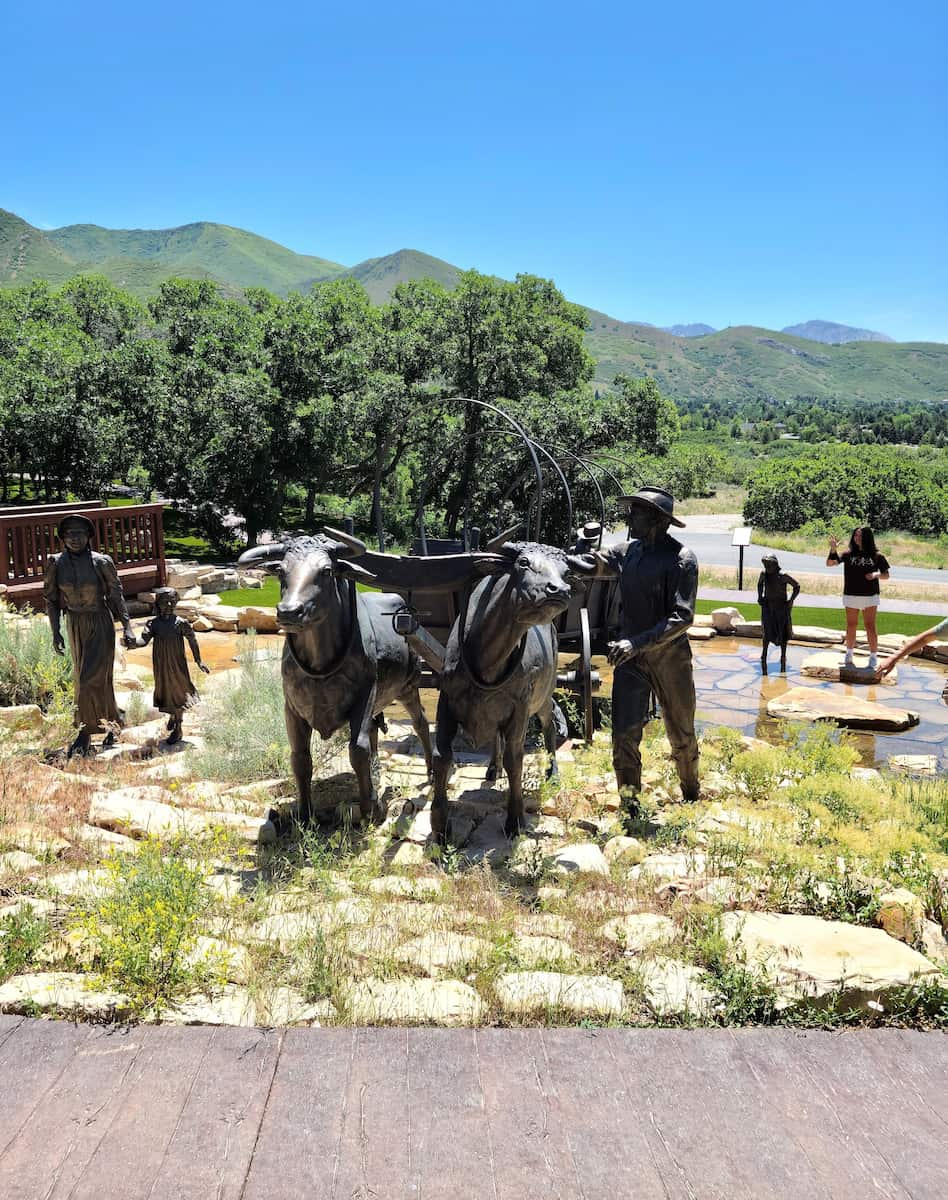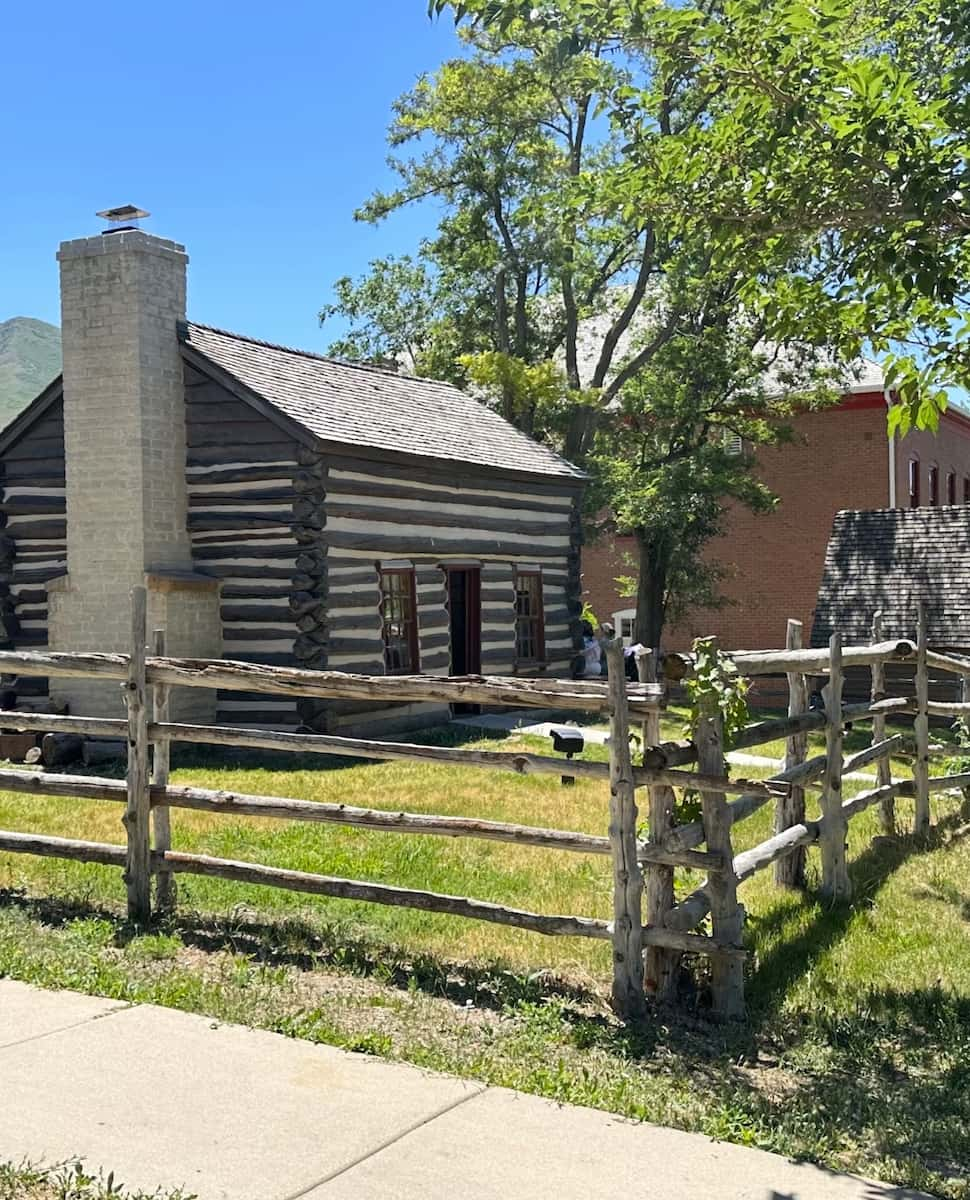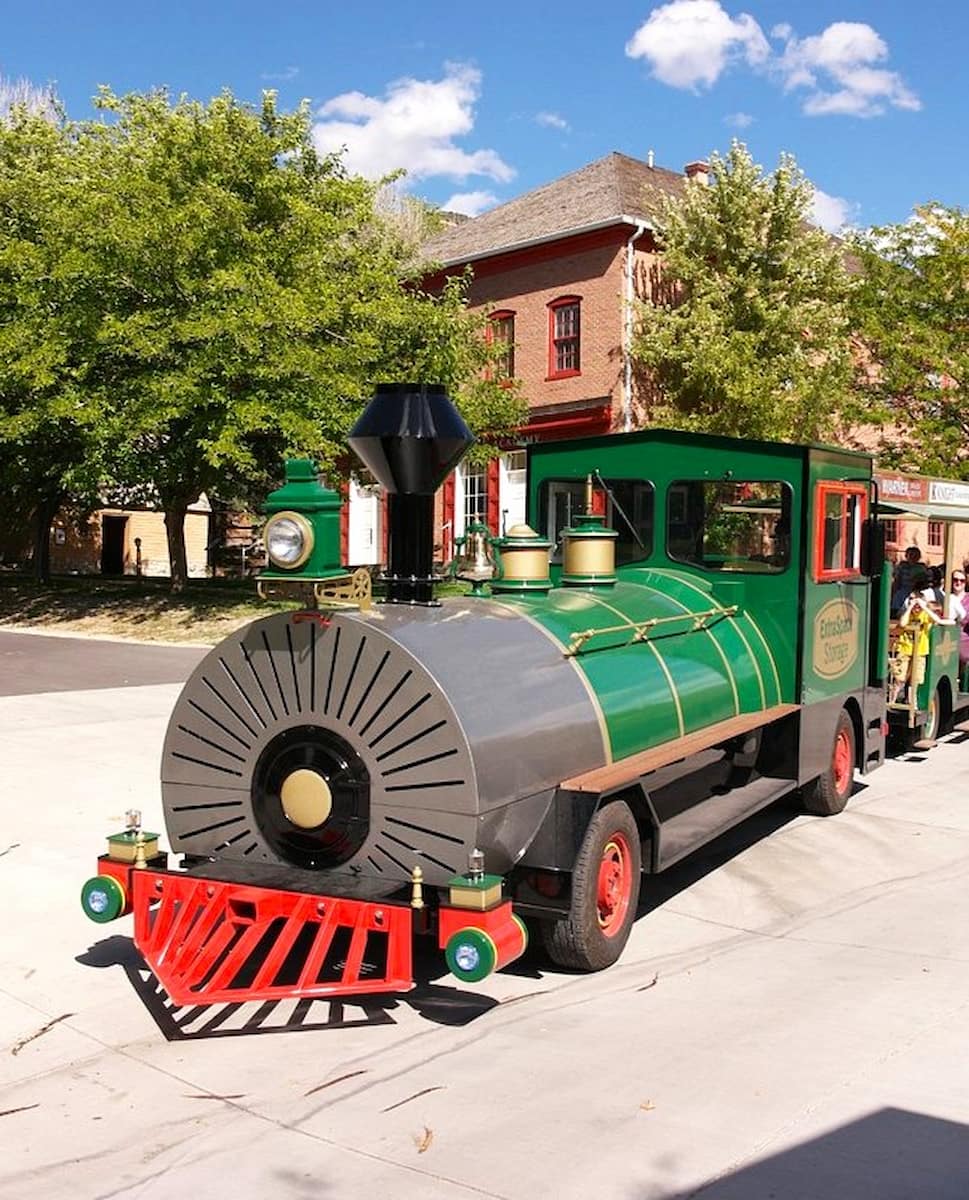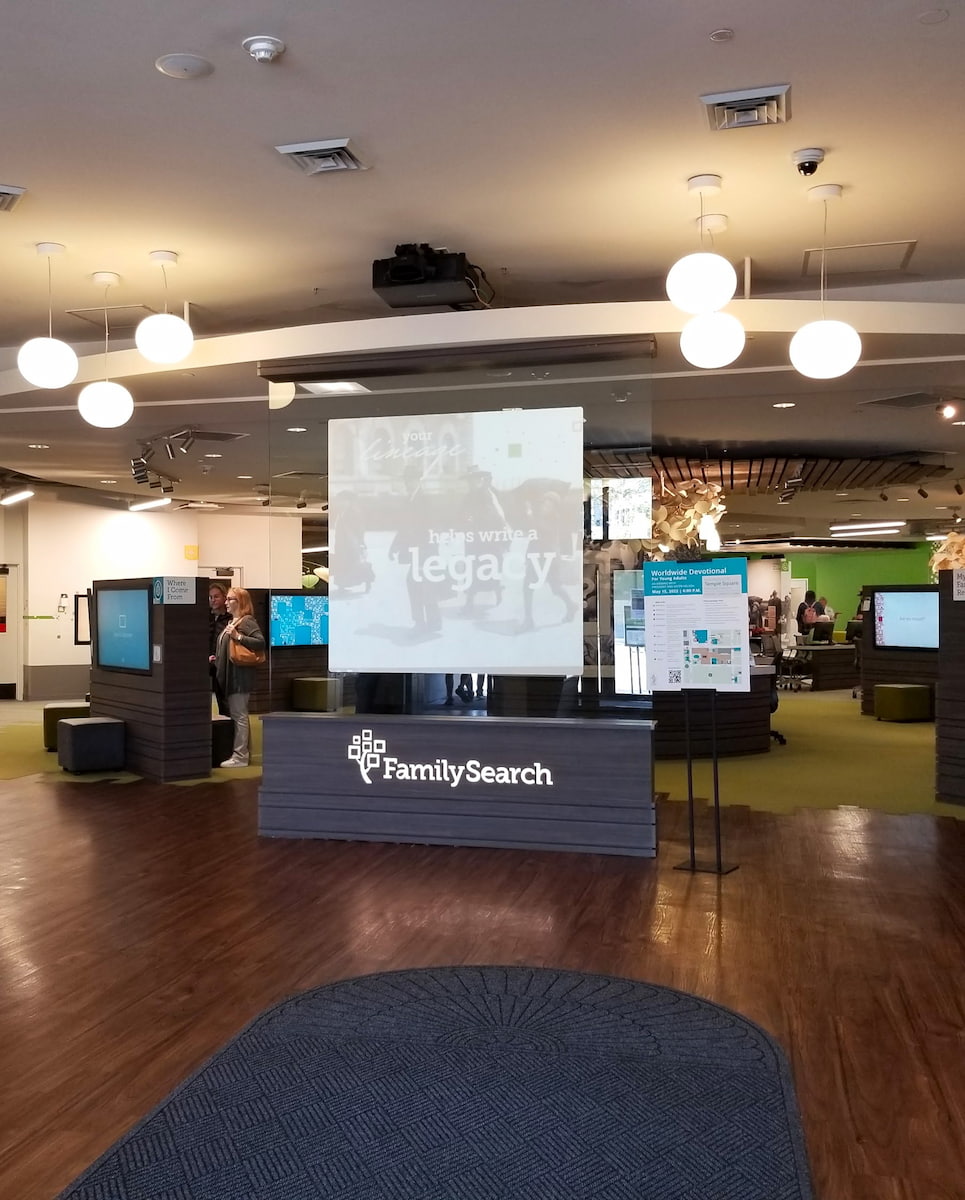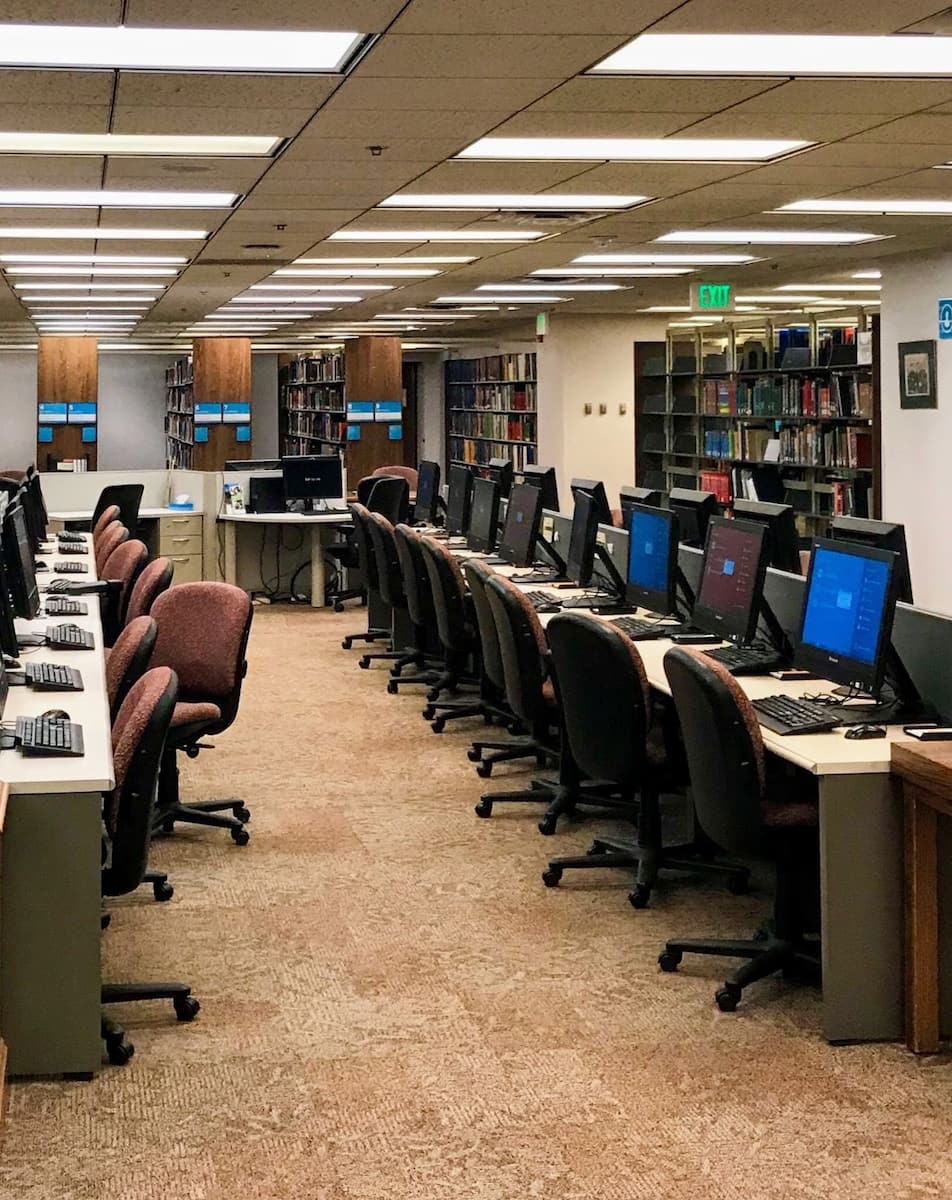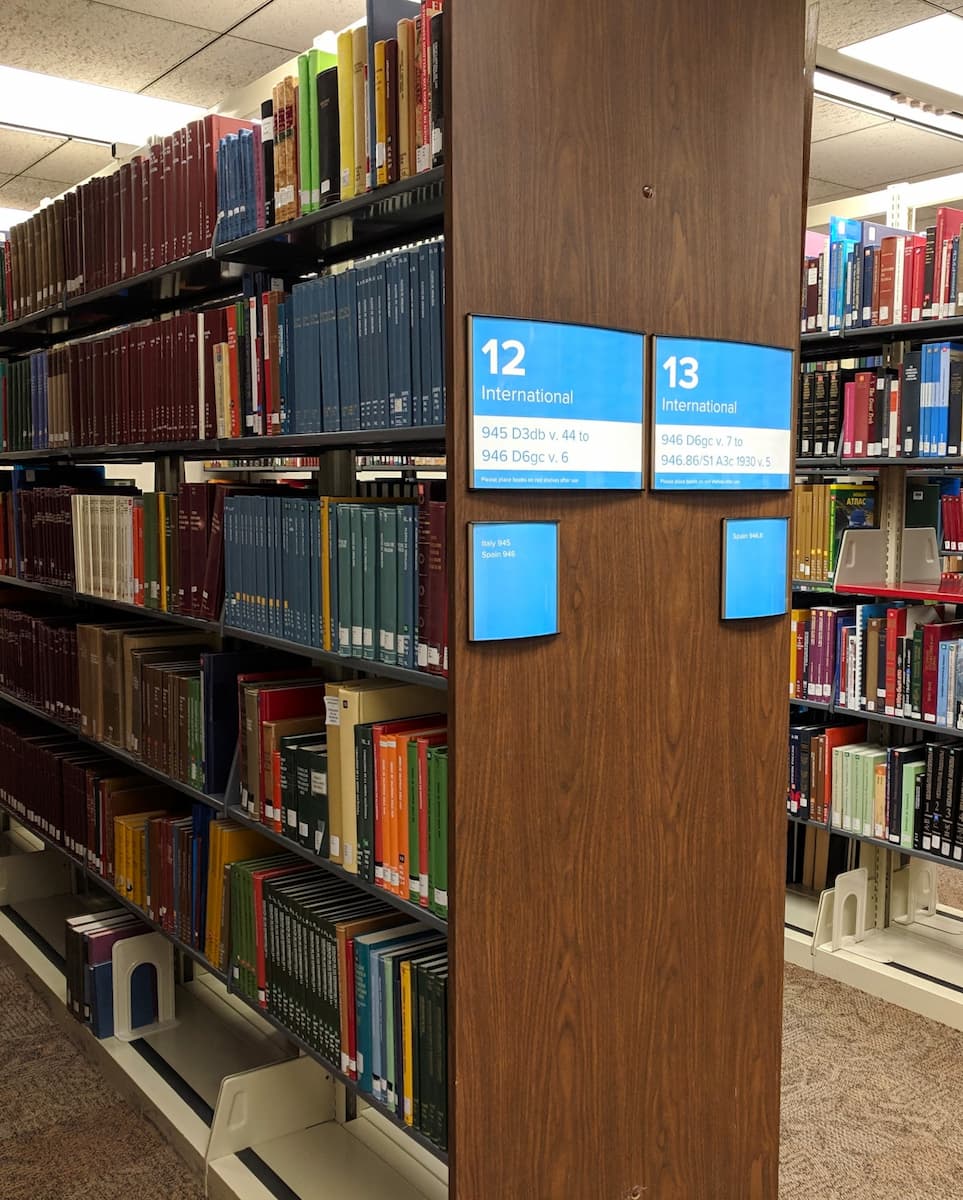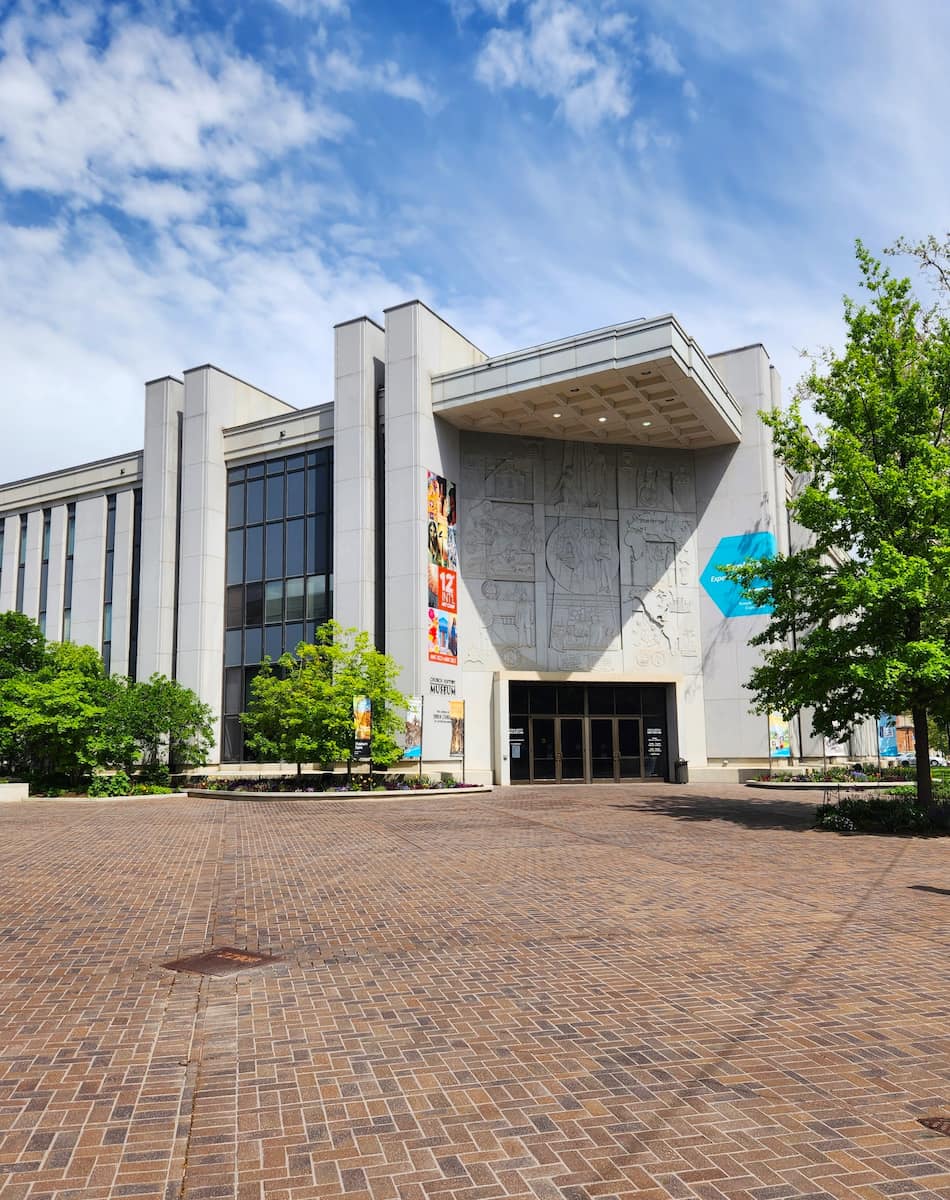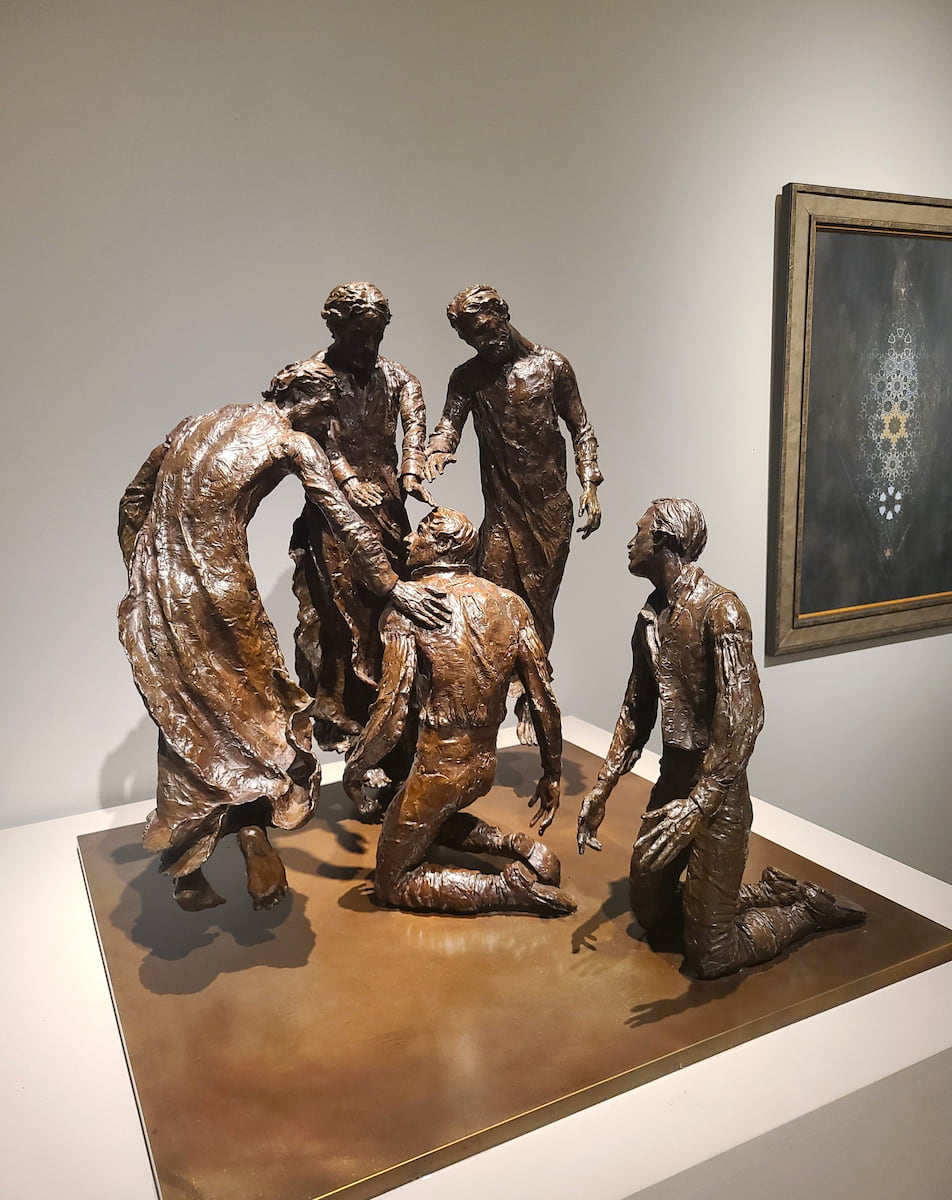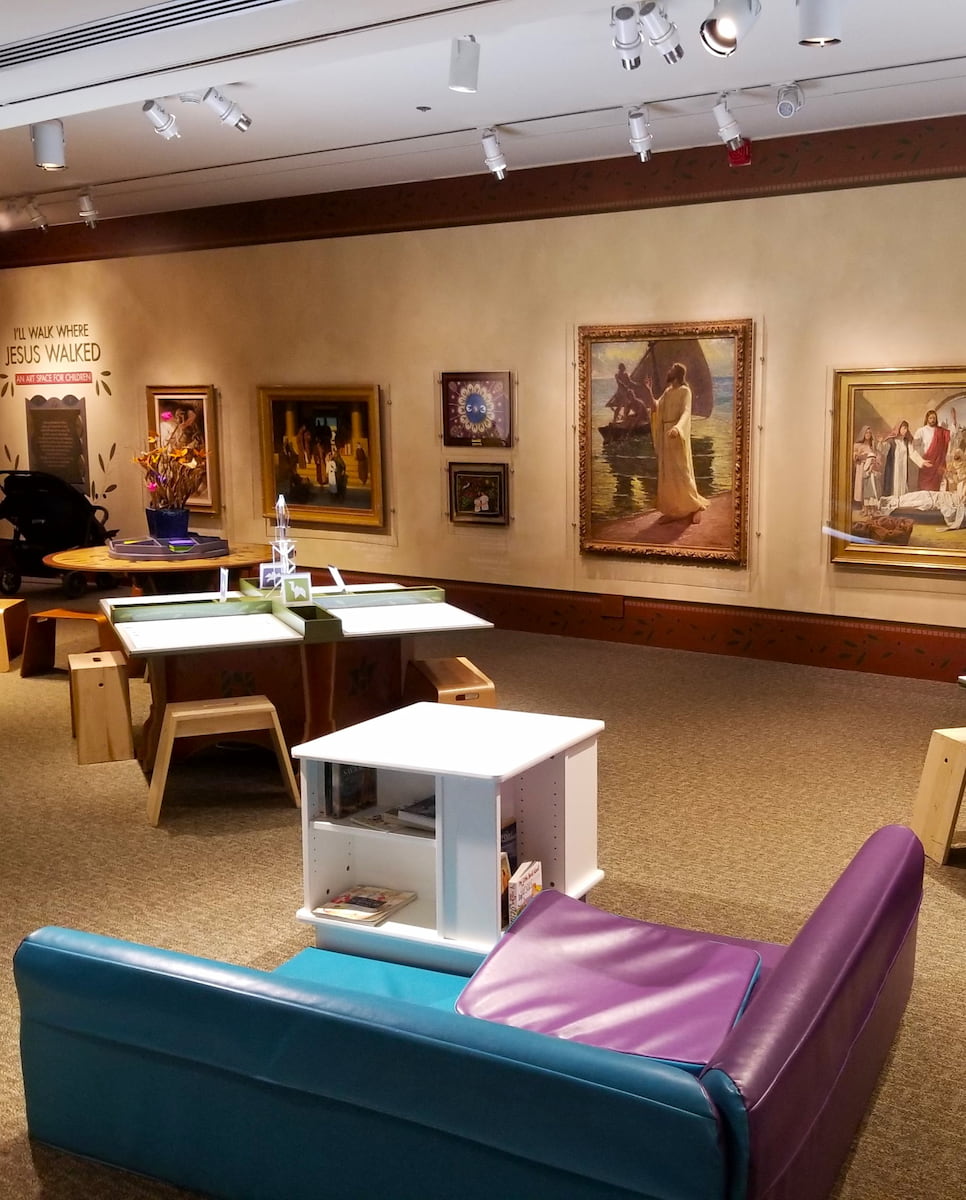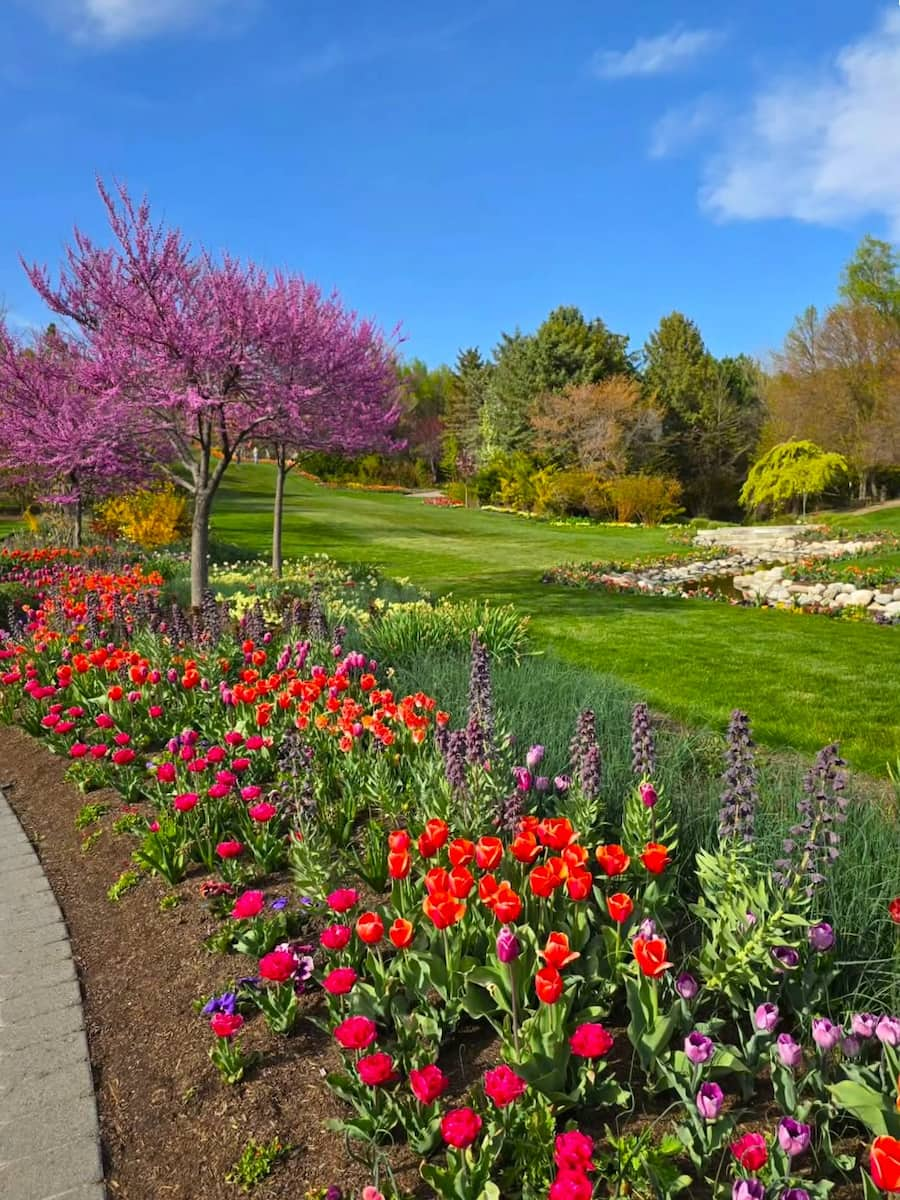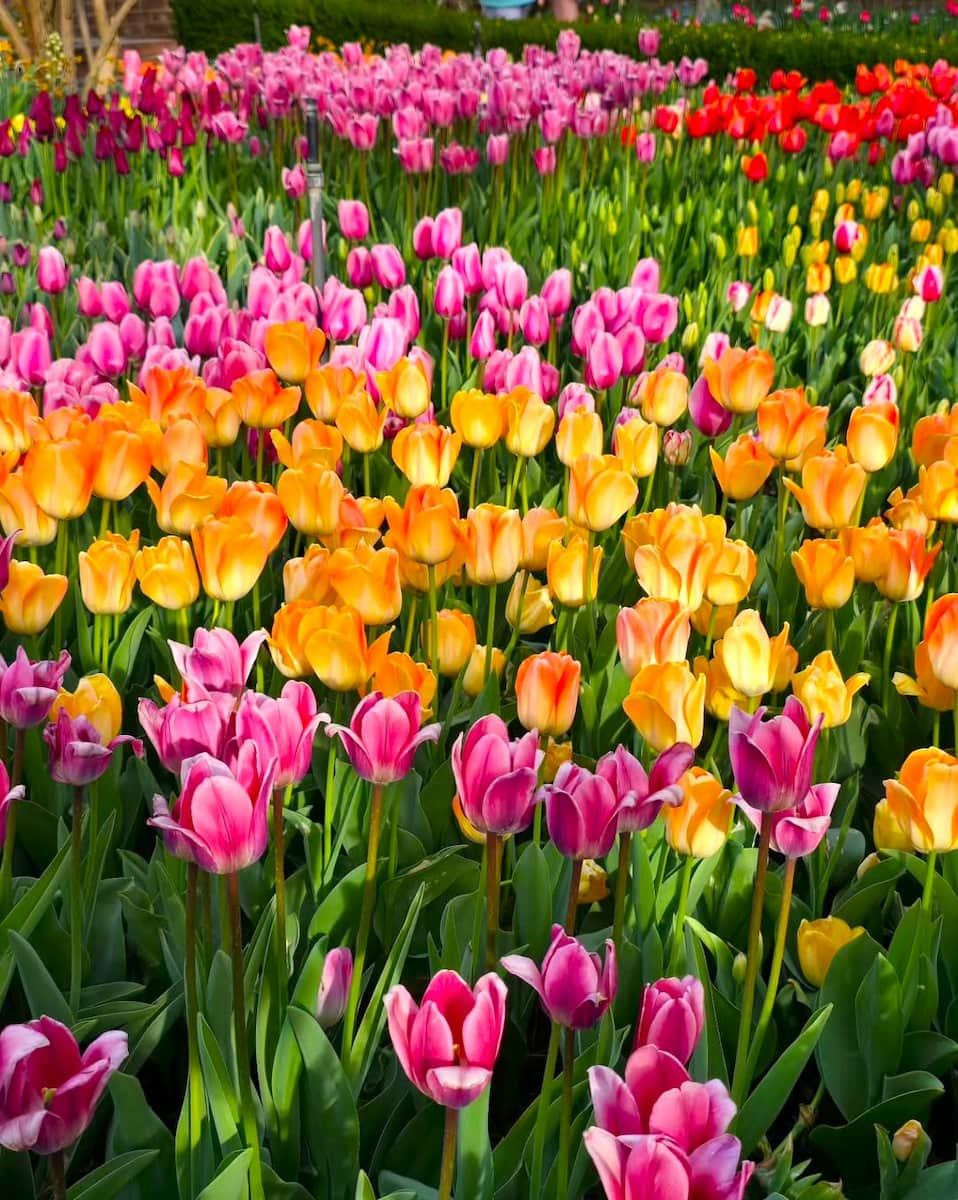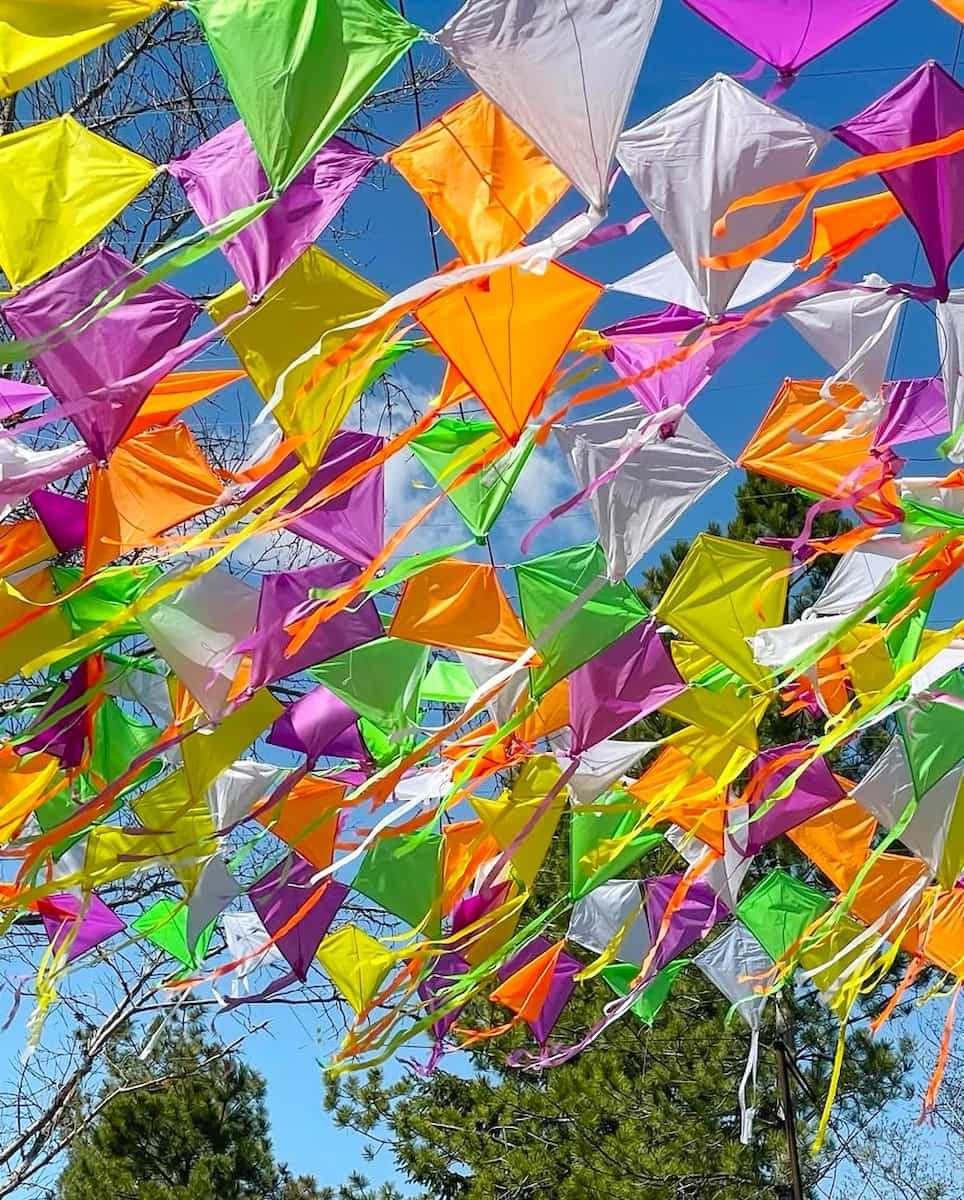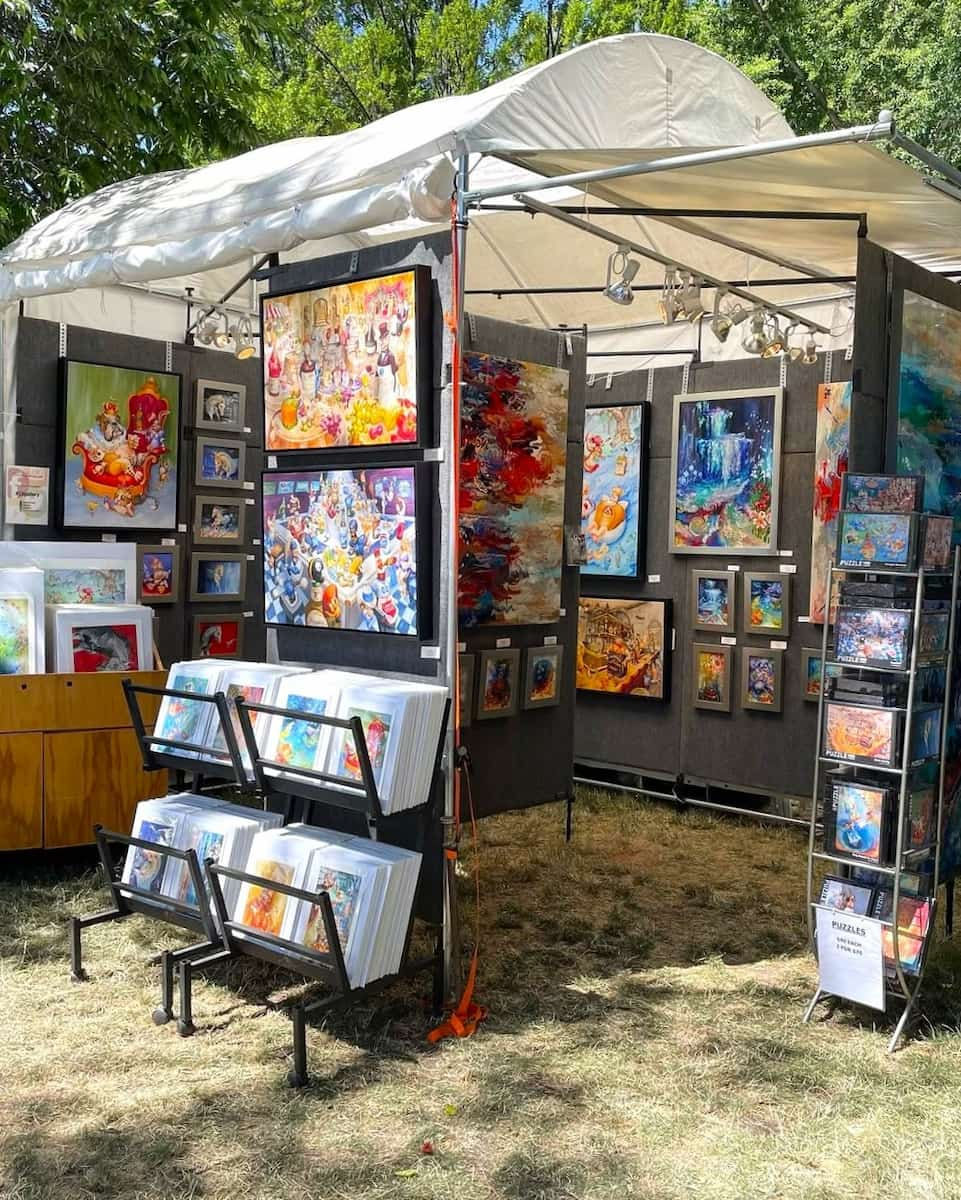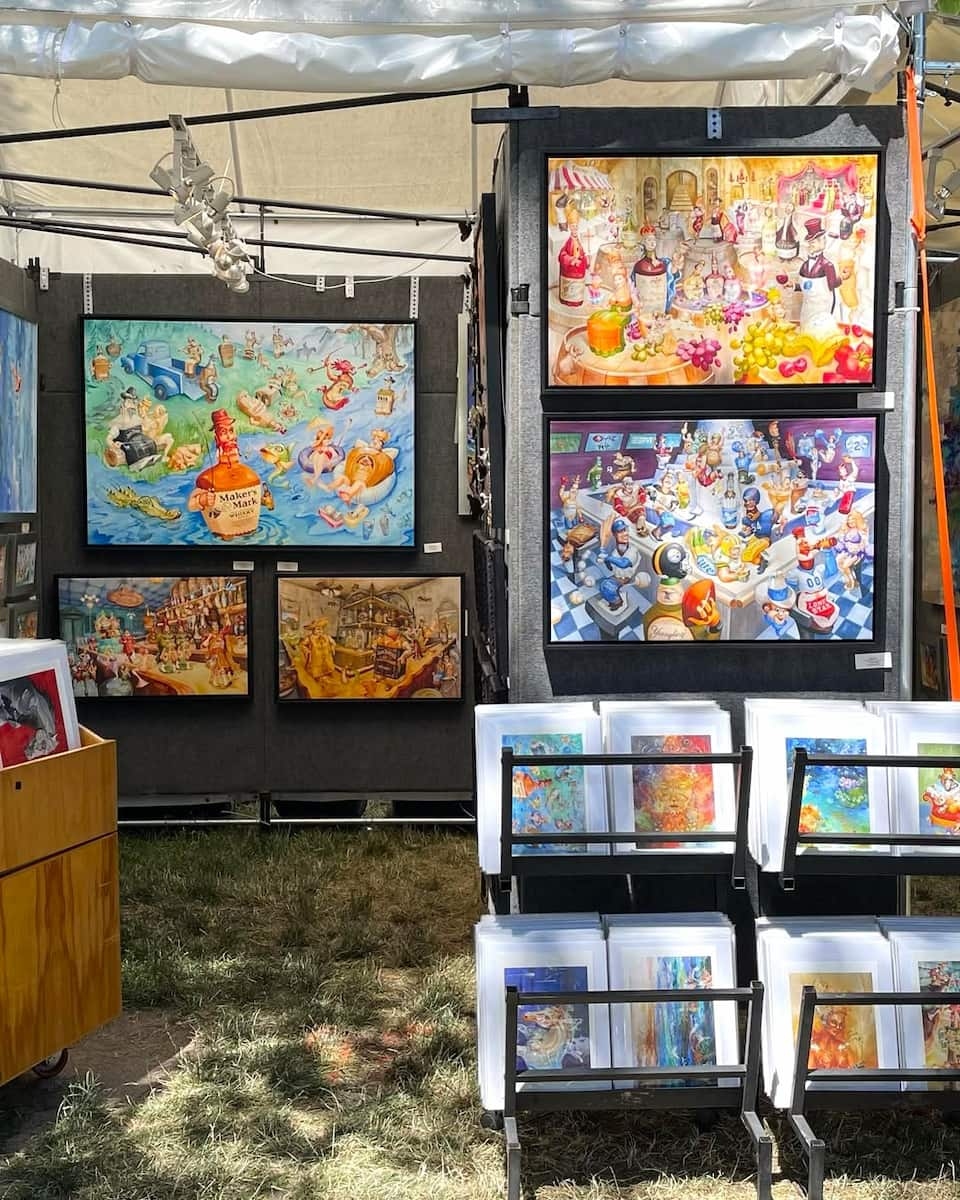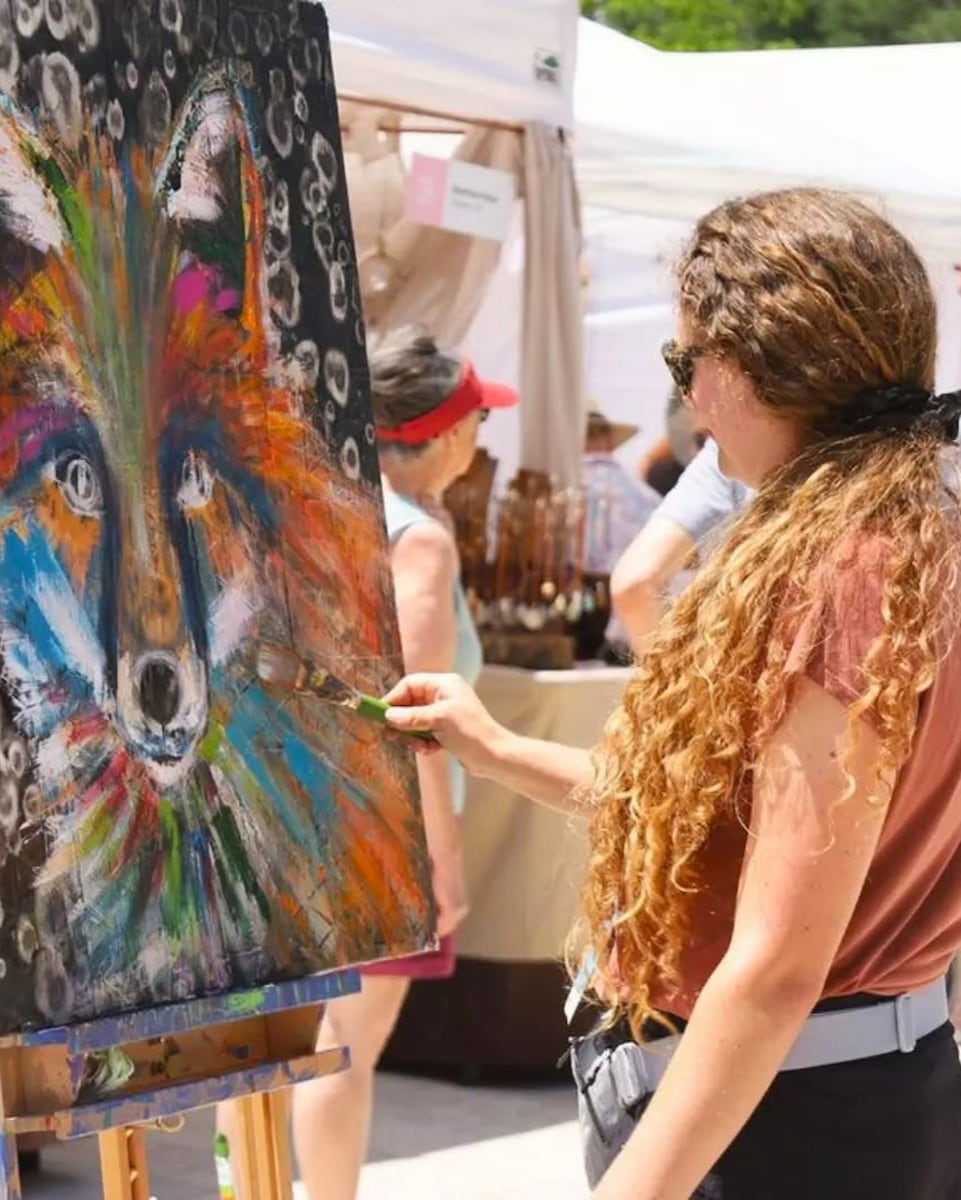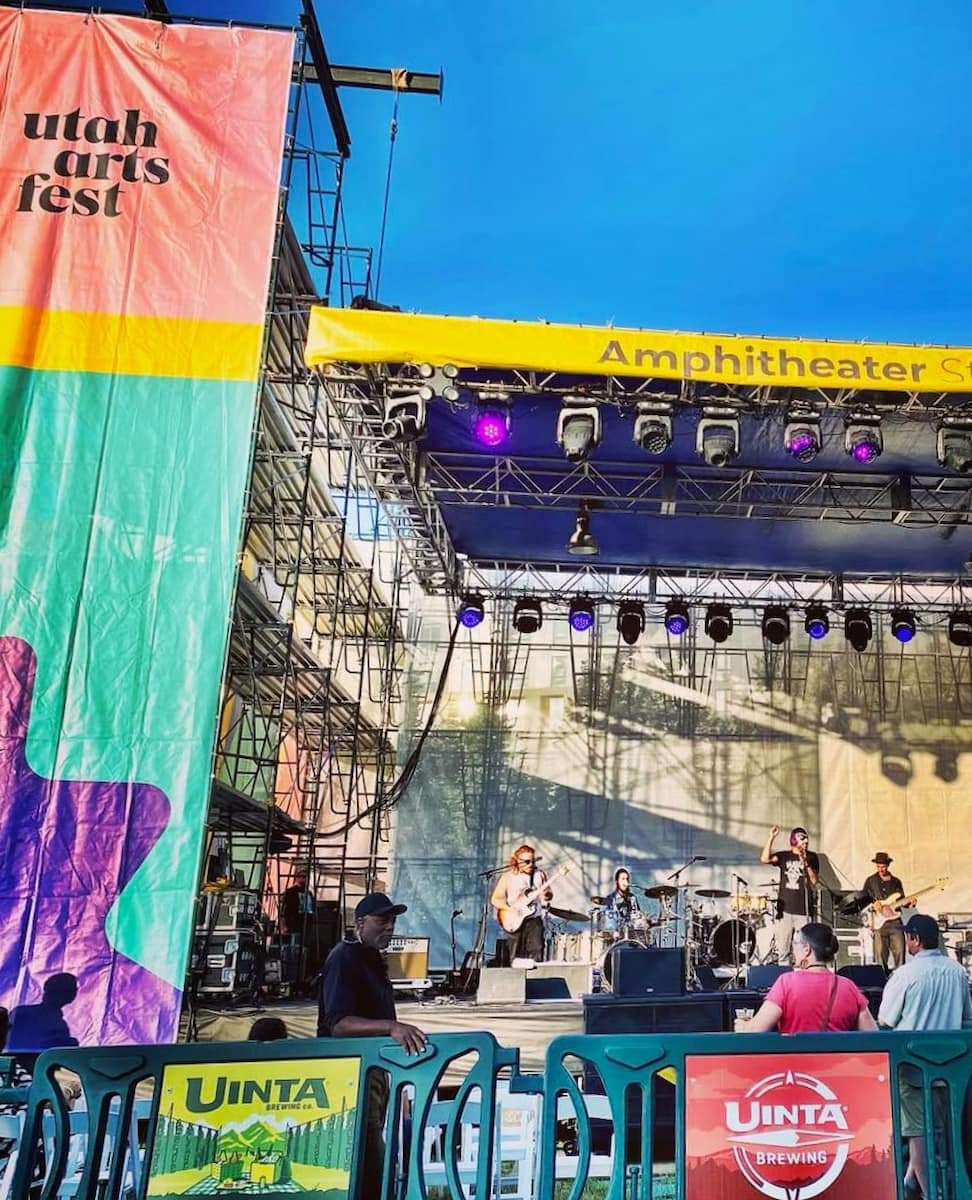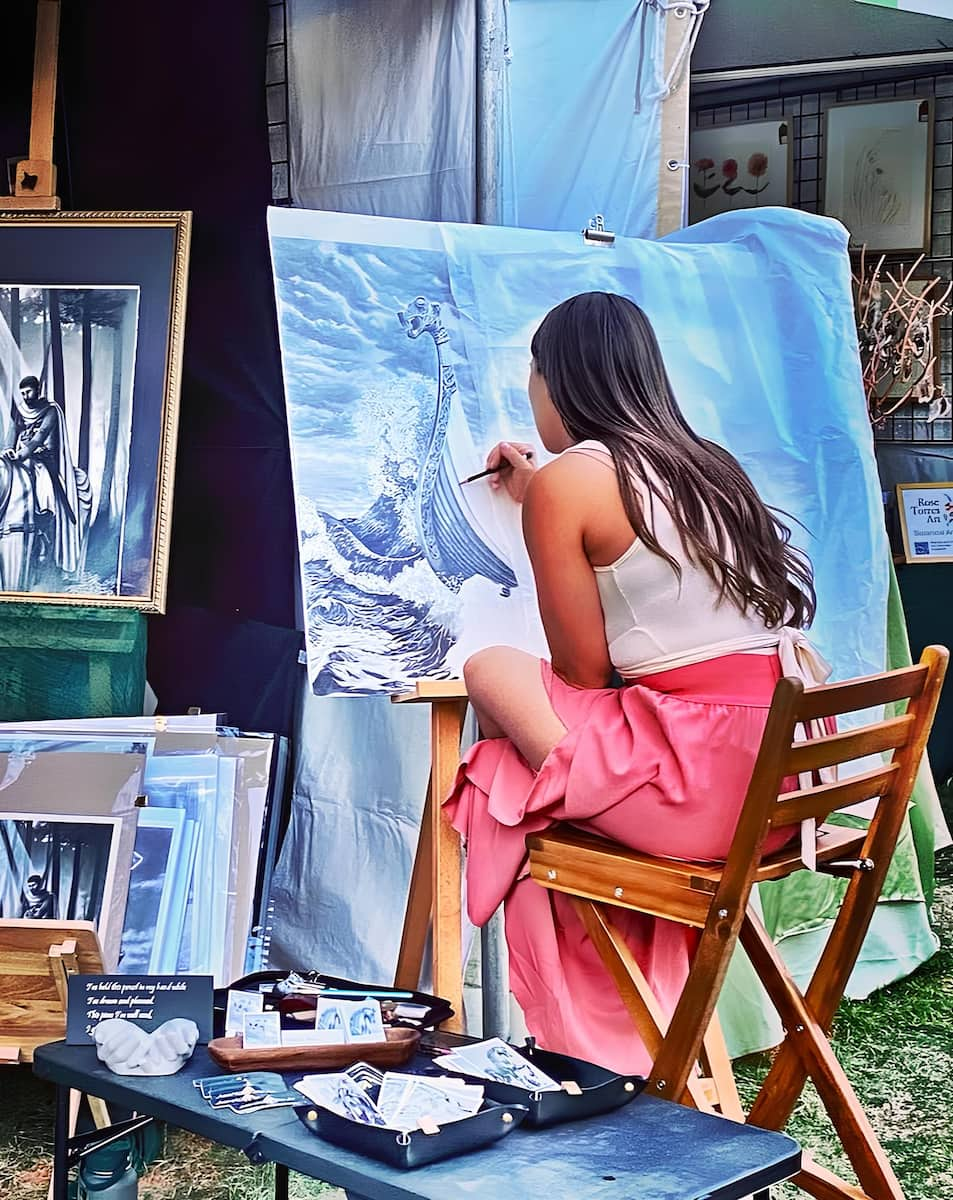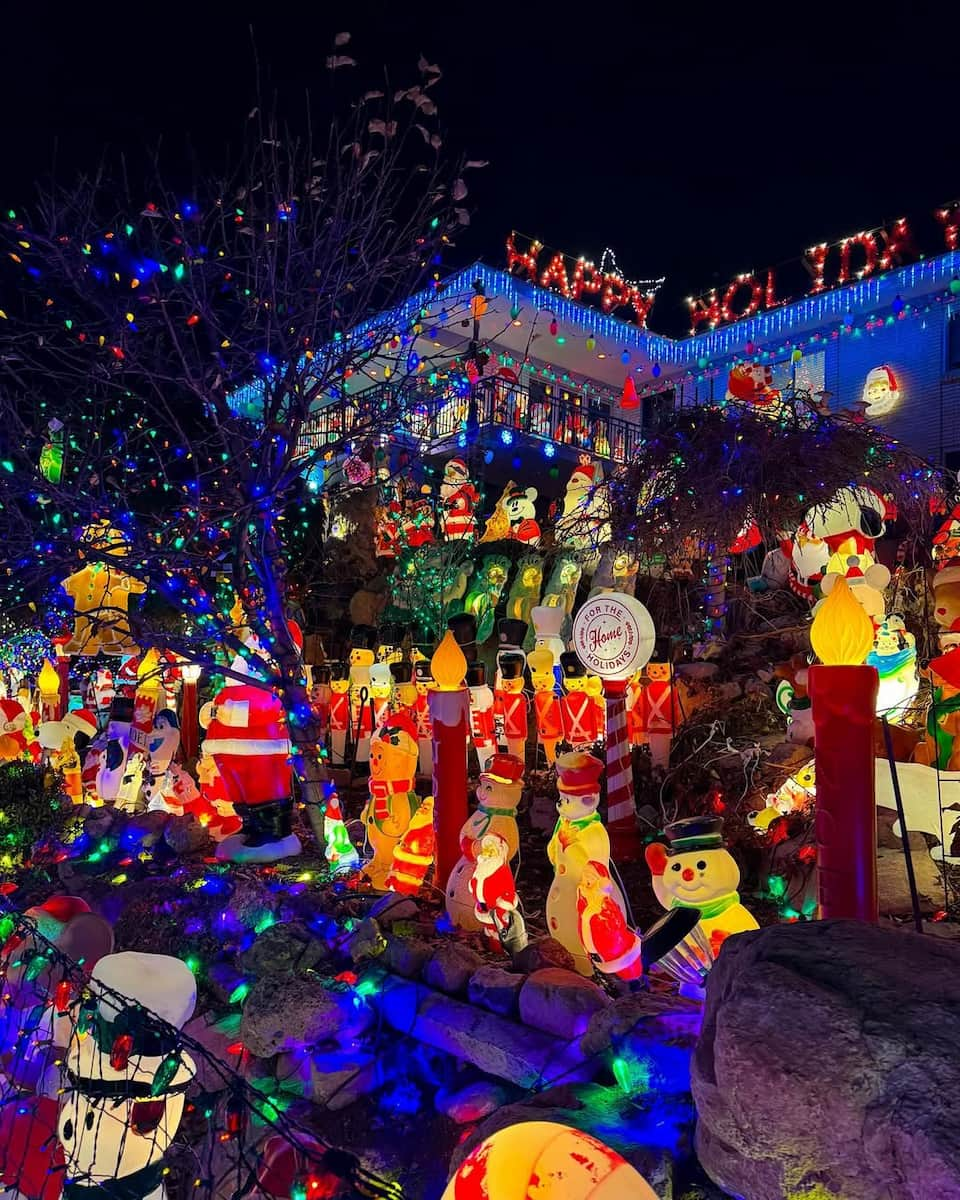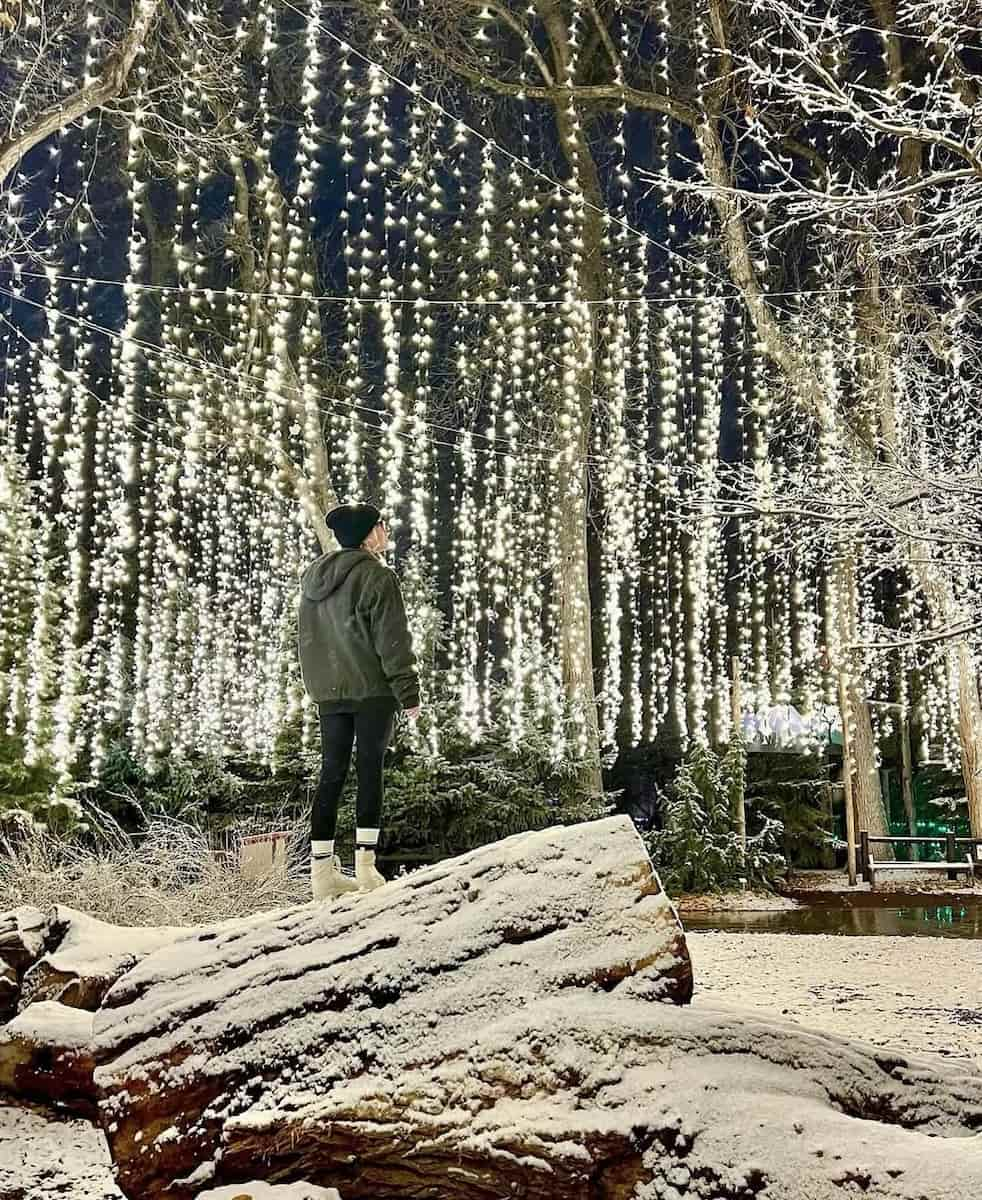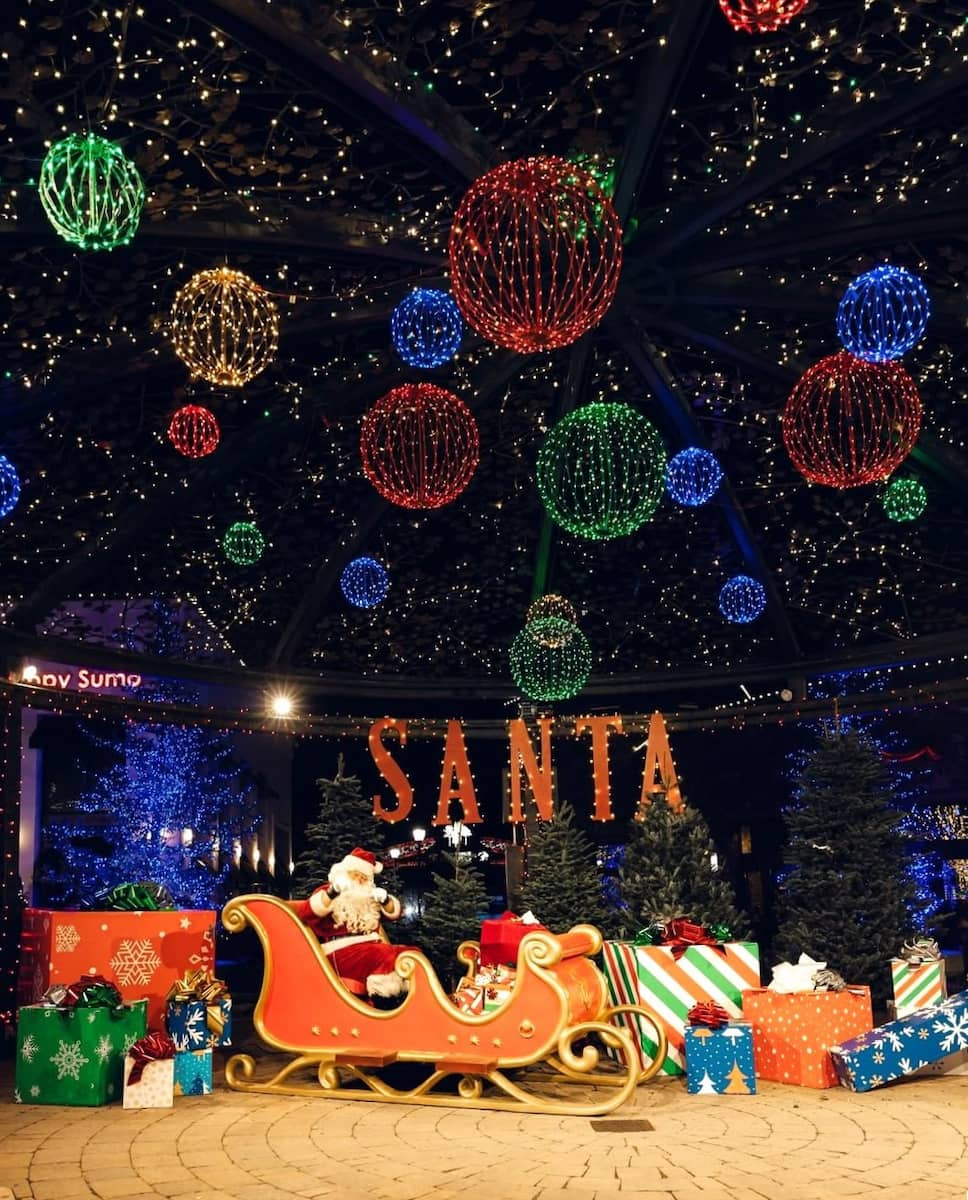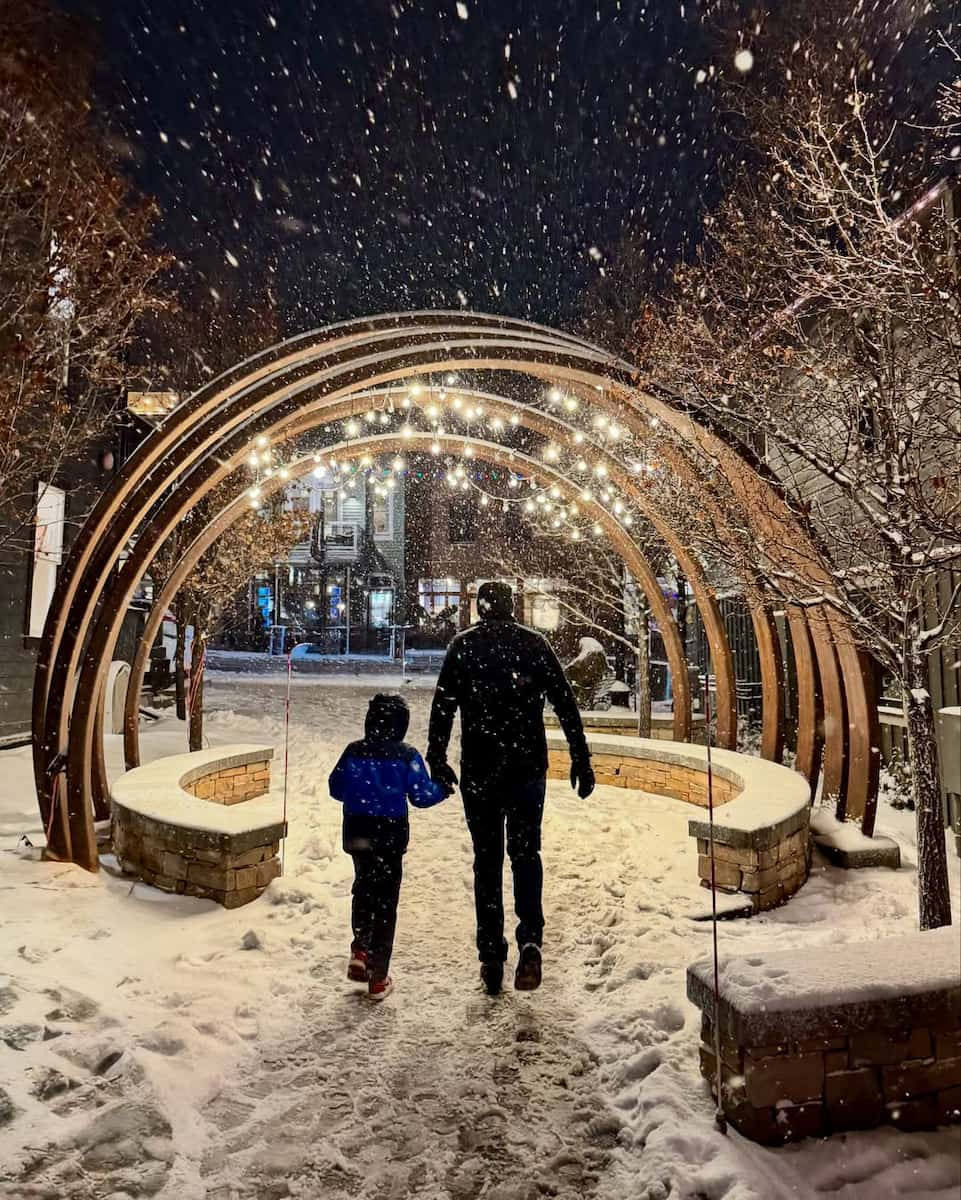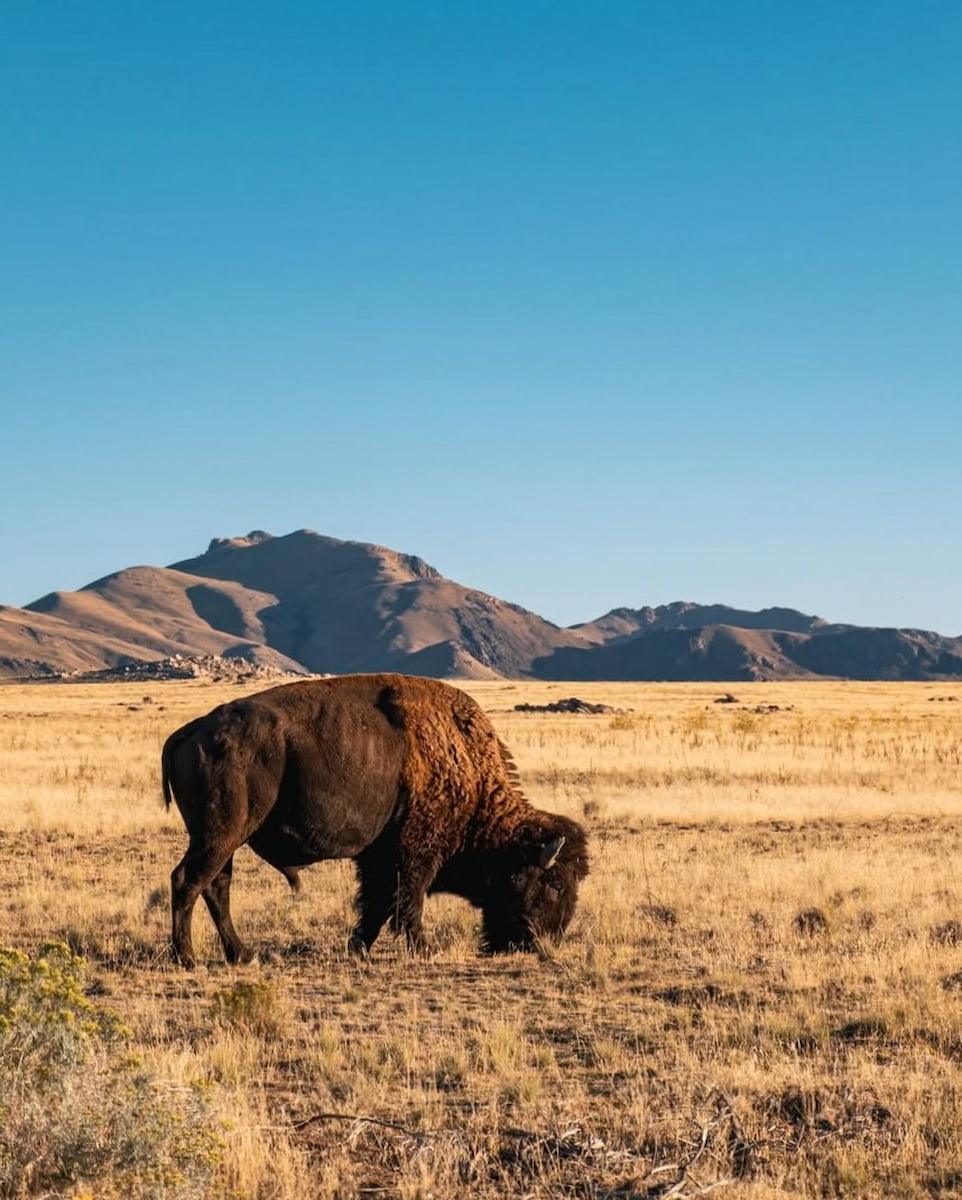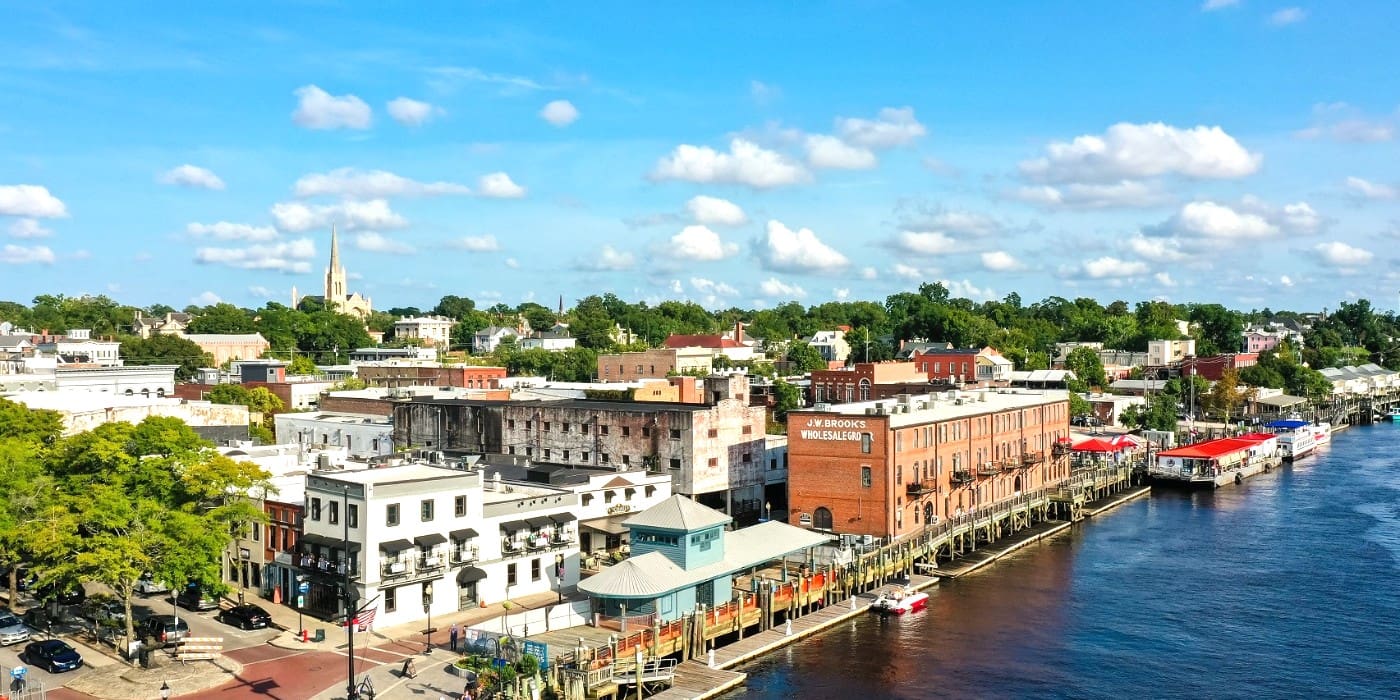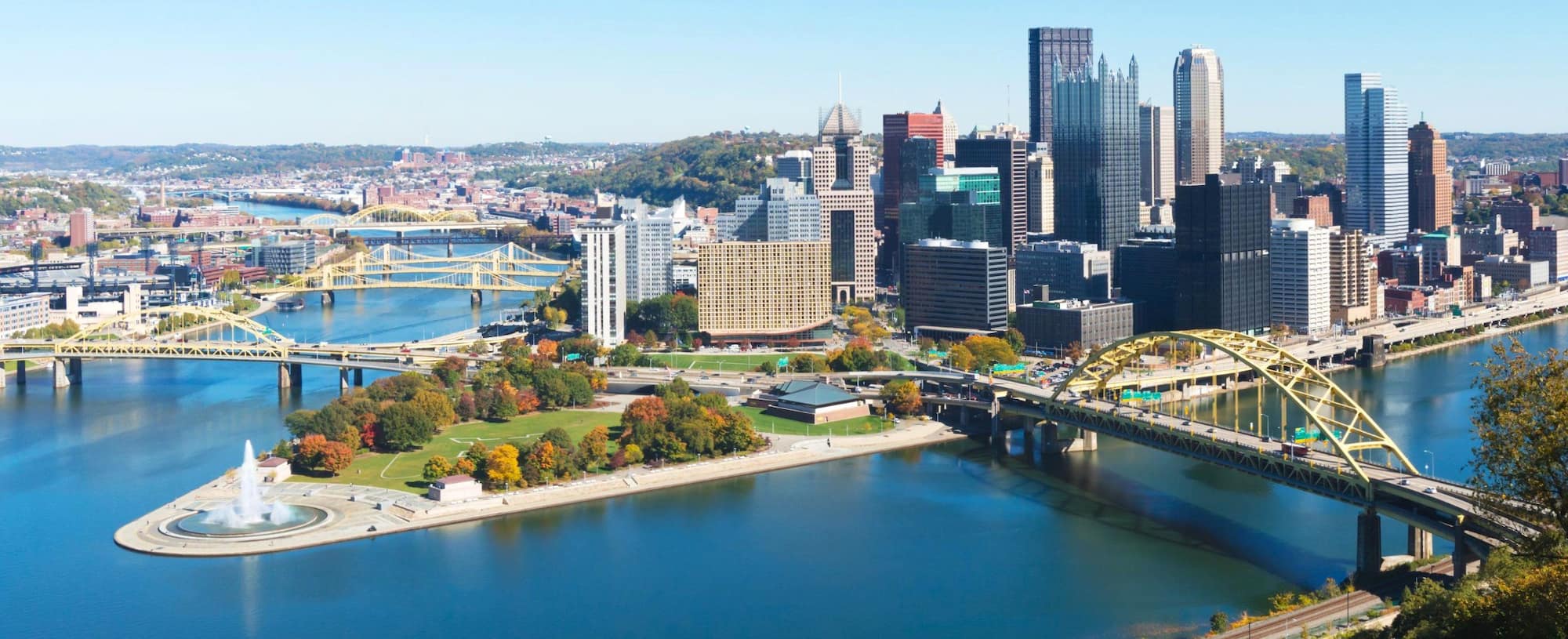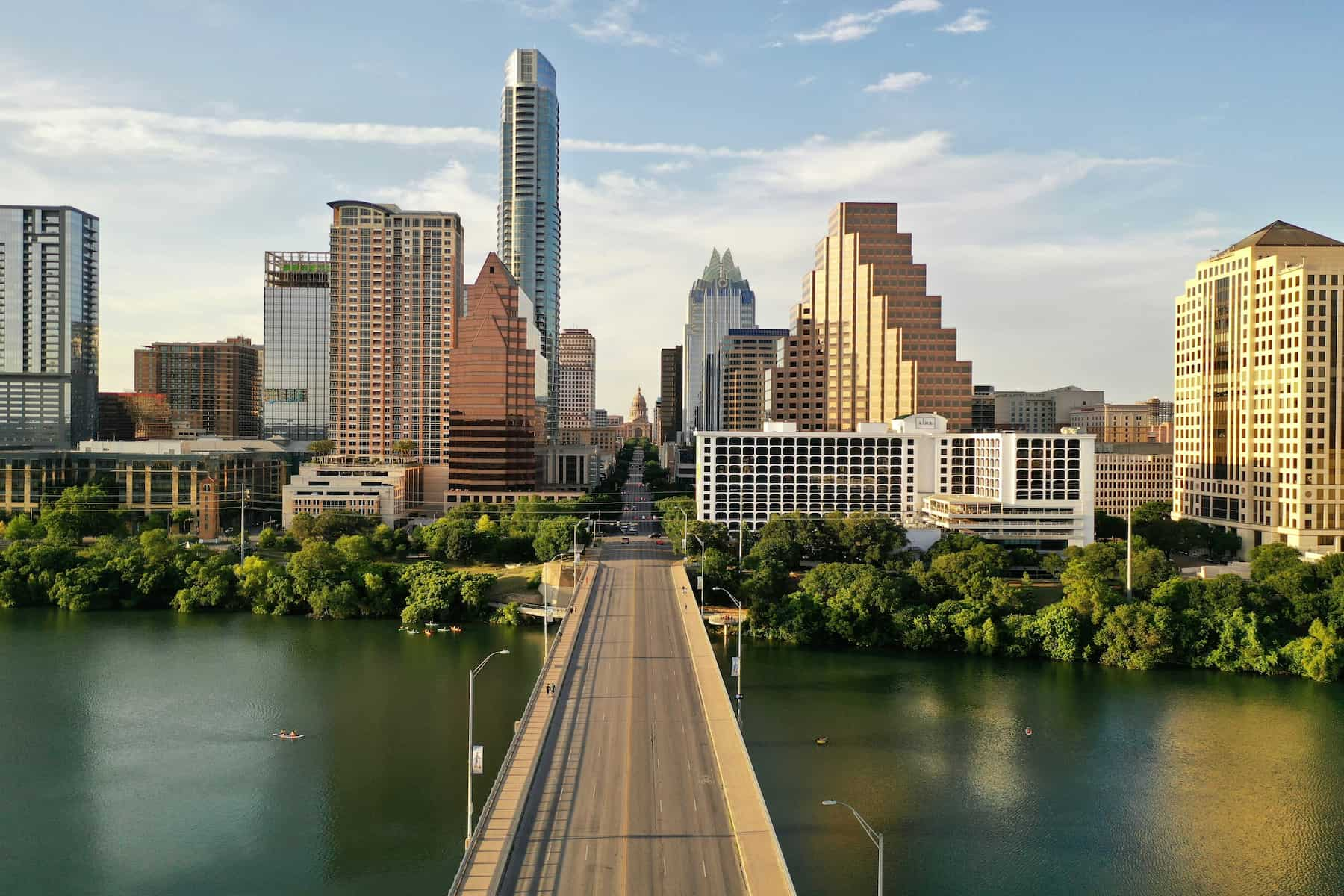Planning a trip to Utah State? You’re in for a treat. This guide is your one-stop resource for exploring the Beehive State—packed with my personal tips, top attractions, and all the practical info you need before you set off. Whether you’re chasing adventure, searching for jaw-dropping landscapes, or just looking for best places to visit in Utah, you’ll find the best spots, activities, and even a few local secrets right here. From world-famous national parks and quirky small towns to winter fun and foodie favorites, I’ve got you covered.
Utah isn’t just a place—it’s a feeling. Imagine red rock arches glowing at sunset, powdery slopes calling your name, and friendly faces welcoming you in mountain towns and city streets. You’ll discover why this state is a magnet for explorers, families, and dreamers alike. And don’t miss the bonus at the end: a downloadable map with all my top picks and a ready-made itinerary to make your adventure even smoother. Let’s dive in and make your Utah journey unforgettable!
🏠 Where to Stay in Utah
- 💎 Luxury Hotel: Red Cliffs Lodge
- ✨ 5-Star: Hyatt Regency Salt Lake City
- 🏨 4-Star: Quality Inn Richfield
- 🛏 3-Star: Sweetwater Lift Lodge
- 💸 Cheap: Sonesta Simply Suites Salt Lake City Airport
- 🏢 Apartament: TownePlace Suites by Marriott Salt Lake City-West Valley
- 👨👩👧👦 For Families: Zion Glamping Adventures
- 🏩 For Couples: Under Canvas Bryce Canyon
💁 Best Guided Tours
- Hell's Revenge 4x4 Off-Roading Tour from Moab from $135 (⭐️5.0/5)
- Sunset Tour of Monument Valley from $85 (⭐️4.9/5)
- Moab Afternoon Half Day Rafting Trip - Colorado River from $99 (⭐️4.9/5)
- Peek-A-Boo Slot Canyon Tour UTV Adventure from $128.90 (⭐️5.0/5)
The Best 13 Things to Do in Utah
1. Arches National Park
First Impressions. Arriving just north of Moab, I was immediately struck by the sheer number of stone arches—over 2,000 in total, more than anywhere else on earth. The landscape is a wild mix of sandstone fins, balanced rocks, and towering spires, all shaped by wind and time. Delicate Arch, the most famous, stands alone on a slickrock ridge. I joined dozens of others on the trail, each of us hoping to catch that perfect photo as the sun dipped low.
Hiking Experiences. The Delicate Arch trail is a 5.2 km (3.2 miles) round trip, with 146 meters of elevation gain. The path is exposed and rocky, so I wore sturdy shoes and carried plenty of water—there’s no shade or water stations along the way. Starting early helped me avoid the crowds and the midday heat. I also explored the Devils Garden Trail, which offers a longer and more challenging adventure at 13 km (8 miles) with 335 meters of elevation gain. Along this route, I discovered Landscape Arch, one of the world’s longest, as well as Double O Arch and Pine Tree Arch. Each formation felt like a reward for the effort.
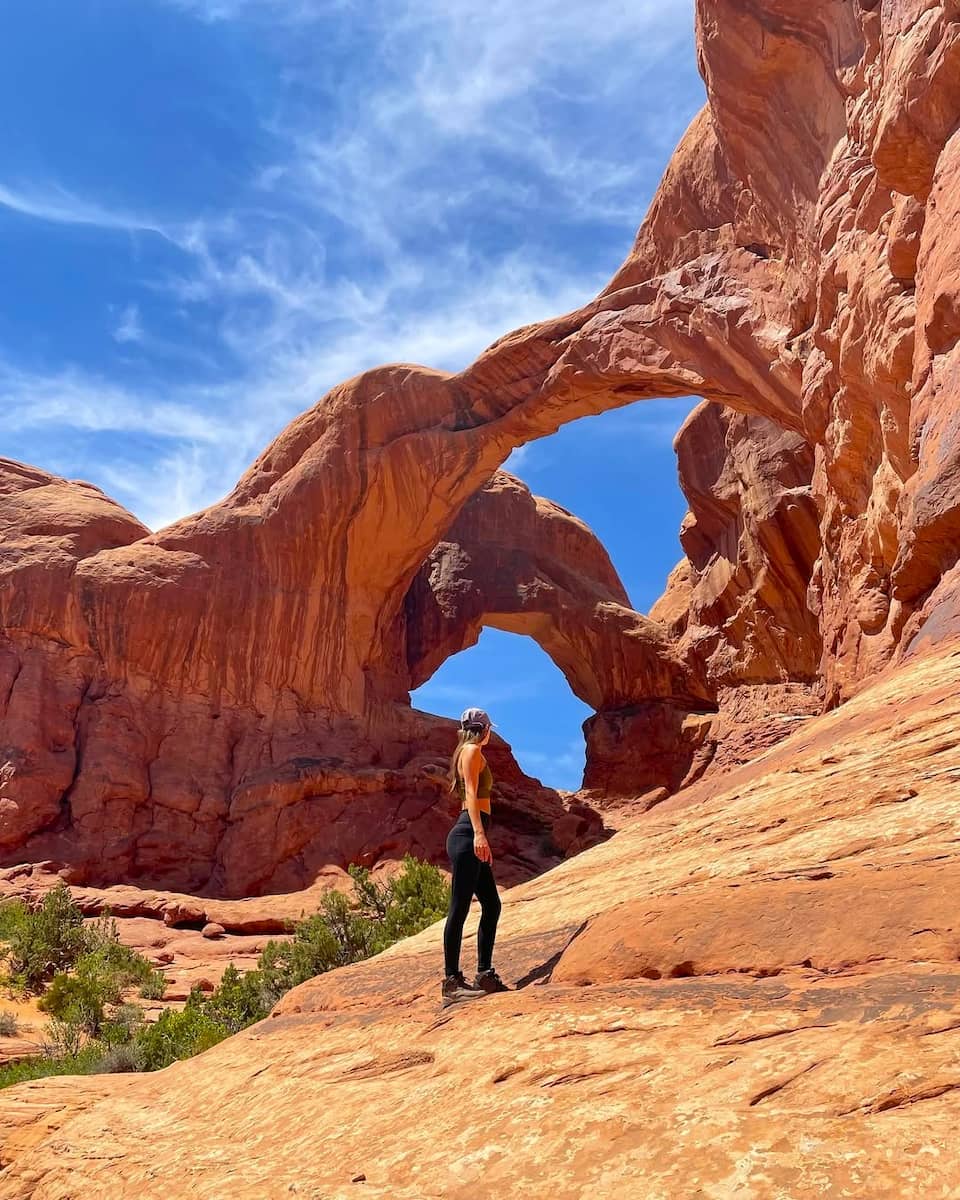
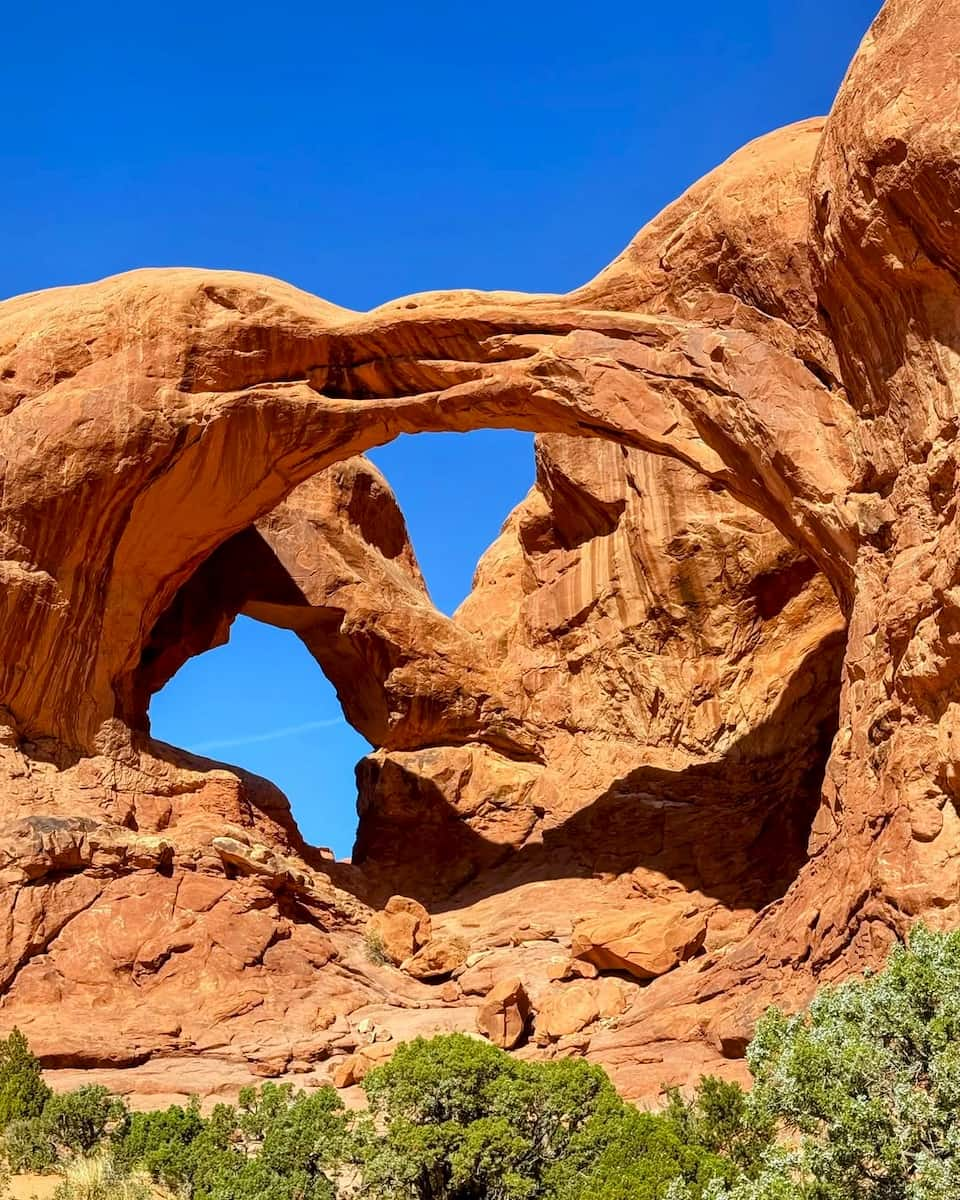

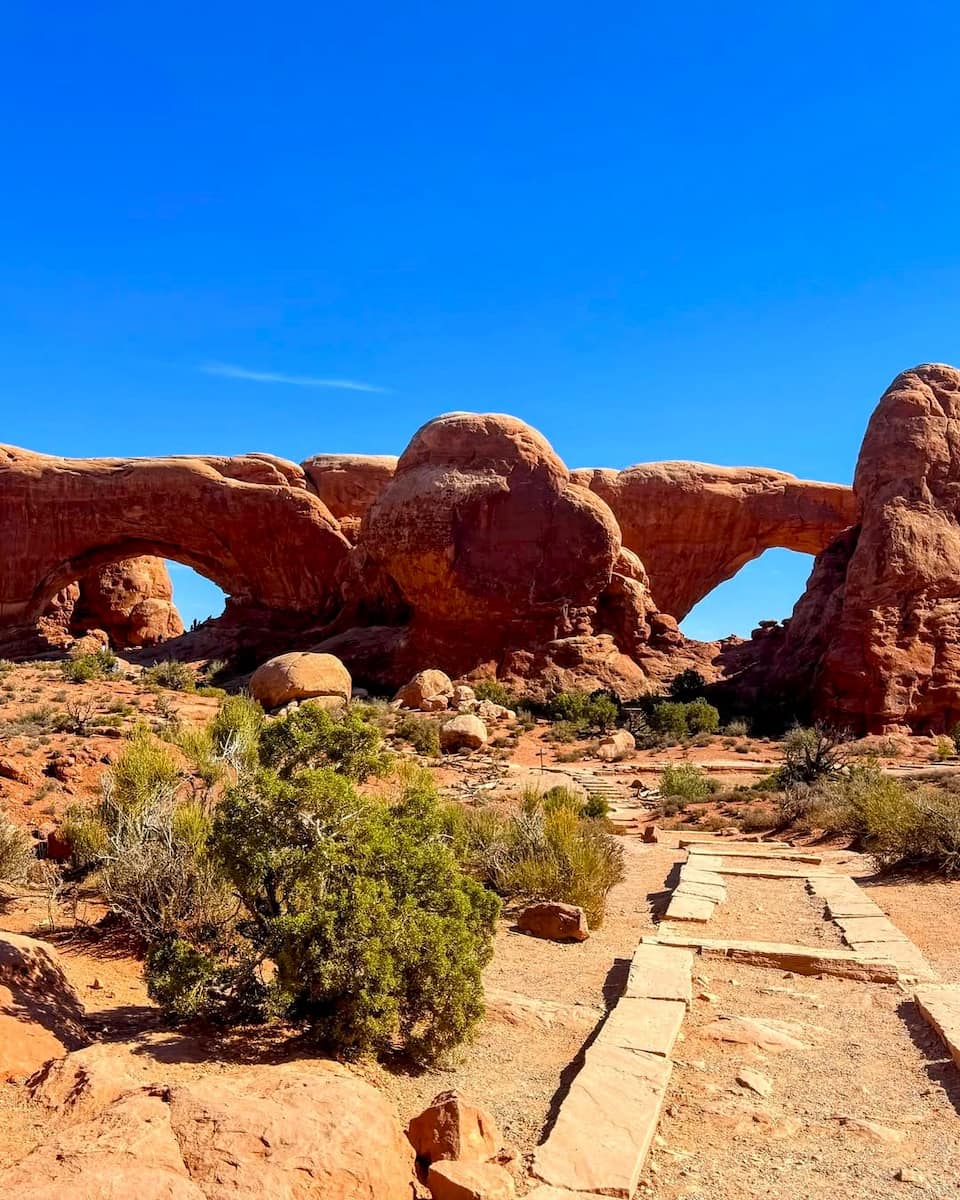
Practical Tips. Timed entry reservations are now required during peak months, so I booked my slot in advance. Entry fees are paid per vehicle, but I used my “America the Beautiful” pass to save money. Here’s a quick look at current prices:
| Entry Type | Price (USD) | Price (EUR) | Price (NIS) |
|---|---|---|---|
| Private Vehicle | $30 | €28 | 110 |
| Motorcycle | $25 | €23 | 92 |
| On Foot/Bike | $15 | €14 | 55 |
| Annual Pass | $55 | €51 | 200 |
Stargazing and Nighttime Magic. After sunset, I headed to Panorama Point and the Windows Section for stargazing. The sky here is incredibly dark—perfect for spotting the Milky Way or even Saturn’s rings with binoculars. I brought a headlamp and a picnic, soaking in the quiet and the view. The Windows Section is also a favorite for sunset photos, especially through the North and South Window arches.
Must-See List:
- Delicate Arch (signature hike and photo spot)
- Devils Garden Trail (multiple arches, including Landscape and Double O)
- Windows Section (easy access, great for families and sunset)
- Panorama Point (top spot for stargazing)
⭐️ Best Activities
- Arches National Park 4x4 Adventure from Moab – Explore hidden arches, dinosaur tracks, and rugged backroads in a thrilling 4×4 tour.
2. Zion National Park
Canyon Views and Shuttle Rides From my first ride on the free shuttle bus, I was struck by the dramatic red cliffs and lush valley floors of Zion Canyon. The shuttle runs from Springdale into the heart of the area, stopping at major trailheads like Angels Landing and the Narrows. I recommend catching an early shuttle to enjoy quiet trails and the best light for photos.
Hiking Adventures Zion offers trails for every level. The Riverside Walk is a gentle, scenic path along the Virgin River, leading to the entrance of the Narrows. Angels Landing is much more challenging—a steep climb with chain-assisted sections and breathtaking views. Permits are now required for Angels Landing, so I booked mine in advance.
Exploring the Narrows Walking through the Narrows is unforgettable. The canyon walls tower above as you wade through the river, sometimes with water up to your waist. I always rent sturdy water shoes and a walking stick for this adventure. The bottom-up route does not require a permit, but the full top-down hike does.
Favorite Hikes in Zion:
- Angels Landing (permit required, challenging, epic views)
- The Narrows (wade through the river, check water levels)
- Riverside Walk (easy, picturesque, family-friendly)
- Pa’Rus Trail (paved, accessible, river views)
- Weeping Rock (short, lush, cool retreat)
Entry Fees and Budget Tips. Here’s a quick look at current entry prices:
| Entry Type | Price (USD) | Price (EUR) | Price (NIS) |
|---|---|---|---|
| Private Vehicle | $35 | €32 | 128 |
| Motorcycle | $30 | €28 | 110 |
| Individual (on foot/bike) | $20 | €18 | 73 |
| Annual Park Pass | $70 | €64 | 255 |
⭐️ Best Activities
- Zion Canyon eBike Tour – Glide through Zion’s stunning landscapes on an easy-to-ride e-bike, with a friendly guide and plenty of photo stops.
3. Bryce Canyon National Park
Hoodoo Wonderland. I’ll never forget my first look over the rim at Bryce Amphitheater—thousands of hoodoos, those wild stone towers, glowing orange and pink in the morning sun. The air was crisp, and I could see snow lingering in the shadows even as the sun warmed my face. These spires, shaped by wind, water, and frost, create a landscape unlike anywhere else. If you squint, some hoodoos look like chess pieces, castle walls, or even people frozen in time. The most famous formations, like Thor’s Hammer and Queen Victoria, are easy to spot from the main viewpoints.
Viewpoints and Sunrise Magic. Bryce is made for picturesque overlooks. My favorites are Inspiration Point, Bryce Point, Sunset Point, and Sunrise Point. Each offers a unique angle on the amphitheater and its endless maze of spires. I always arrive before dawn at Sunrise Point—the golden hour lights up the rocks in shades of red and gold, perfect for photos. Parking fills up fast, so early birds get the best spots and the quietest moments. Here’s a quick list of must-see viewpoints:
- Inspiration Point (panoramic views)
- Bryce Point (best for sunrise)
- Sunset Point (iconic Thor’s Hammer)
- Sunrise Point (soft morning light)
- Rainbow Point (highest elevation, sweeping vistas)
Hiking Among the Hoodoos. Walking down into the amphitheater is a must. The Queen’s Garden–Navajo Loop is the most popular trail, combining switchbacks, tunnels, and close-up views of the rock formations. I started at Sunrise Point, wound through Queen’s Garden, and climbed out via the steep Wall Street switchbacks to Sunset Point. The Rim Trail is a gentler option, tracing the edge of the amphitheater and linking several overlooks. For a quieter experience, Fairyland Loop offers solitude and wide views, though it’s a longer trek.
Visitor Center. Before hitting the trails, I always stop at the Bryce Canyon Visitor Center. The rangers are friendly, the museum is interactive, and there’s a huge map to help plan hikes. Water refill stations and restrooms are available, but parking can be tight during busy hours. Entry fees are valid for seven days and are listed below:
| Entry Type | Price (USD) | Price (EUR) | Price (NIS) |
|---|---|---|---|
| Private Vehicle | $35 | €32 | 128 |
| Motorcycle | $30 | €28 | 110 |
| On Foot/Bike | $20 | €18 | 73 |
| Annual Pass | $70 | €64 | 255 |
| America the Beautiful Pass | $80 | €73 | 292 |
⭐️ Best Activities
- Bryce Canyon Daily Tour – Discover the breathtaking hoodoos and natural wonders of Bryce Canyon on a guided day tour.
4. Canyonlands National Park
First Impressions and Districts. Standing on the edge of Island in the Sky, I felt like I was looking out over another world. Canyonlands is divided into four main districts: Island in the Sky (the most accessible), the Needles (great for hiking), the Maze (remote and wild), and the rivers—Colorado and Green—that carve deep gorges through the landscape. Each area offers a different flavor of adventure, but for most visitors, Island in the Sky is the easiest to reach, just a 45-minute drive from Moab.
Top Viewpoints and Sunrise Magic. The mesa’s rim is lined with overlooks that left me speechless. My favorites are Grand View Point, Green River Overlook, Shafer Ravine Viewpoint, Buck Gorge Overlook, and White Rim Overlook. Each spot offers a unique perspective—sometimes you see the White Rim Road snaking along the plateau, other times you’re gazing out at Monument Basin or the distant La Sal Mountains. I always arrive early for sunrise at Mesa Arch, where the first rays of light set the arch aglow and reveal a vast chasm below. Here’s a list of the most stunning viewpoints:
- Grand View Point (panoramic, best for sunset)
- Green River Overlook (sweeping river views)
- Mesa Arch (sunrise hotspot)
- Shafer Ravine Viewpoint (classic gorge vistas)
- Buck Gorge Overlook (easy access, epic photos)
Hiking and Exploring. Trails here range from easy walks to challenging treks. The Grand View Point Trail is an easy 1.8-mile (3 km) round trip, leading to two different overlooks with breathtaking views. For a challenge, I tackled the Gooseberry Trail—steep switchbacks drop from the mesa to the White Rim Road, with knockout scenery and few crowds. In the Needles district, the Chesler Park/Joint Trail Loop is a favorite: a 10.7-mile (17 km) journey through sandstone spires and hidden grasslands. The Slickrock Foot Trail is a gentle introduction, looping past four viewpoints with far-reaching panoramas.
Entry Fees and Budget Tips.
| Entry Type | Price (USD) | Price (EUR) | Price (NIS) |
|---|---|---|---|
| Private Vehicle | $30 | €28 | 110 |
| Motorcycle | $30 | €28 | 110 |
| On Foot/Bike | $15 | €14 | 55 |
| America the Beautiful Pass | $80 | €73 | 292 |
⭐️ Best Activities
- Canyonlands National Park Half-Day Tour from Moab – Journey through dramatic canyons and mesas in Canyonlands with expert commentary and off-road adventure.
5. Deer Valley Resort
Mountain Setting. Deer Valley Resort in Park City stands out for its blend of luxury and adventure. My first visit was in autumn, when the forests were turning gold and the air was crisp. The mountain scenery is spectacular year-round, with snow-capped peaks in winter and wildflowers in summer. This ski-only destination covers more than 2,000 acres of terrain and boasts a vertical drop of 3,000 feet, making it a haven for both beginners and expert skiers.
Winter and Summer Activities. In winter, I enjoyed perfectly groomed snowboard runs, friendly mountain hosts, and the unique “ski-only” policy—snowboarders aren’t allowed, so the slopes stay uncrowded and safe. The resort features 21 chairlifts, 103 runs, and six bowls, offering plenty of variety. When the snow melts, the Valley transforms into a playground for hikers and mountain bikers. There are nearly 70 miles of trails, including four flow trails designed by Gravity Logic, and three chairlifts operate for summer adventures. I also tried a scenic chairlift ride and caught an outdoor concert at the Snow Park Amphitheater—local musicians and world-famous acts perform here throughout the season.
Family Fun and Dining. Families are well catered for. The Children’s Center offers adventure camps and creative activities for kids, from rock-climbing to craft projects. For non-skiers, there’s shopping, fine dining, and even sleigh ride dinners in winter. I found the on-mountain dining to be some of the best in the region, with options ranging from casual cafes to gourmet restaurants.
Lift Ticket Prices. Here’s a quick price table for current lift tickets and activities (prices may vary by season and day):
| Activity/Lift Ticket | Price (USD) | Price (EUR) | Price (NIS) |
|---|---|---|---|
| Full-Day Adult Pass | $249 | €227 | 911 |
| Child (5-12) Pass | $99 | €90 | 362 |
| Summer Chairlift | $30 | €27 | 110 |
| Mountain Bike Rental | $70 | €64 | 256 |
6. Capitol Reef National Park
Fruita Orchards and Local Flavors. Wandering through the Fruita District, I found a surprising oasis of fruit trees surrounded by red rock cliffs. The historic orchards—filled with apple, cherry, and peach trees—were planted by early Mormon settlers and are still cared for today. During harvest season, visitors can pick their own fruit for a small fee. I couldn’t resist stopping at the Gifford Homestead for a slice of homemade pie and a jar of fresh jam, a true highlight for anyone with a sweet tooth.
Favorite Trails and Ancient Art. Exploring on foot, I was drawn to the Hickman Bridge Trail, a gentle 1.8-mile walk that ends at a massive natural bridge. The shade under the arch was a welcome break, and the views of the Fremont River made the effort worthwhile. For a bigger challenge, the Cassidy Arch Trail climbs to a dramatic arch high above the canyon floor—don’t miss the left fork at the intersection! I also made time for the short boardwalk to the petroglyph panels, where ancient Fremont Culture carvings are easy to spot and fascinating to study.
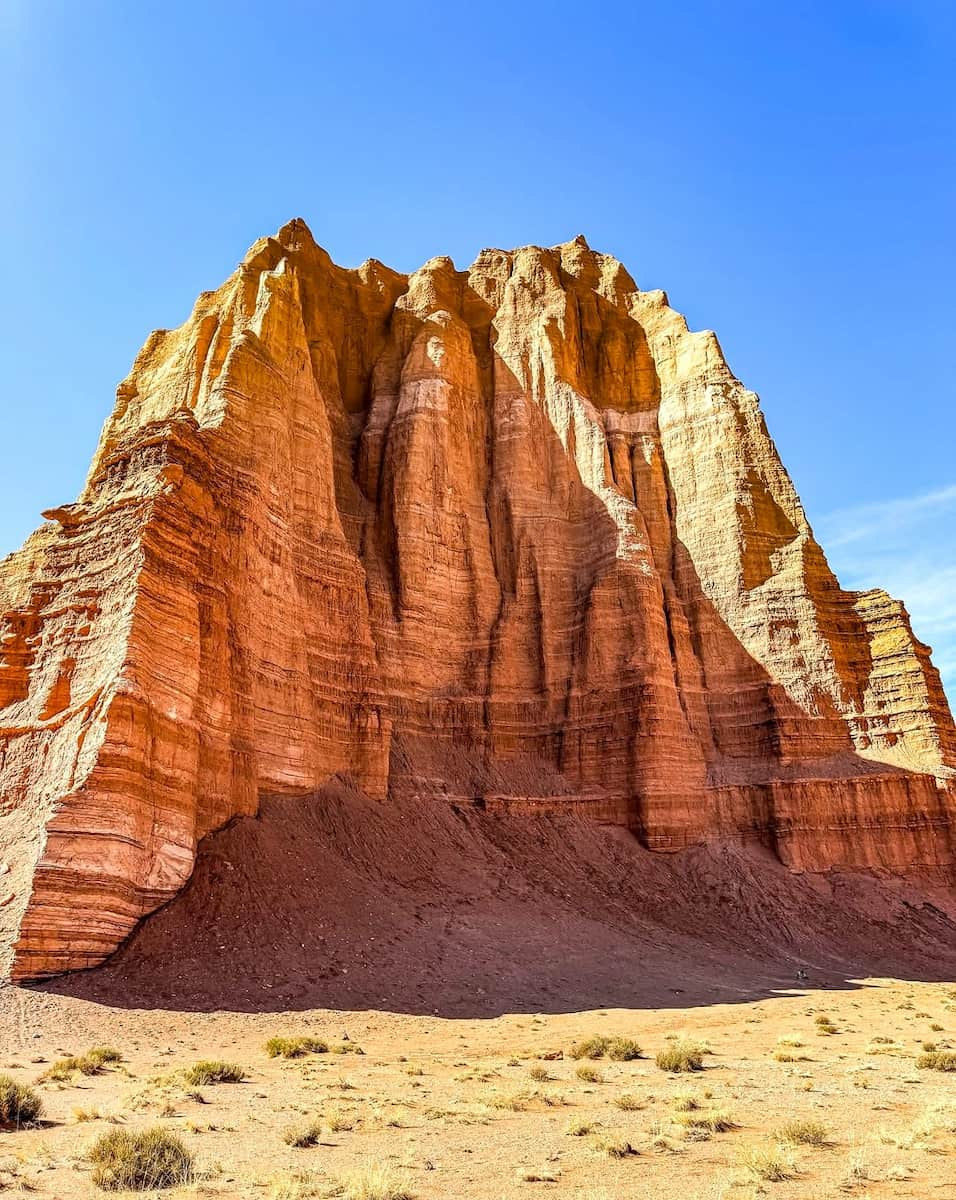

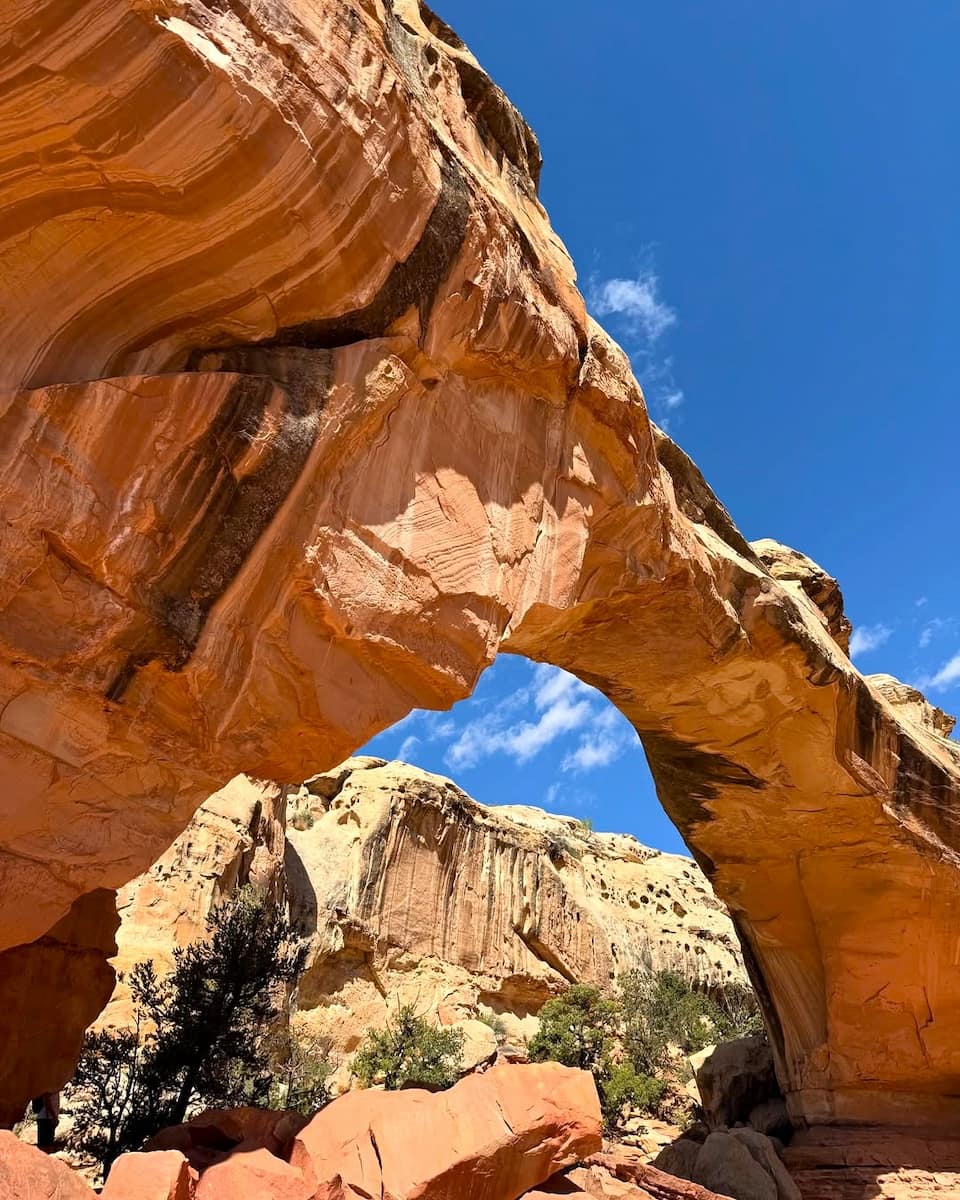
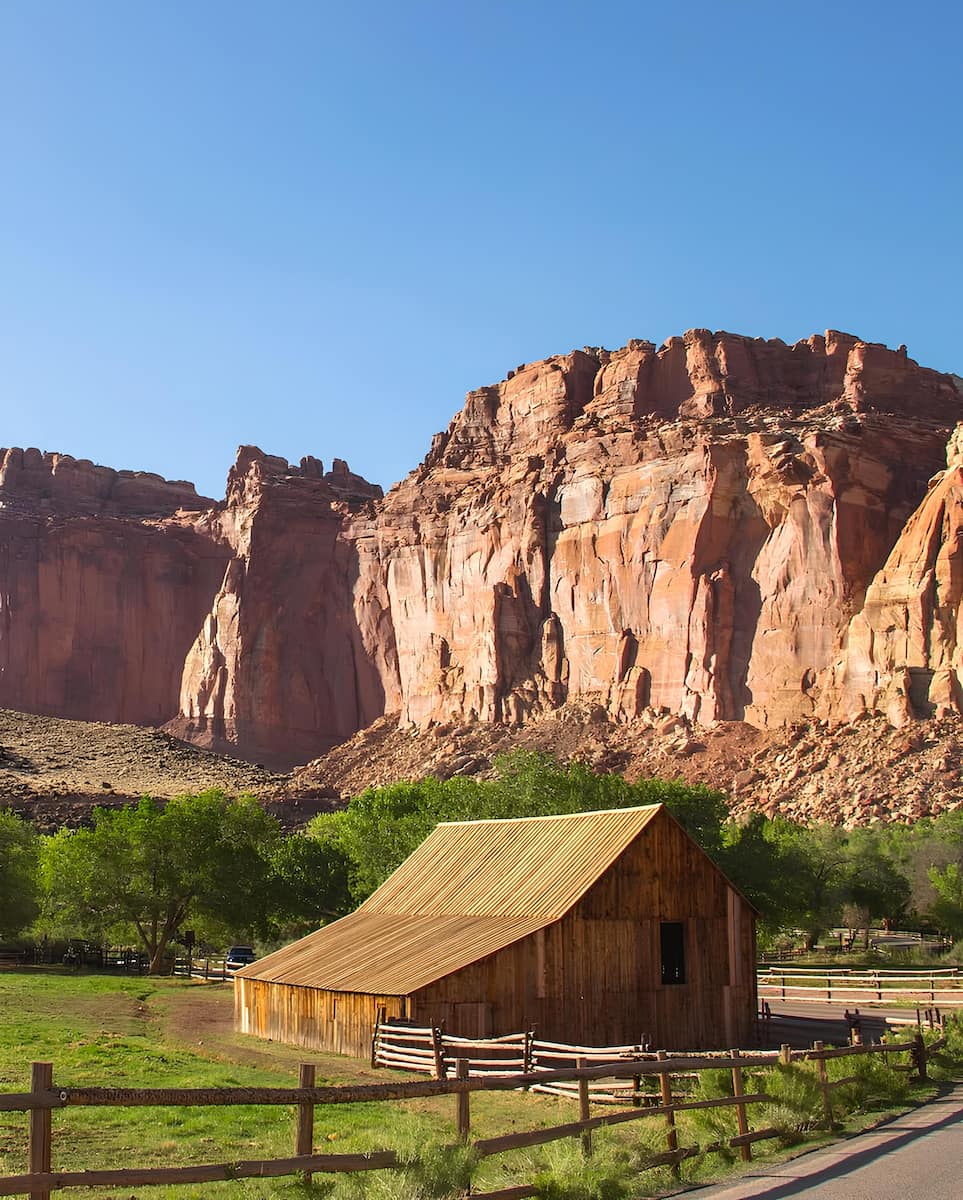

Sunset Colors and Overlooks. As the day faded, I headed to Sunset Point and Panorama Point for some of the best golden hour views in southern Utah. Both spots are easy to reach and offer wide-open vistas, especially stunning as the cliffs catch the last light. Goosenecks Overlook is another favorite, with the river winding far below. Here are my top viewpoints:
- Sunset Point (evening glow)
- Panorama Point (expansive views)
- Goosenecks Overlook (river bends)
- Cohab Trail (orchard and valley views)
Entry Fees and Practical Details. Access is affordable and flexible. Many highlights along Highway 24 are free, but the picturesque Drive and some trails require a pass. Here’s a quick look at current prices:
| Entry Type | Price (USD) | Price (EUR) | Price (NIS) |
|---|---|---|---|
| Private Vehicle | $20 | €18 | 73 |
| Motorcycle | $15 | €14 | 55 |
| On Foot/Bike | $10 | €9 | 37 |
| Annual Pass | $35 | €32 | 128 |
- Capitol Reef National Park Cathedral Valley Day Trip – Journey deep into Utah’s hidden gem, exploring Cathedral Valley’s dramatic monoliths and remote desert landscapes with a local guide.
7. Grand Staircase-Escalante National Monument
Vast Wilderness and Unique Regions. Exploring Grand Staircase-Escalante, I quickly realized just how immense and varied this protected area is. The monument covers nearly two million acres, stretching from Bryce Gorge’s edge to the Arizona border. It’s divided into three main regions: the Grand Staircase (remote, rarely visited), the Kaiparowits Plateau (a wild, high-elevation expanse), and the Escalante Ravines (famous for slot gorges and natural arches). Each section offers a different flavor of adventure, from colorful cliffs and fossil beds to labyrinthine gulches and ancient rock art. The Kaiparowits Plateau, for example, is one of the most remote places in the lower 48 states—perfect for those seeking true solitude.
Slot Gorges and Day Hikes. My favorite experience here was exploring the slot gorges off Hole-in-the-Rock Road. Peekaboo and Spooky Gulch are legendary for their twisting, narrow corridors—sometimes only 10 inches wide! The loop between them is about 1.7 miles, but it’s not for the claustrophobic or those who dislike a bit of scrambling. For an easier adventure, Willis Creek Slot Ravine near Cannonville offers a beautiful walk with gentle walls and a shallow stream. Another highlight is the route to Lower Calf Creek Falls, a 6-mile round trip with a stunning 126-foot waterfall at the end. I always recommend checking at a visitor center (Big Water, Cannonville, Escalante, or Kanab) for current trail and weather conditions before setting out.
Camping and Practical Details. Camping under the stars here is an experience I’ll never forget. There are two main campgrounds: Deer Creek (7 sites) and Calf Creek (13 sites), both first-come, first-served. Backcountry camping is allowed with a free permit, which you can pick up at visitor centers or trailheads. Facilities are basic, so I always bring plenty of water, food, and a reliable map. Here’s a quick table for essential info:
| Activity/Permit | Price (USD) | Price (EUR) | Price (NIS) |
|---|---|---|---|
| Day Hiking | Free | Free | Free |
| Backcountry Camping Permit | Free | Free | Free |
| Campground (per night) | $15 | €14 | 55 |
Must-See Highlights:
- Peekaboo & Spooky Slot Canyons (narrow, adventurous, unforgettable)
- Lower Calf Creek Falls (lush oasis, waterfall, petroglyphs)
- Devil’s Garden (fun hoodoo playground for families)
- Willis Creek Slot Canyon (easy, beautiful, family-friendly)
- Grosvenor Arch (double arch, accessible by car)
8. Alta Ski Area
Legendary Snow and Terrain. Alta Area sits high in the Wasatch Mountains, just 50 kilometers from Salt Lake City. Known for its deep, dry powder—over 13 meters of snowfall each winter—it’s a paradise for skiers. The terrain covers 2,614 acres (10.58 km²), with a vertical drop of 774 meters and a base elevation of 2,600 meters. I was impressed by the variety: 15% beginner, 30% intermediate, and 55% advanced runs. Snowboarding is not allowed here, which keeps the focus on skiing and the slopes less crowded.
Lift System and Ski Resort Passes. Getting around is easy with 8 lifts, including high-speed quads and a six-pack, moving skiers efficiently across 71 kilometers of trails. The resort is open from 9:15 a.m. to 4:30 p.m. and doesn’t offer night skiing. Here’s a quick look at current lift ticket prices:
| Ticket Type | Price (USD) | Price (EUR) | Price (NIS) |
|---|---|---|---|
| Adult (Day) | $199 | €178 | 728 |
| Child (Day) | $105 | €94 | 384 |
| Nordic Track | $10 | €9 | 37 |
Winter Experiences and Lessons. I joined a group lesson to brush up on my technique. Alta offers camps and clinics for all ages and abilities, from telemark workshops to performance snow sports camps. There’s even a “Tour With a Ranger” program on weekends, which adds a fun educational twist. For something special, I tried snowcat touring in Grizzly Gulch—an off-piste adventure for advanced enthusiasts, with five runs for $325. Powderbird also offers helicopter descents nearby, starting at $1,260 for seven flights.
Family-Friendly and Nordic Options. Families are welcome here, with gentle slopes for beginners and a relaxed, old-school vibe. For a change of pace, I rented Nordic skis and glided along the mid-mountain track between the base areas. A Nordic Track Pass costs just $10, and gear is available for rent. Kids under 6 ski free, and there’s a “Ski Free After Three” deal at the Sunnyside Lift—perfect for families on a budget.
Alta Highlights:
- Legendary powder and reliable snowfall
- Ski-only policy (no snowboarding)
- Wide range of terrain for all abilities
- Snowcat and helicopter skiing for thrill-seekers
- Family-friendly lessons and free afternoon skiing
9. Goblin Valley State Park
A Playground of Hoodoos and Goblins. Arriving at Goblin Valley, I felt like I’d landed on another planet. The park’s main attraction is the Valley of the Goblins, a sprawling area covered in thousands of mushroom-shaped rock formations called hoodoos. These strange shapes, sculpted by wind and water, invite you to wander, climb, and explore. There are three main valleys—Valley 1, Valley 2, and Valley 3—each with its own maze of goblins and hidden corners. Valley 3, farthest from the parking lot, is my top pick for quiet exploration and fun photos.
Family-Friendly Trails and Adventure Spots. While there are no strict trails in the main valley, several marked routes offer variety. The Hoodoo Trail is a 2.4-mile loop that winds through the densest clusters of formations. For a short walk, the Three Sisters trail leads to the park’s iconic trio of hoodoos. If you’re up for something more adventurous, Goblin’s Lair is a dimly lit cave reached by a 1.5-mile route that includes some scrambling. The Curtis Bench and Entrada Canyon trails offer views of the park and the Henry Mountains. For mountain bikers, the Wild Horse Trail System provides 7 miles of singletrack loops.
Unique Activities and Night Skies. Goblin Valley is much more than a place to walk. There’s an 18-hole disc golf course near the campground—free to play, with discs rented at the visitor center for $1 each. Rock climbing and canyoneering are popular, especially rappelling into Goblin’s Lair (permit required, $4 per person). The park is also an International Dark Sky Park, so I always stay after sunset to watch the stars come out. With no light pollution, the Milky Way is dazzling overhead, and nighttime photography is just as rewarding as daytime shots.
Entry Fees and Camping Costs. Here’s a quick look at current prices for visitors:
| Entry Type | Price (USD) | Price (EUR) | Price (NIS) |
|---|---|---|---|
| Private Vehicle (day use) | $20 | €18 | 73 |
| Motorcycle/Bike/Walk-in | $10 | €9 | 37 |
| Main Campground (per night) | $45 | €41 | 164 |
| Yurt (per night) | $150 | €137 | 547 |
| Disc Golf (per disc rental) | $1 | €1 | 4 |
| Goblin’s Lair Rappel Permit | $4 | €4 | 15 |
- Goblin Valley Park 4-Hour Goblin’s Lair Canyoneering – Rappel 90 feet into the mysterious Goblin’s Lair, wander among whimsical hoodoos, and learn canyoneering skills in a family-friendly adventure.
10. Monument Valley
Iconic Landforms and Navajo Culture. Crossing into Monument Landscape, I was immediately struck by the towering buttes and mesas that rise from the red desert floor. The Mittens and Merrick Butte are the most famous, but there are dozens of dramatic formations. This area is managed as a Navajo Tribal Park, and the stories shared by local guides add meaning to every view. The Navajo name, Tsé Biiʼ Ndzisgaii, means “valley of the rocks,” and it truly feels like a sacred space.
Exploring by Car or Guided Tour. The main route for visitors is the 17-mile Valley Drive, a rough dirt loop that passes all the major formations. I recommend a car with decent clearance, especially after rain. Along the drive, you’ll find stops like John Ford’s Point, Three Sisters, and Artist’s Point—each perfect for photos and soaking in the views. For a deeper experience, I joined a Navajo-guided jeep tour, which took me to hidden arches and petroglyphs only accessible with a local. Horseback tours are also available and offer a unique way to see the land.
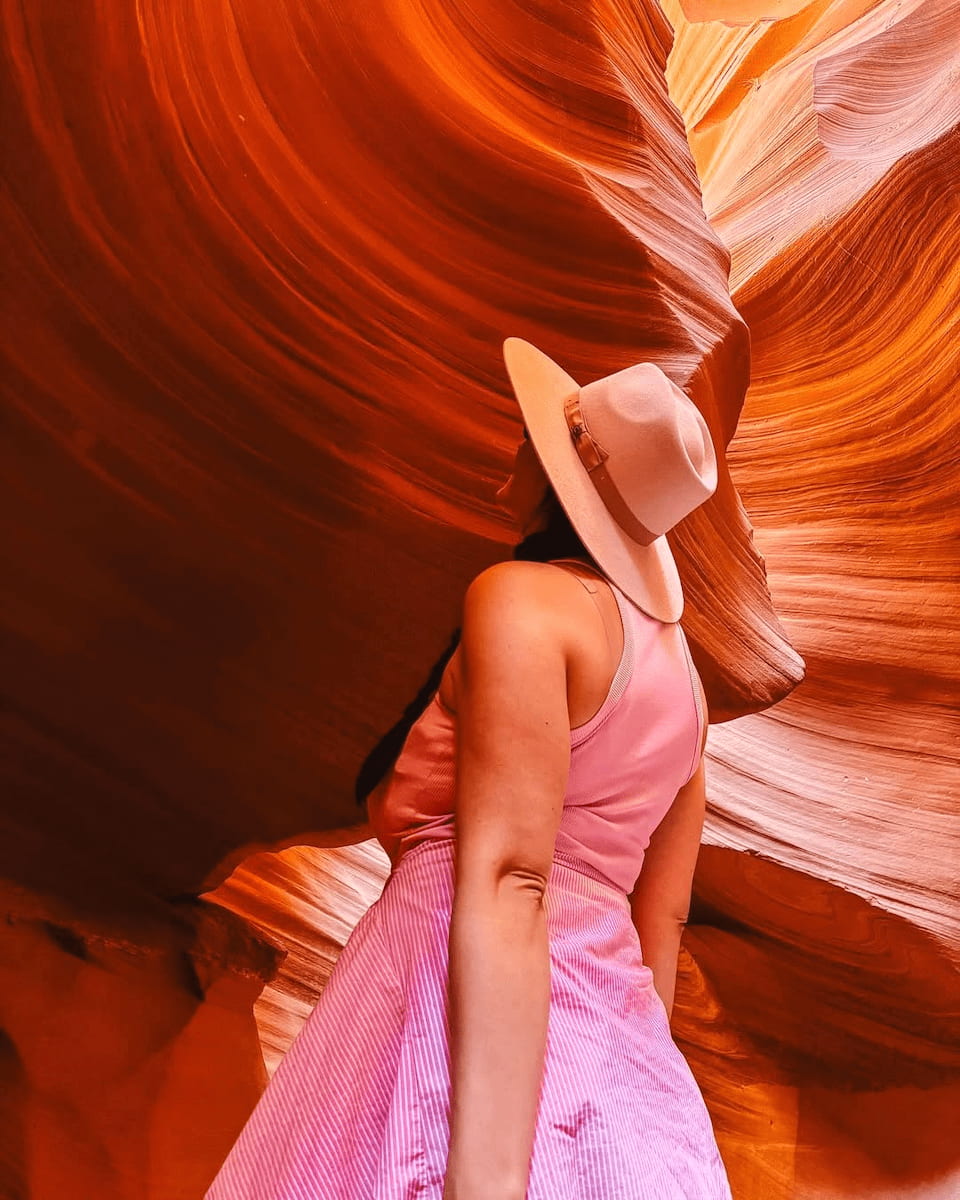
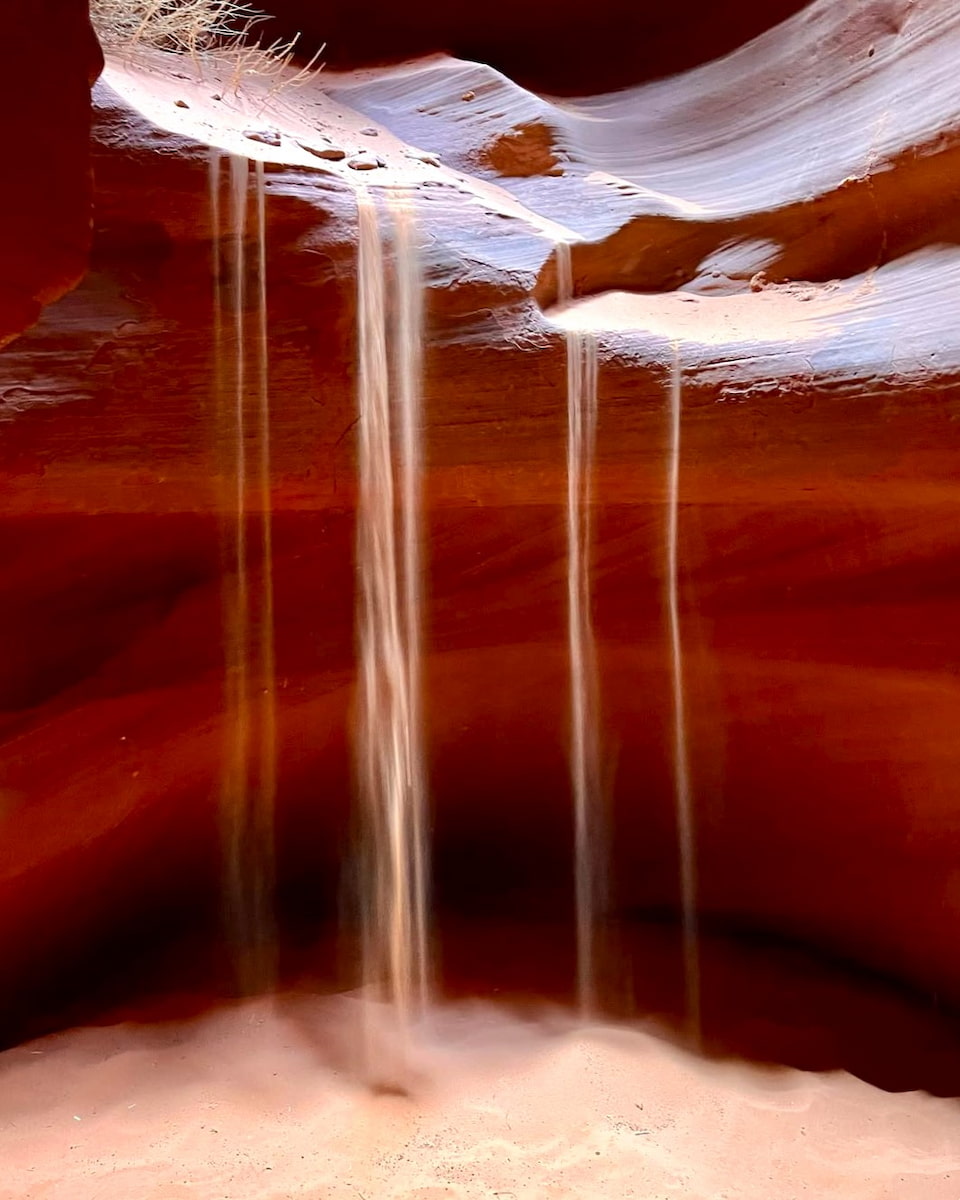
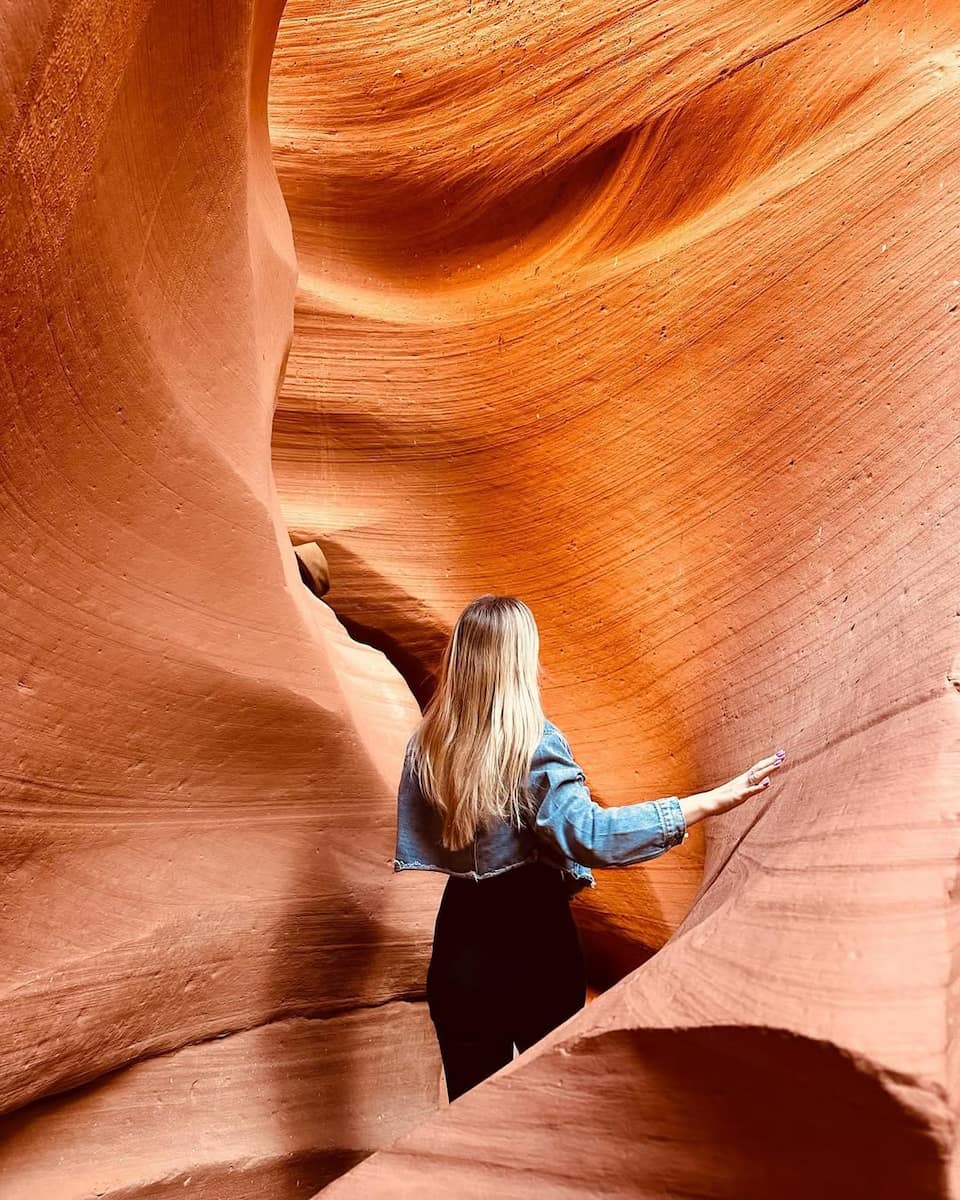
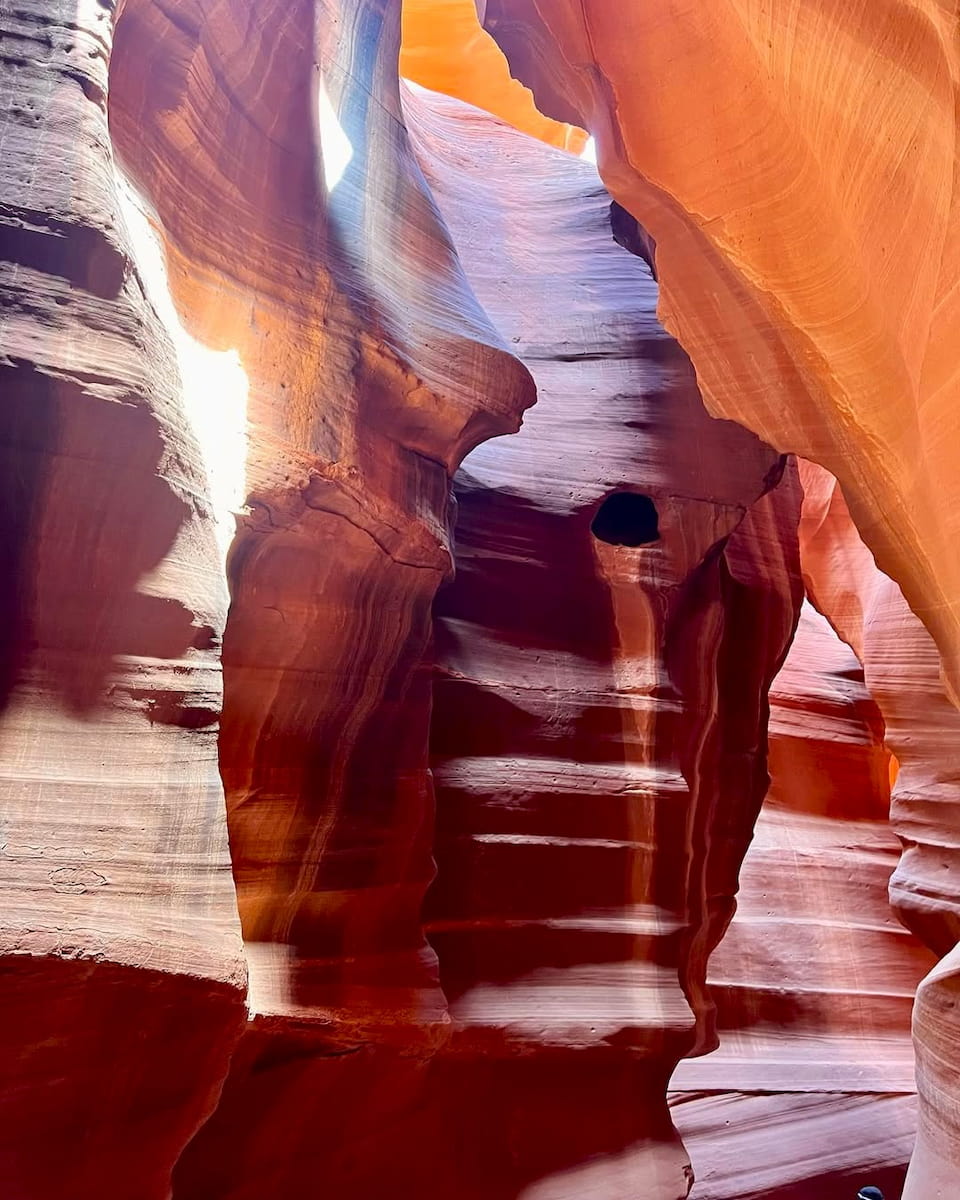
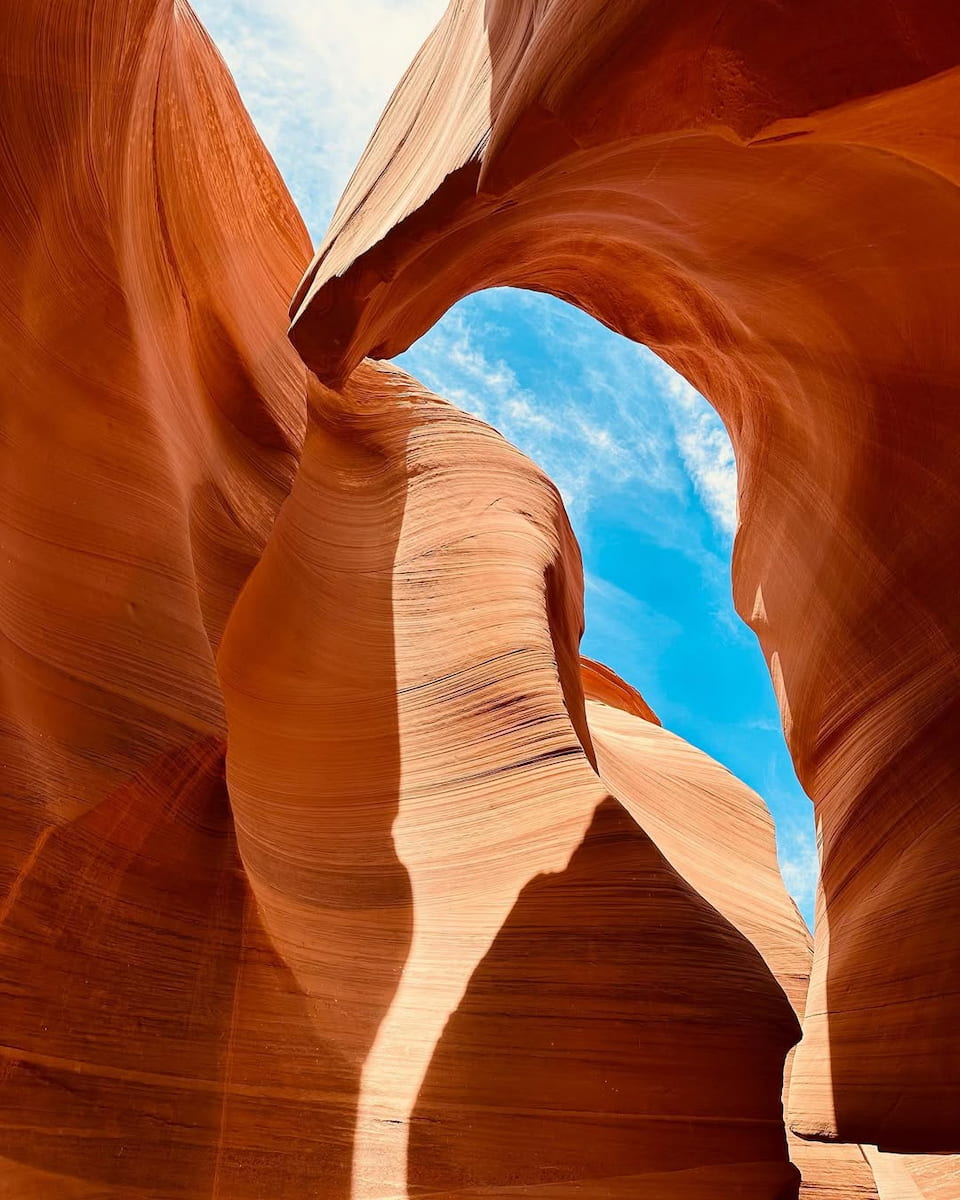
Walking Trails and Photo Spots. If you prefer to explore on foot, the Wildcat Trail is the only self-guided walking route. This 5.1 km loop circles West Mitten Butte and gives a close-up look at the famous rock formations. The path is sandy and exposed, so I always bring plenty of water and a hat. For movie lovers, Forrest Gump Point on US-163 outside the park is a must—this is where Forrest famously ended his cross-country run.
Tour Prices. Here’s a quick look at current entry and tour costs:
| Fee Type | Price (USD) | Price (EUR) | Price (NIS) |
|---|---|---|---|
| General Admission (per day) | $8 | €7 | 29 |
| Guided Valley Tour (3.5 hrs) | $89 | €81 | 326 |
| Sunrise/Sunset Photo Tour | $125+ | €114+ | 460+ |
| Horseback Tour (1 hr) | $75 | €68 | 275 |
Must-See Stops in Monument Valley:
- Valley Drive (self-drive loop past major formations)
- John Ford’s Point (classic Western movie site)
- Wildcat Trail (walk around West Mitten Butte)
- Forrest Gump Point (famous highway photo stop)
- Navajo-guided backcountry tour (hidden arches, petroglyphs, stories)
⭐️ Best Activities
- One Hour Monument Valley Horseback Tour – Ride with a Navajo guide through Monument Valley’s iconic formations for an unforgettable Western experience.
11. Great Salt Lake Utah Temple
Architectural Marvel and Symbolism. The Salt Utah Lake Temple stands at the heart of Temple Square, its six granite spires rising above the city. I was immediately drawn to the intricate details—beehive carvings for industry, the all-seeing eye on the towers, and the golden Angel Moroni statue crowning the tallest spire. Each element is packed with meaning, from the Big Dipper constellation on the west side to the massive granite walls, which are nine feet thick at the base.
History and Construction. Construction of the temple took decades, with granite blocks transported from Little Cottonwood Canyon, about 32 kilometers away. The project required incredible dedication from early pioneers, who worked through harsh winters and limited resources. The finished structure is now the largest Latter-day Saint temple by floor area and a symbol of perseverance for the community.
Visitor Experience. Although only church members can enter the temple itself, the grounds are open to all and beautifully landscaped year-round. The South Visitors’ Center is a highlight, featuring a detailed scale model of the temple’s interior, interactive exhibits, and helpful guides ready to answer questions. Free guided tours of Temple Square are offered in several languages, and you can also explore nearby historic buildings such as the Tabernacle and Assembly Hall.
| Attraction/Service | Price (USD) | Price (EUR) | Price (NIS) |
|---|---|---|---|
| Temple Square Grounds | Free | Free | Free |
| South Visitors’ Center | Free | Free | Free |
| Guided Tours | Free | Free | Free |
| Parking (Conference Center) | Free/Validated | Free/Validated | Free/Validated |
Insider Tip: Visit in spring for blooming tulips or during the winter holidays when the square is covered in lights. Don’t miss the Conference Center’s rooftop garden and observation deck for a unique city view.
Highlights Around the Temple:
- Angel Moroni statue (golden figure on the spire)
- Beehive and all-seeing eye symbols
- South Visitors’ Center (model and exhibits)
- Tabernacle and Assembly Hall (historic venues)
- Conference Center (art, rooftop views)
12. The Narrows
Wading into the Virgin River. My first steps into The Narrows were unforgettable—cool water swirling around my ankles, sunlight filtering down between towering rock walls. This unique adventure starts at the Temple of Sinawava, where the paved Riverside Walk ends and the river becomes the trail. The water is clear and surprisingly cold, even in summer, and the sheer cliffs rise hundreds of meters above, creating a sense of awe and isolation.
Trail Options and River Experience. There are two main ways to explore The Narrows: the popular “bottom-up” route from the Temple of Sinawava, or the more challenging “top-down” trek from Chamberlain’s Ranch (permit required). Most visitors choose the bottom-up route, wading upstream as far as Big Springs and returning the same way. The full top-down journey is 16 miles and requires planning, but even a short walk into the river offers dramatic views and fun water crossings.
What to Expect in The Narrows:
- Wading and sometimes swimming in the Virgin River
- Towering rock walls and narrow passages
- Chilly water, even on hot days
- Ever-changing light and photo opportunities
- A true sense of adventure and solitude
Gear Rentals. Proper gear is essential. I rented water shoes, neoprene socks, and a sturdy walking stick from Zion Outfitter near the park entrance. These made a huge difference on the slippery rocks and kept my feet warm. Dry bags are a must for cameras and snacks. Here’s a quick look at current rental prices:
| Gear Rental | Price (USD) | Price (EUR) | Price (NIS) |
|---|---|---|---|
| Narrows Package | $35 | €32 | 128 |
| Walking Stick Only | $7 | €6 | 26 |
| Dry Bag | $10 | €9 | 37 |
13. Park City Mountain
Year-Round Adventure and Mountain Setting. Park City Mountain is a true all-seasons playground. In winter, I was amazed by the sheer size—7,300 acres, 348 trails, and 41 lifts, making it one of the largest resorts in North America. The base sits at 2,103 meters and rises to a summit of 3,056 meters, with eight distinct peaks and a vertical drop of 945 meters. When summer arrives, the mountain transforms: wildflowers bloom, and the lifts carry hikers, bikers, and families up to panoramic views and alpine fun.
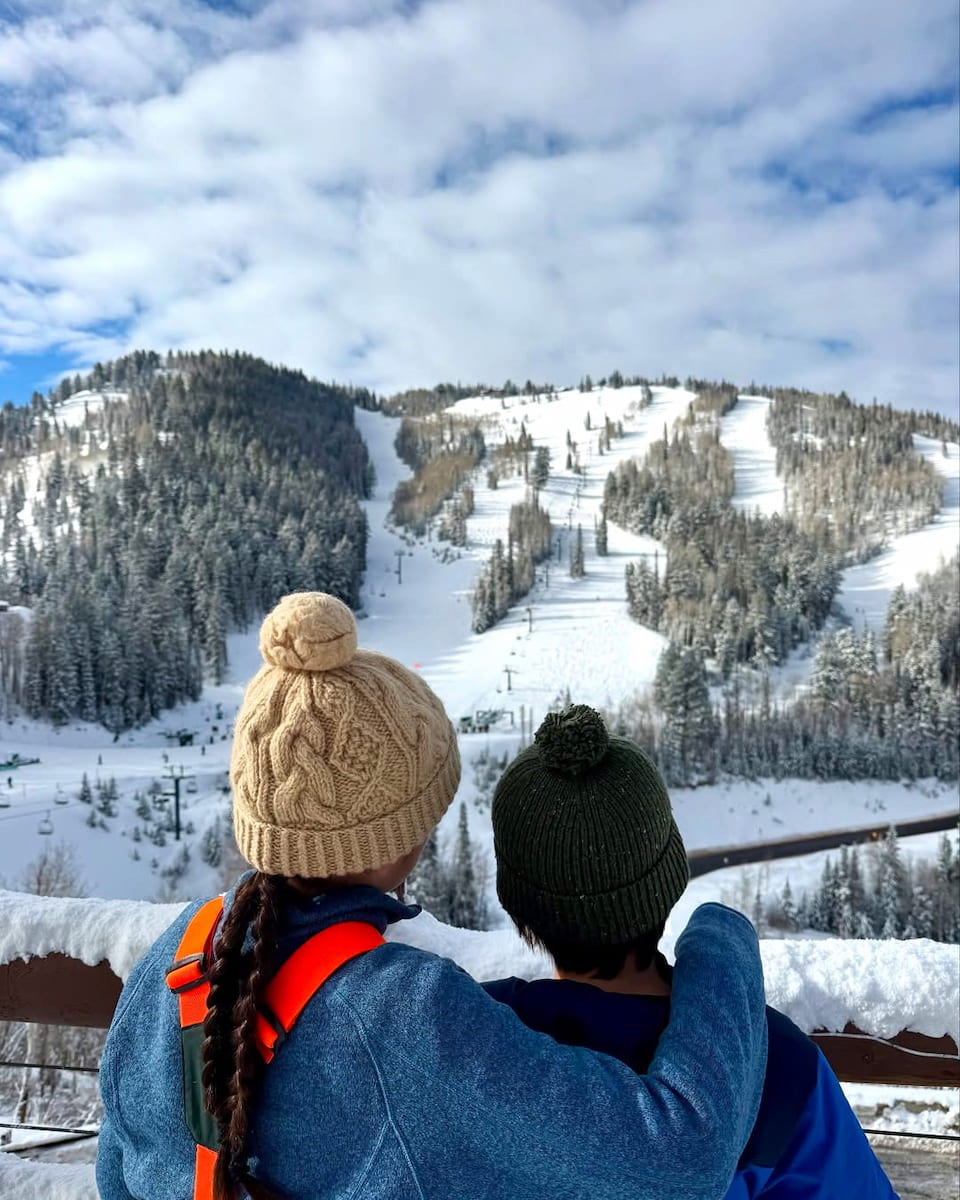
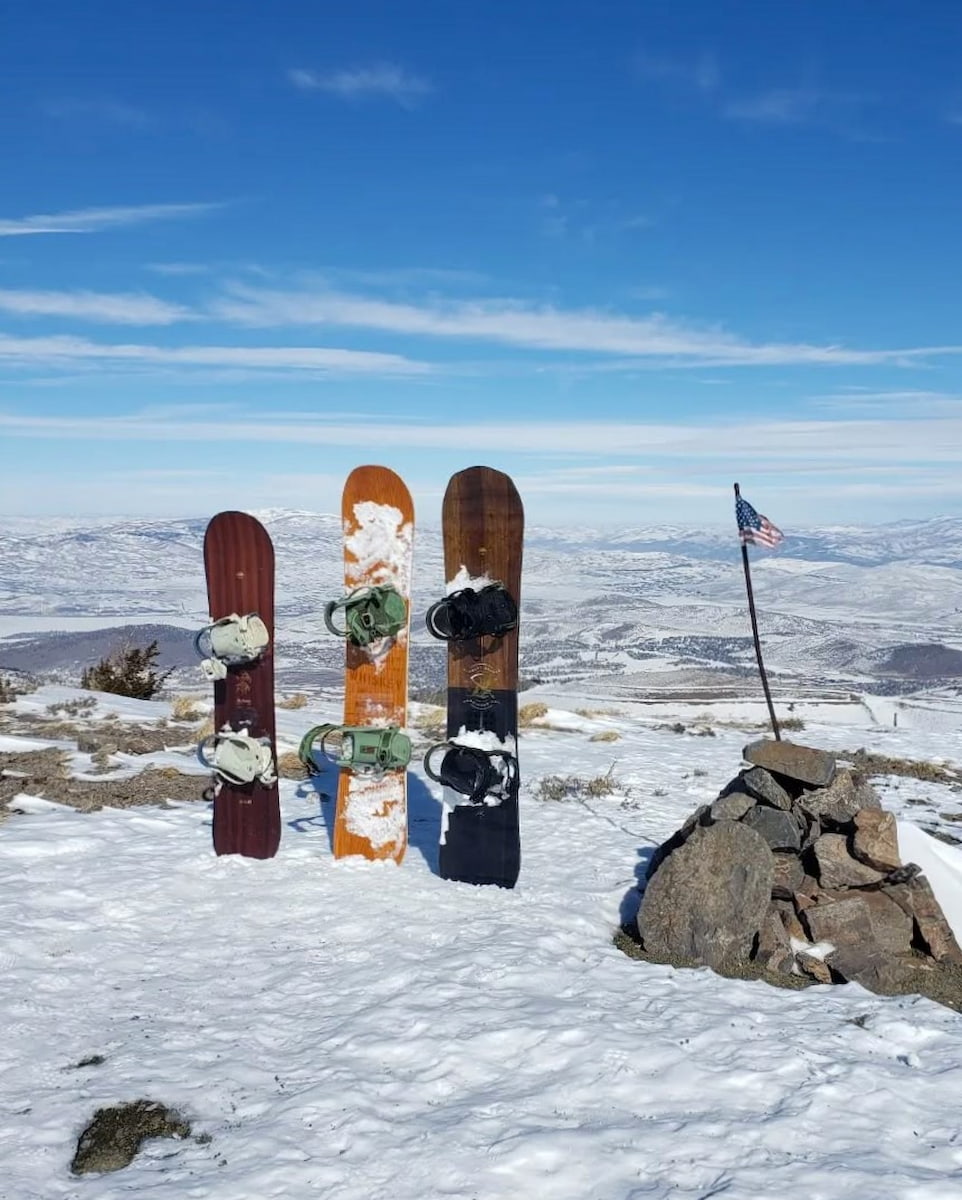
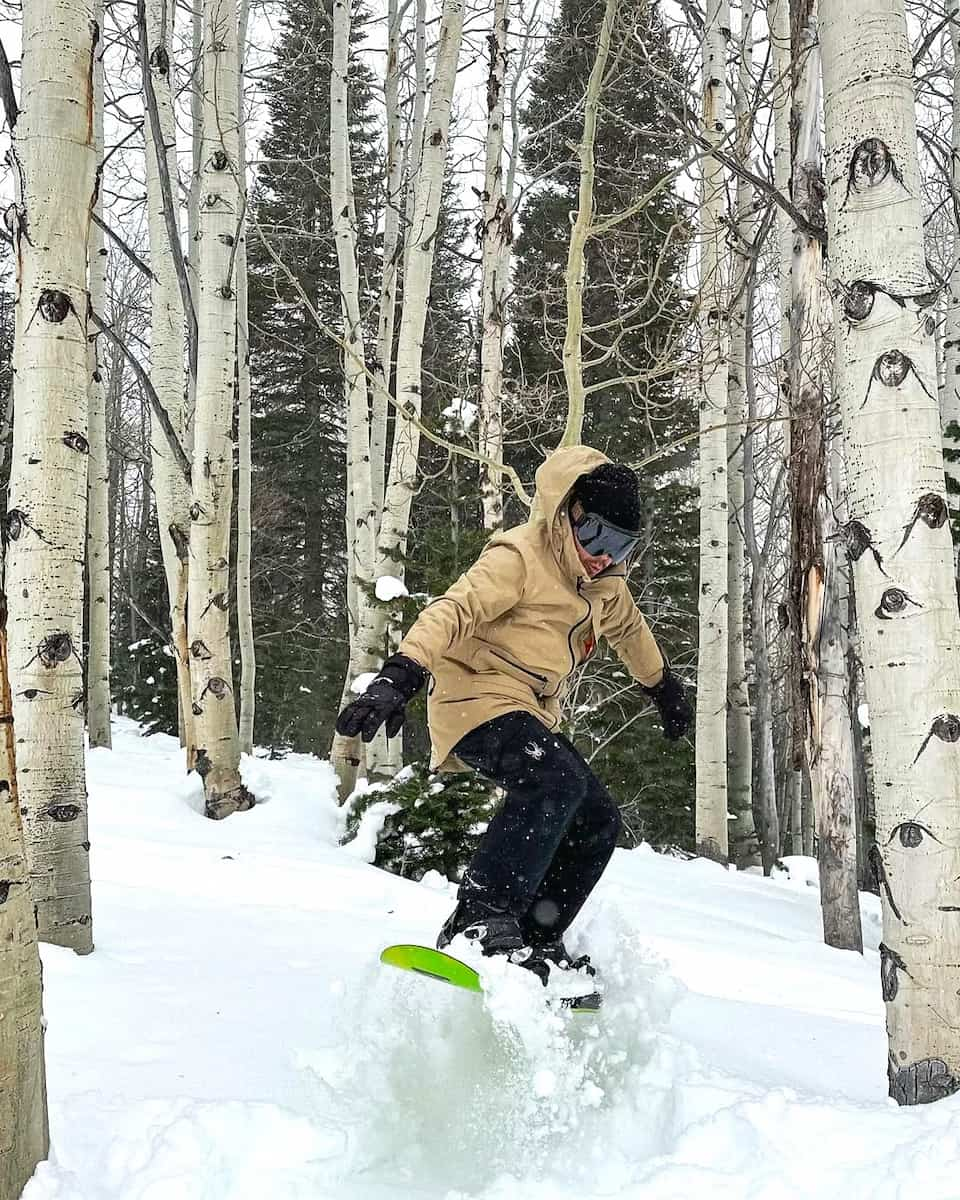
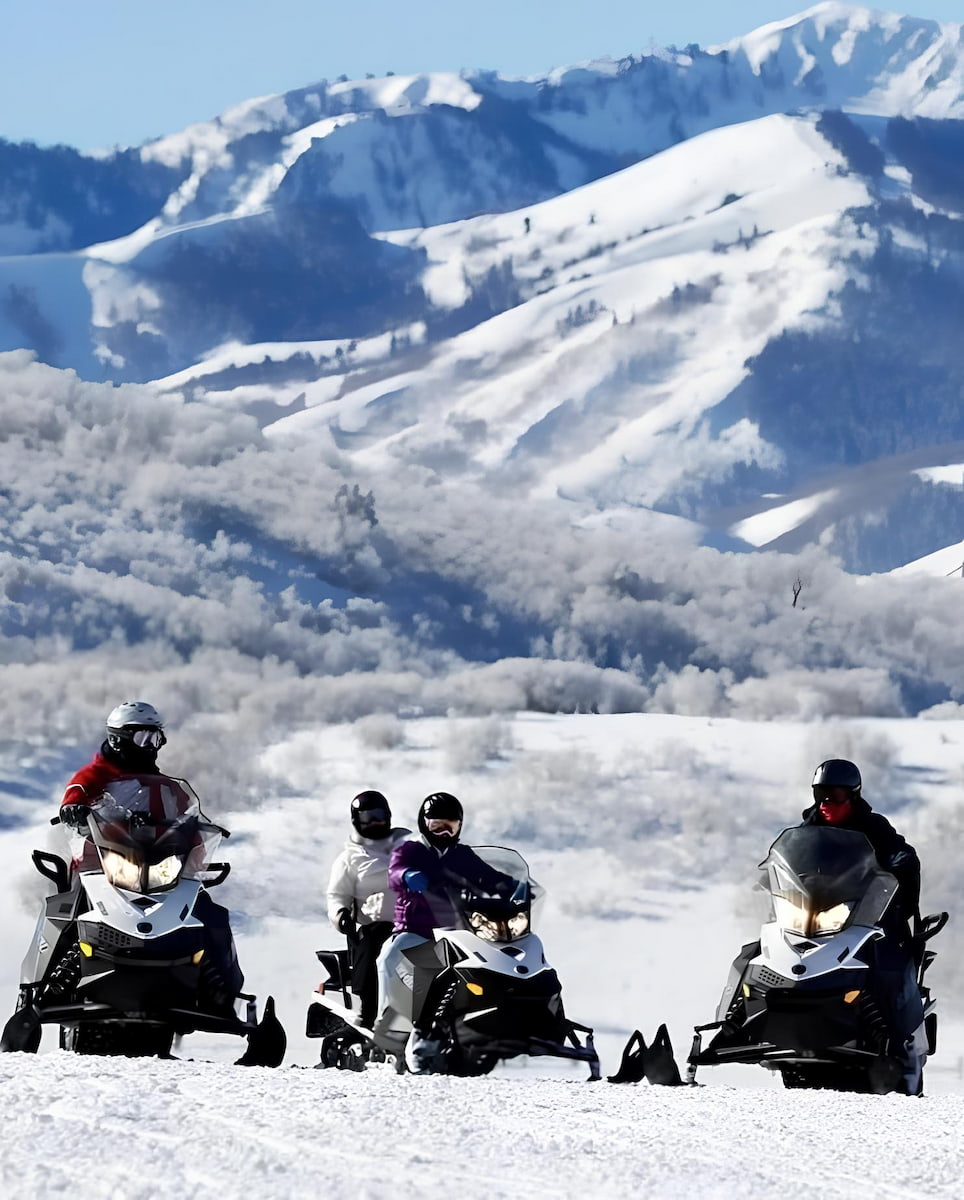
Winter Sports and Terrain Parks. Snowboarders and skiers find their paradise here, with 15% beginner, 54% intermediate, and 31% expert runs. I loved exploring the four terrain parks and testing my nerve on the Eagle Superpipe, a legacy of the Olympic Games. For freestyle fans, there’s also a minipipe and seven terrain parks of varying difficulty. The lift system is efficient—31,000 skiers per hour—so even on busy days, lines move quickly. Free mountain tours like Silver to Slopes are a great way to learn about the area’s mining history and hidden runs.
Summer Activities and Family Fun. When the snow melts, this mountain resort town becomes a hub for outdoor fun. I tried the alpine coaster, zipped down the alpine slide, and challenged myself on the climbing wall. Families flock to the mini golf course, trampolines, and gem panning stations. Mountain biking is huge here—lift-served trails connect to the broader Wasatch Back network, and there are options for every skill level. Popular walking routes include Jenni’s Trail, Armstrong Trail, and the epic Mid Mountain Trail, which runs for 23 miles at 8,000 feet elevation.
Resort Town Highlights:
- 348 trails and 41 lifts (winter)
- Four terrain parks and Olympic superpipe
- Alpine coaster, alpine slide, and zip lines (summer)
- Lift-served mountain biking and hiking
- Family activities: mini golf, trampolines, climbing wall
- Year-round events and festivals
Lift Tickets and Passes. Here’s a quick look at current prices for lift tickets and activities:
| Ticket/Activity | Price (USD) | Price (EUR) | Price (NIS) |
|---|---|---|---|
| Winter Day Lift Ticket | $229 | €209 | 838 |
| Summer Adventure Pass | $75 | €68 | 275 |
| Alpine Coaster/Slide | $30–$40 | €27–€36 | 110–146 |
| Mini Golf | $15 | €14 | 55 |
| Bike Rental (full day) | $70 | €64 | 256 |
Attractions for Families and Children
1. Utah’s Hogle Zoo
Immersive Animal Experiences. Walking through Hogle Zoo in Salt Lake City, I was surprised by how much there is to see across its 42 acres. From the African Savanna, where giraffes and zebras roam, to the Rocky Shores with playful seals and polar bears, every section brings a new discovery. The new Wild Utah exhibit, opened recently, features native species like mountain lions, badgers, and burros—animals I rarely see up close anywhere else. The zoo’s mature trees and shaded paths make even summer visits comfortable, and the clever signage helps visitors learn about each animal’s story.
Family-Friendly Attractions and Layout. The zoo is designed with families in mind. My favorite stops include the Asian Highlands, where endangered cats like snow leopards prowl, and the Elephant Encounter, home to elephants and rhinos. For younger kids, Tidewater Cove is a splash zone perfect for cooling off, and the Conservation Carousel offers whimsical rides on hand-carved animals. The circular layout means you can loop around easily, with small paths leading to hidden gems like the reptile house, which turned out to have more species than I expected.
Highlights Not to Miss:
- African Savanna (giraffes, lions, ostriches)
- Rocky Shores (polar bears, seals, otters)
- Wild Utah (mountain lions, badgers, burros)
- Asian Highlands (snow leopards, tigers)
- Conservation Carousel and Tidewater Cove
Prices. Here’s a quick look at current ticket prices:
| Ticket Type | Price (USD) | Price (EUR) | Price (NIS) |
|---|---|---|---|
| Adult (13+) | $21.95–$29.95 | €20–€27 | 80–110 |
| Child (3–12) | $17.95–$25.95 | €16–€23 | 65–95 |
| Senior (65+) | $19.95–$27.95 | €18–€25 | 72–102 |
2. This Is The Place Heritage Park
Living History and Pioneer Spirit. Stepping into This Is The Place Heritage Park in Salt Lake City, I felt like I’d traveled back to the 1800s. The park recreates a pioneer village with over 50 historic buildings, including a blacksmith shop, schoolhouse, and old-fashioned general store. Costumed interpreters bring the past to life, sharing stories about the Mormon pioneers who settled the Salt Lake Valley. I watched a blacksmith hammer out horseshoes and chatted with a “pioneer” teacher in a one-room schoolhouse—kids in bonnets and suspenders added to the immersive feel.
Family Activities and Hands-On Fun. This park is a treasure for families. My favorite moments included panning for gold at Prospectors Pit, petting goats and sheep at the Little Pioneers Homestead, and riding the miniature train around the grounds. The Native American Village offers a chance to learn about local tribes and their traditions, while the Pony Express Station lets kids try their hand at delivering the mail. Throughout the year, the park hosts seasonal events like Baby Animal Days, Halloween Village, and Candlelight Christmas, making each visit unique.
Prices. Here’s a quick look at current entry fees:
| Ticket Type | Price (USD) | Price (EUR) | Price (NIS) |
|---|---|---|---|
| Adult (12+) | $18 | €16 | 66 |
| Child (3–11) | $14 | €13 | 51 |
| Senior (65+) | $14 | €13 | 51 |
| 2 and under | Free | Free | Free |
Budget Tip: Pack your own lunch and use the picnic areas—food on-site is tasty but can add up, especially for larger families. Watch for discount days or coupons on the park’s website.
Park Highlights:
- Pioneer Village (historic buildings, costumed interpreters)
- Prospectors Pit (gold panning)
- Little Pioneers Homestead (petting zoo)
- Native American Village (tribal history and crafts)
- Miniature train and pony rides
- Seasonal festivals (Baby Animal Days, Candlelight Christmas)
3. Clark Planetarium
Hands-On Science and Space Exploration. Stepping into Clark Planetarium in downtown Salt Lake City, I was surrounded by interactive exhibits that make science fun and accessible. The main floor features hands-on displays about gravity, black holes, and the solar system. I spun a giant sphere to see real-time weather patterns on Earth and watched a meteorite demonstration that let me touch a rock from space. The Mars Yard, with its remote-controlled rovers, was a favorite for both kids and adults.
IMAX Theater and Dome Shows. One of the best places for me was the Hansen Dome Theatre. This 360-degree digital dome hosts shows about the cosmos, black holes, and even laser music concerts. The IMAX theater, with its massive screen and surround sound, offers documentaries on everything from deep sea life to space exploration. Both theaters rotate their programs regularly, so there’s always something new to experience.
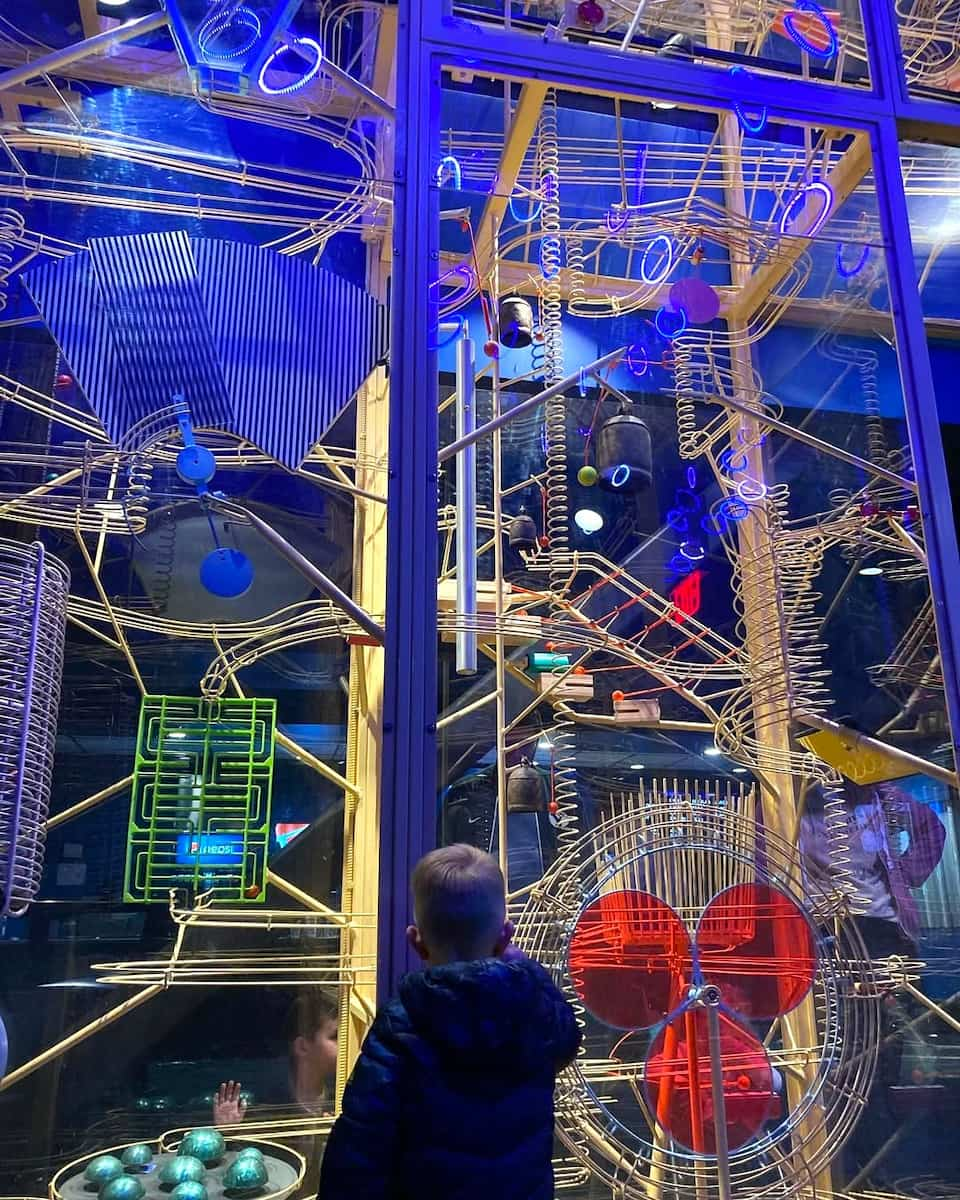
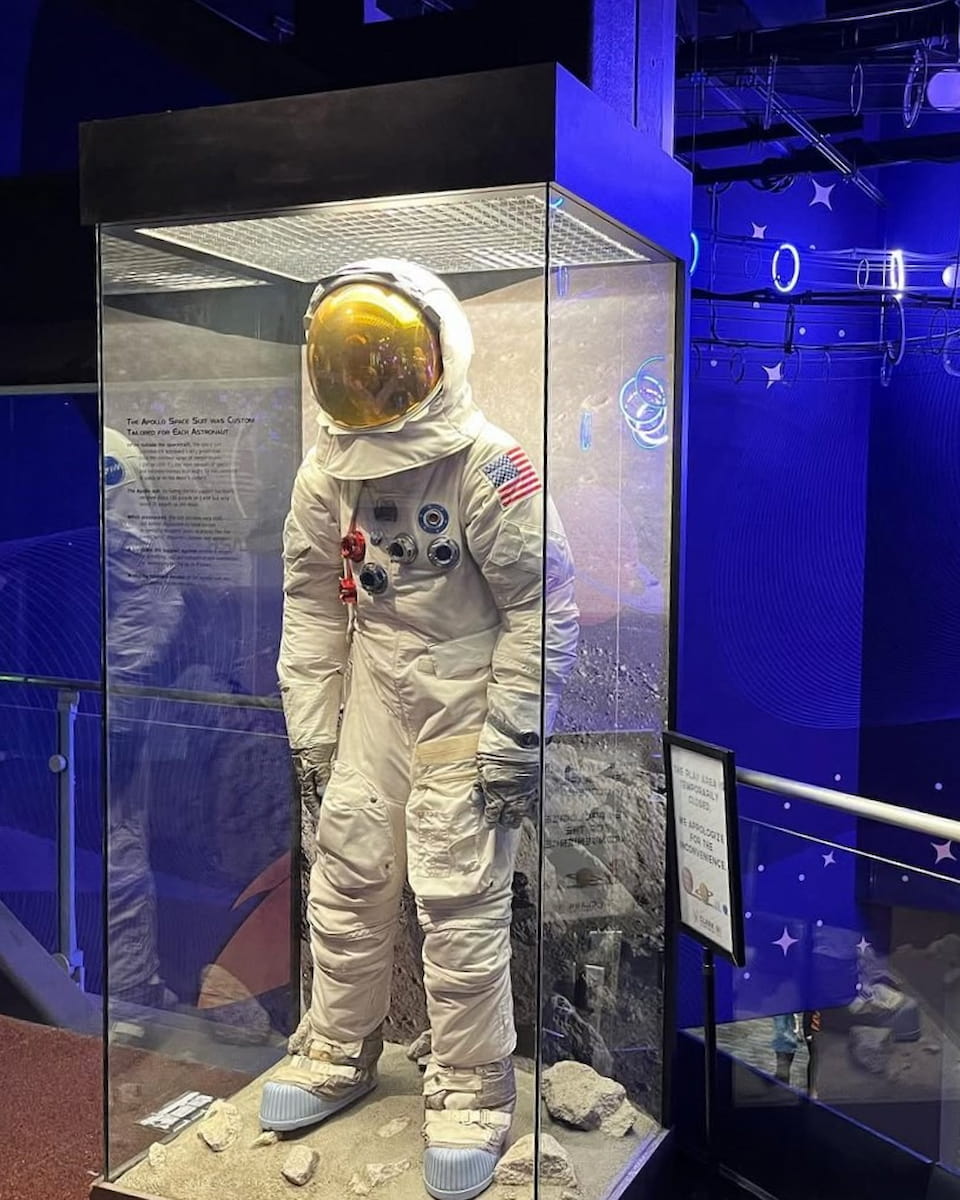
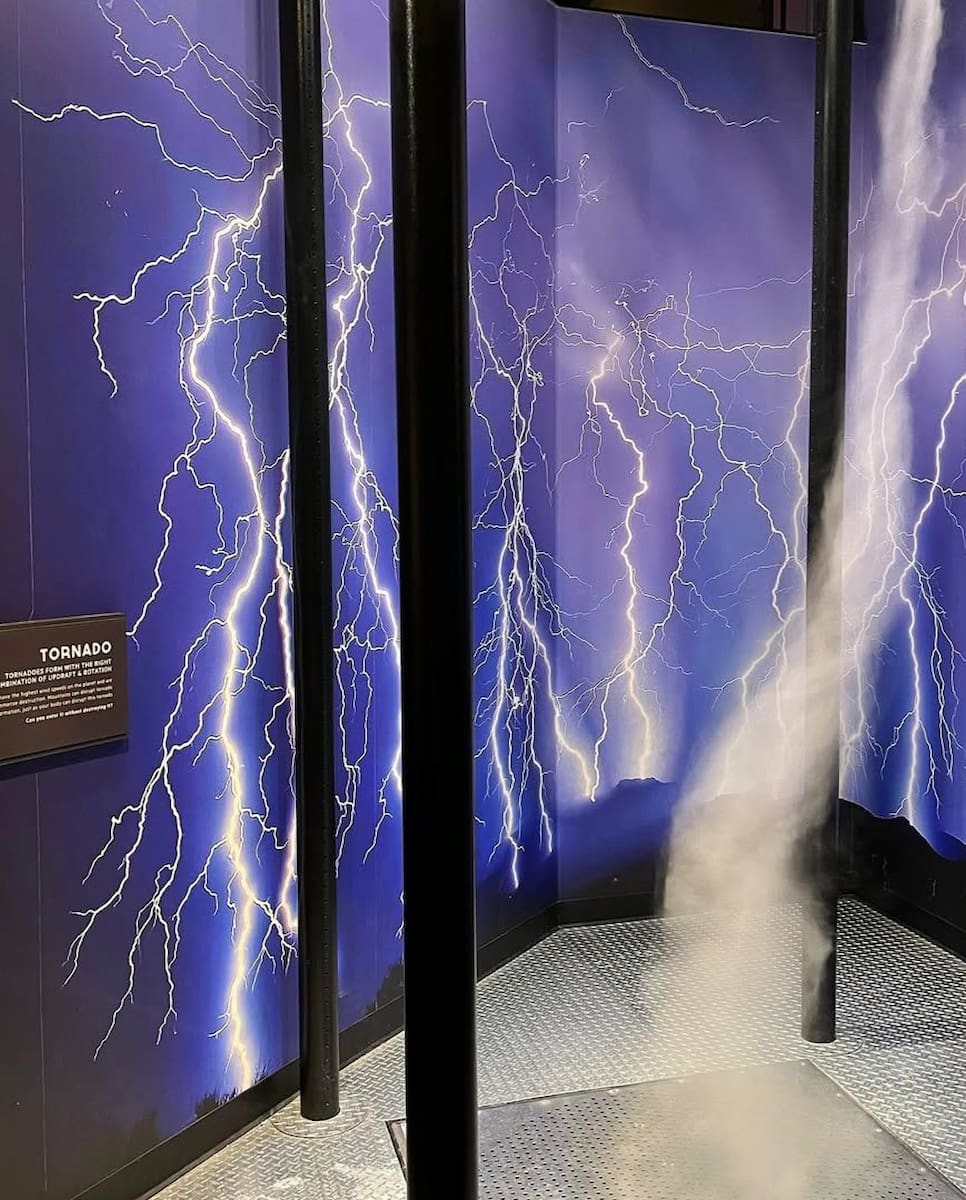
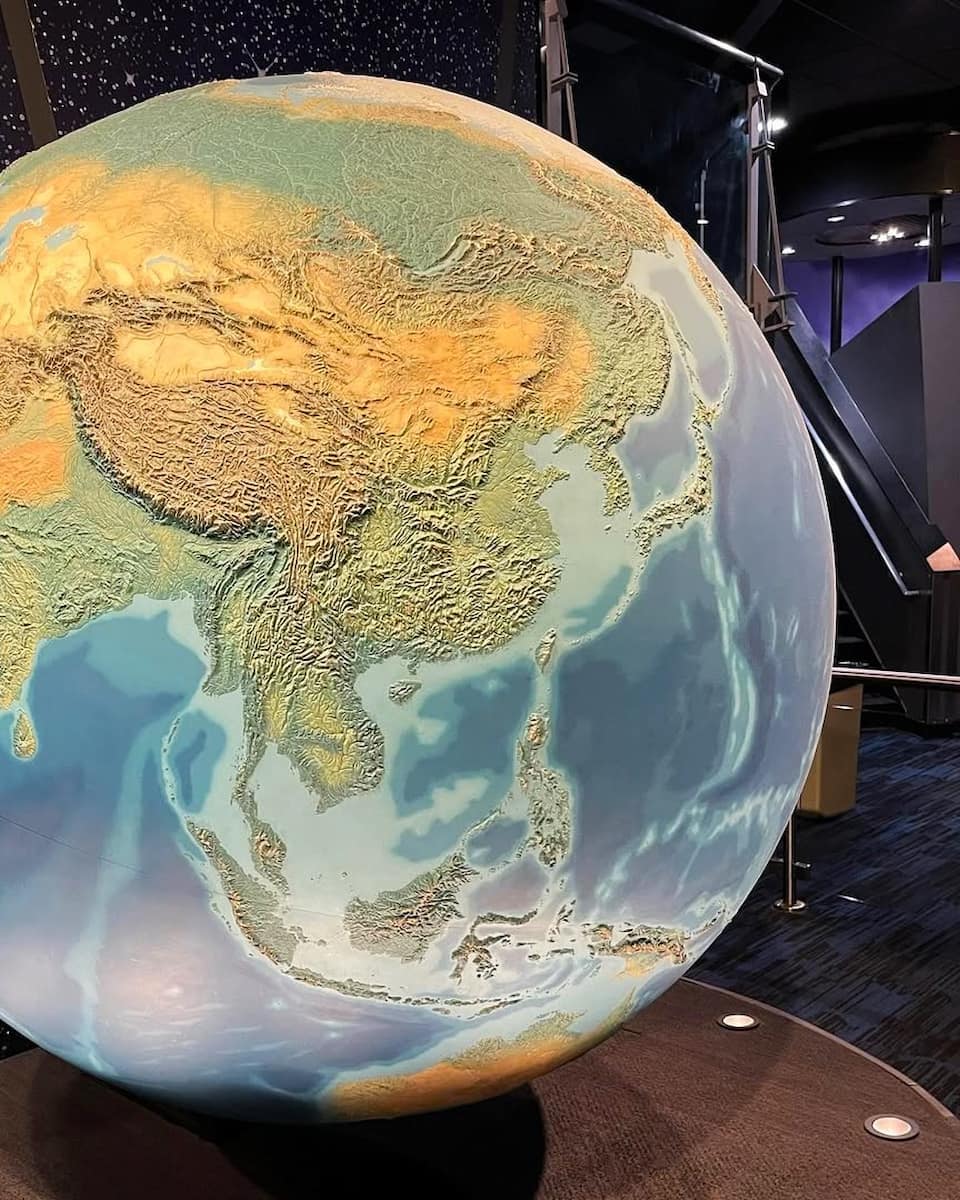
Admission and Shows. Entry to the exhibit area is free, which surprised me. You only pay for tickets to the dome and IMAX shows. Here’s a quick look at current prices:
| Ticket Type | Price (USD) | Price (EUR) | Price (NIS) |
|---|---|---|---|
| Exhibit Entry | Free | Free | Free |
| Dome/IMAX Show (Adult) | $10 | €9 | 37 |
| Dome/IMAX Show (Child) | $8 | €7 | 29 |
| Dome/IMAX Show (Senior) | $8 | €7 | 29 |
Planetarium Highlights:
- Hansen Dome Theatre (immersive space shows)
- IMAX documentaries (nature, science, and space)
- Mars Yard and meteorite exhibits
- Free interactive science displays
- Foucault pendulum and gift shop
Free Activities in Utah
1. Temple Square
First Impressions and Layout. My first time stepping onto Temple Square, I was struck by the peaceful atmosphere in the heart of Salt Lake City. This 10-acre complex is more than just a city block—it’s a blend of gardens, monuments, and historic buildings like the Salt Lake Temple, Tabernacle, and Assembly Hall. The grounds are beautifully landscaped, especially in spring and summer when flowers bloom everywhere. During the holiday season, thousands of twinkling lights transform the area into a glowing wonderland, drawing crowds from across Utah and beyond.
What to See and Do. Temple Square is packed with sights and experiences. Here’s my personal must-see list:
- Salt Lake Temple (currently closed for renovation, but you can view the exterior and a detailed scale model at the Conference Center)
- Tabernacle (home of the world-famous Tabernacle Choir)
- Assembly Hall (19th-century Gothic-style church)
- Church History Museum (interactive exhibits and pioneer artifacts)
- FamilySearch Library (genealogy research for all ages)
- Beautiful gardens and fountains
Entry Fees. One of the best surprises for me was that nearly everything here is free, including the museums and visitor centers. Here’s a quick price table for your visit:
| Attraction | Price (USD) | Price (EUR) | Price (NIS) |
|---|---|---|---|
| Temple Square Grounds | Free | Free | Free |
| Church History Museum | Free | Free | Free |
| Tabernacle Choir Concerts | Free | Free | Free |
| Visitor Centers | Free | Free | Free |
2. Church History Utah Museum
Immersive Storytelling and Artifacts. Walking into the Church History Museum in Salt Lake City, I was immediately drawn to the wide range of artifacts and interactive displays. The museum’s collection includes pioneer clothing, original documents, hand-crafted quilts, and even the death masks of Joseph and Hyrum Smith. The “Heavens Are Opened” exhibit, with its 240-degree First Vision Theater, offers an engaging multimedia experience that makes the early days of the Latter-day Saints feel vivid and personal.
Special Exhibits and Global Art. One of my favorite sections was “Work and Wonder: 200 Years of Latter-day Saint Art.” This exhibit features over 100 works—paintings, sculptures, and textiles—created by artists from all over the world. The displays are grouped by theme, such as memory, sacred spaces, and identity. I especially enjoyed seeing the Vava’u Relief Society’s tapa cloth and Avard Fairbanks’ “Eternal Progress” bas-relief, which originally appeared at the 1933 World’s Fair.
Family Activities and Interactive Spaces. Families are well catered for here. The children’s area, “I’ll Walk Where Jesus Walked,” lets kids create their own art, watch short films, and explore hands-on exhibits. Upstairs, there are rotating art displays and a genealogy space where you can start your own family tree. Friendly volunteers are always nearby to answer questions or share stories.
Museum Highlights:
- “Heavens Are Opened” immersive theater
- “Work and Wonder” global art exhibit
- Death masks of Joseph and Hyrum Smith
- Children’s art and genealogy space
- Museum store (books, art, collectibles)
Practical Info. The museum is open Monday to Saturday (closed Sundays) and is always free. Here’s a quick table for your visit:
| Service/Exhibit | Price (USD) | Price (EUR) | Price (NIS) |
|---|---|---|---|
| General Admission | Free | Free | Free |
| First Vision Theater | Free | Free | Free |
| Children’s Art Space | Free | Free | Free |
| Rotating Exhibitions | Free | Free | Free |
3. Hiking in Grand Staircase-Escalante
Diverse Regions and Geological Wonders. Exploring Grand Staircase-Escalante, I was struck by how each section offers a different adventure. The western area is famous for its technicolor cliffs and striking rock layers, including the Vermilion, white, gray, and pink sandstone bands. The Paria River region is filled with buttes and mesas, and Buckskin Gulch here is considered one of the world’s best long slot adventures. The Kaiparowits Plateau, in the center, is a wild, high-elevation expanse—remote and untamed, with few roads and no marked trails. I found the Escalante Canyons in the east especially inviting, with salmon-colored slickrock, natural arches, and ancient dwellings left by Ancestral Pueblo people.
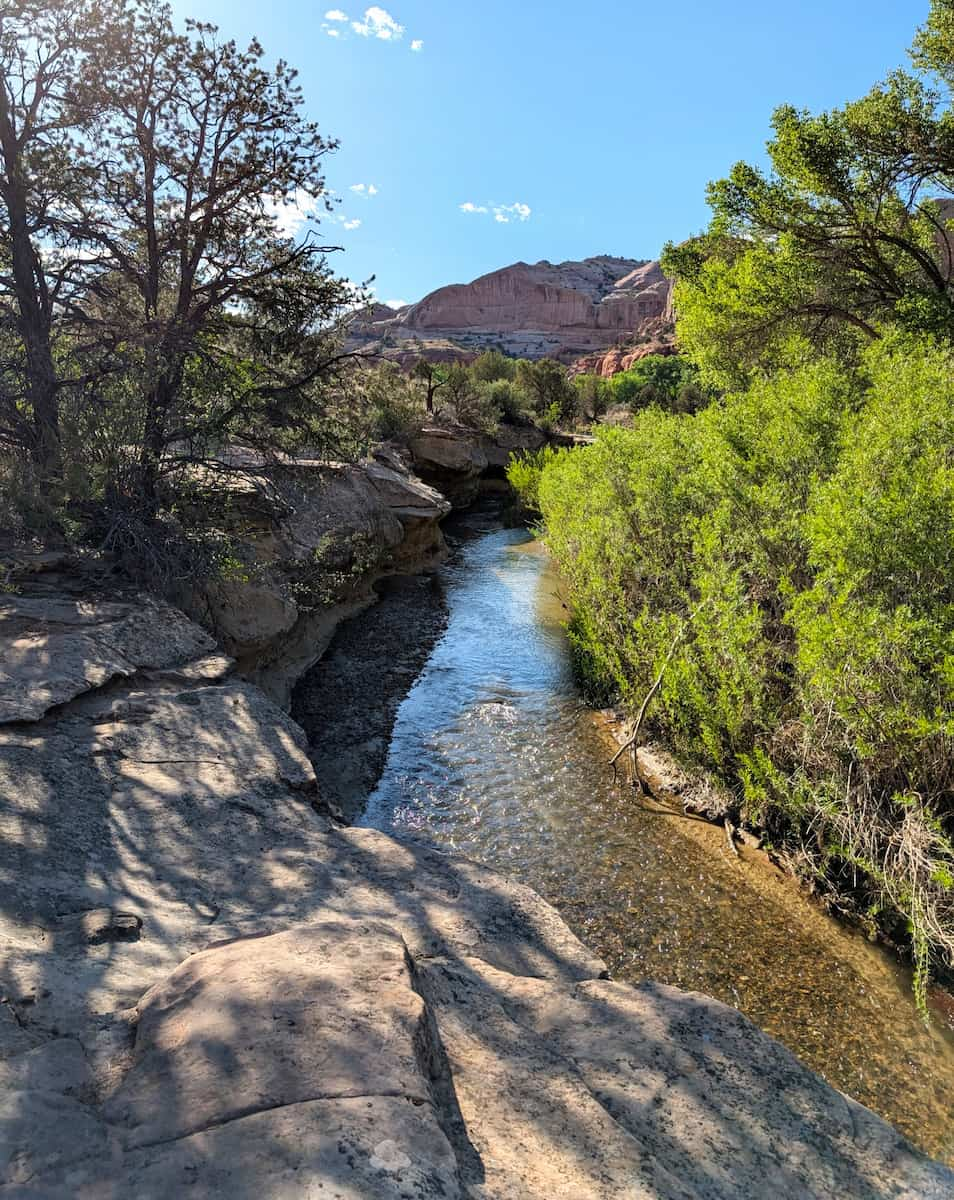
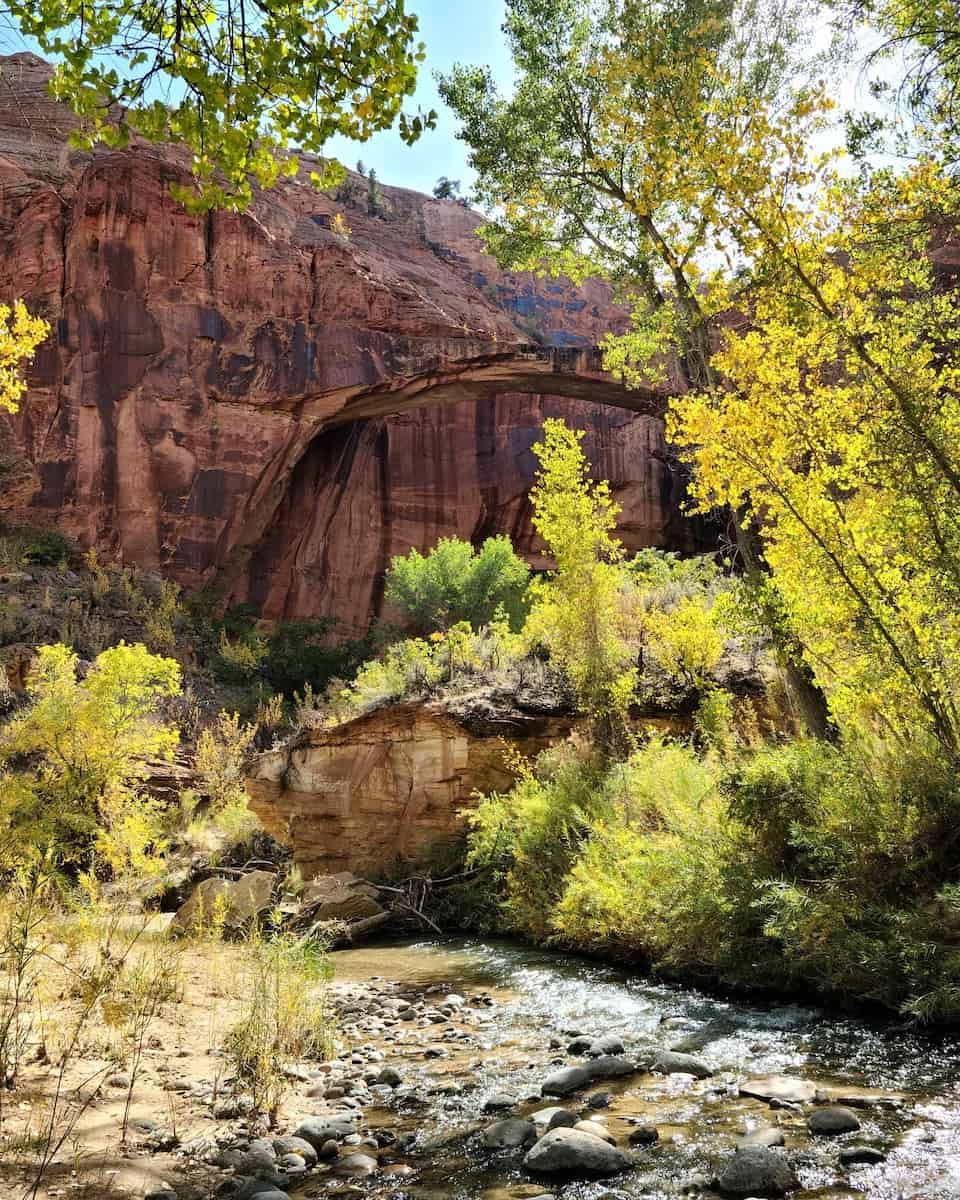
Popular Trails and Unique Features. Some of my favorite routes include Lower Calf Creek Falls, Upper Calf Creek Falls, and the slot adventures of Peek-a-boo and Spooky Gulch. Lower Calf Creek Falls is a 6.7-mile round trip, mostly flat, leading to a 126-foot waterfall and a chilly pool—perfect for a summer break. Upper Calf Creek Falls is shorter (2.1 miles), but more exposed, ending at a crystal-clear oasis. Peek-a-boo and Spooky Slot Canyons are a must for anyone who loves squeezing, scrambling, and exploring narrow, winding passages—no ropes required, just a sense of adventure. For those who want a longer challenge, the Golden Cathedral & Neon Canyon trail is a 9-mile round trip with steep descents and a stunning natural amphitheater at the end.
Top Trails in Grand Staircase-Escalante:
- Lower Calf Creek Falls (waterfall, accessible, family-friendly)
- Upper Calf Creek Falls (shorter, exposed, oasis finish)
- Peek-a-boo & Spooky Slot Canyons (adventurous, narrow, no ropes needed)
- Golden Cathedral & Neon Canyon (long, challenging, unique amphitheater)
- Escalante River Trail (lush, multiple crossings, shady spots)
Permits, Fees, and Safety. Planning is essential here. Entry to Grand Staircase-Escalante is free, but overnight stays require a free backcountry permit, available at visitor centers or trailhead registry boxes. Campgrounds charge a small nightly fee, depending on facilities. Fires are not allowed—bring a camp stove instead. Here’s a summary of costs:
| Activity/Permit | Price (USD) | Price (EUR) | Price (NIS) |
|---|---|---|---|
| Day Use/Entry | Free | Free | Free |
| Backcountry Camping Permit | Free | Free | Free |
| Campground (per night) | $10–$20 | €9–€18 | 37–73 |
Seasonal Events in Utah
Spring: Tulip Festival at Thanksgiving Point
A Riot of Color and Fragrance. The first time I entered Ashton Gardens during the Tulip Festival, I was met by a breathtaking sweep of over 900,000 blooming flowers—tulips, daffodils, hyacinths, poppies, and more. Every corner of the 50-acre gardens bursts with color, from classic beds to creative floral sculptures and topiaries shaped like butterflies, mushrooms, and fairies. The air is sweet with the scent of fresh blooms, and the Wasatch Mountains make a dramatic backdrop for photos. Each year, the design changes, with new bulbs imported from Holland and creative displays like the Tulip Tower and Secret Garden.
Interactive Experiences and Family Fun. This festival is more than a flower show. I joined a garden tour, watched live music at the amphitheater, and even saw kids racing to complete a scavenger hunt. Families love the play areas, bounce houses, and interactive art projects scattered throughout the grounds. The event is stroller and wheelchair friendly, with paved paths and plenty of shady spots for a picnic. On weekends, food trucks and vendors line the walkways, offering everything from ice cream to local crafts.
Unique Garden Features and Art Installations. Thanksgiving Point partners with local artists to create tulip-inspired installations and whimsical displays, adding a creative twist to the natural beauty. The Fragrance Garden and Italian Garden are visitor favorites, while the Monet Pond and Secret Garden offer peaceful retreats for a quiet break or a family photo. Here are some must-see highlights:
- Tulip Tower (panoramic views)
- Secret Garden (vine tunnels and fountains)
- Fragrance Garden (scented varieties)
- Italian Garden (formal, European-inspired)
- Monet Pond (feed the fish—buy food at the entrance)
Hours and Practical Tips. The festival runs from early April to mid-May, Monday through Saturday, 9 am to 8 pm. All tickets are time-ticketed and should be purchased in advance for the best price.
| Ticket Type | Price (USD) | Price (EUR) | Price (NIS) |
|---|---|---|---|
| Adult | $24–29 | €22–27 | 88–107 |
| Youth (13–17) | $19–24 | €17–22 | 70–88 |
| Child (3–12) | $17–22 | €15–20 | 62–81 |
| Senior (65+) | $21–26 | €19–24 | 77–96 |
| 2 and under | Free | Free | Free |
Summer: Utah Arts Festival, Salt Lake City
Downtown Celebration of Creativity. Every June, Salt Lake City’s Library Square transforms into a vibrant open-air gallery for the Utah Arts Festival. I was immediately swept up by the energy—over 800 artists and 35,000+ visitors fill the space with color, music, and creativity. Booths line the walkways, showcasing everything from painting and sculpture to jewelry and digital art. I loved chatting with artists about their process and watching live muralists turn blank walls into masterpieces. The festival’s location is unbeatable: steps from the Salt Lake City Public Library and The Leonardo Museum, and just minutes from City Hall and public transit.
Live Performances and Workshops. Music and performance are at the heart of the festival. With more than 200 live shows across five stages, I caught everything from indie rock and jazz to modern dance and spoken word poetry. The event’s global food scene and craft beer gardens kept me fueled for hours of exploring. For those wanting to get hands-on, the Interactive Urban Arts Yard and Art Engagement Workshops let both kids and adults create their own masterpieces. My favorite was the instrument “petting zoo,” where children could try out everything from flutes to cellos.
Family Zones and Kid-Friendly Activities. Bringing kids? The Kids’ Art Yard is a creative playground, open every festival day with activities like recycled-material igloo building, snowflake prints, and make-and-take crafts. There’s also the Fear No Film: Kids! short film series, and collaborative art stations hosted by local museums. The festival’s layout is stroller-friendly, and shaded rest spots are scattered throughout for families needing a break.
Festival Highlights:
- 800+ artists and 200+ live performances
- Five stages with music, dance, and spoken word
- Interactive workshops and Art Yard for all ages
- Craft beer gardens and global food trucks
- Family-friendly activities and short film series
- Easy access by public transit and bike-share
Price Table. Here’s a quick look at current festival prices and times:
| Ticket Type | Price (USD) | Price (EUR) | Price (NIS) |
|---|---|---|---|
| Adult (online) | $18/day | €16 | 66 |
| Adult (in-person) | $20/day | €18 | 73 |
| Senior/Military | $12–$15 | €11–€14 | 44–55 |
| Kids (12 & under) | Free | Free | Free |
| VIP | $60+ | €55+ | 220+ |
Fall: Scenic Drives for Leaf Peeping
A Palette of Autumn Colors. When September arrives, I always look forward to the changing leaves across the mountains and valleys. The Wasatch Mountains, Logan Canyon, and the byways near Provo become a tapestry of gold, orange, and crimson. I love how each region peaks at a slightly different time—higher elevations like Guardsman Pass and the Alpine Loop start to glow in late September, while lower valleys and southern routes show their brightest colors in mid-October. The variety of trees, from quaking aspens to canyon maples and scrub oaks, creates a patchwork of color that rivals New England’s famous fall displays.
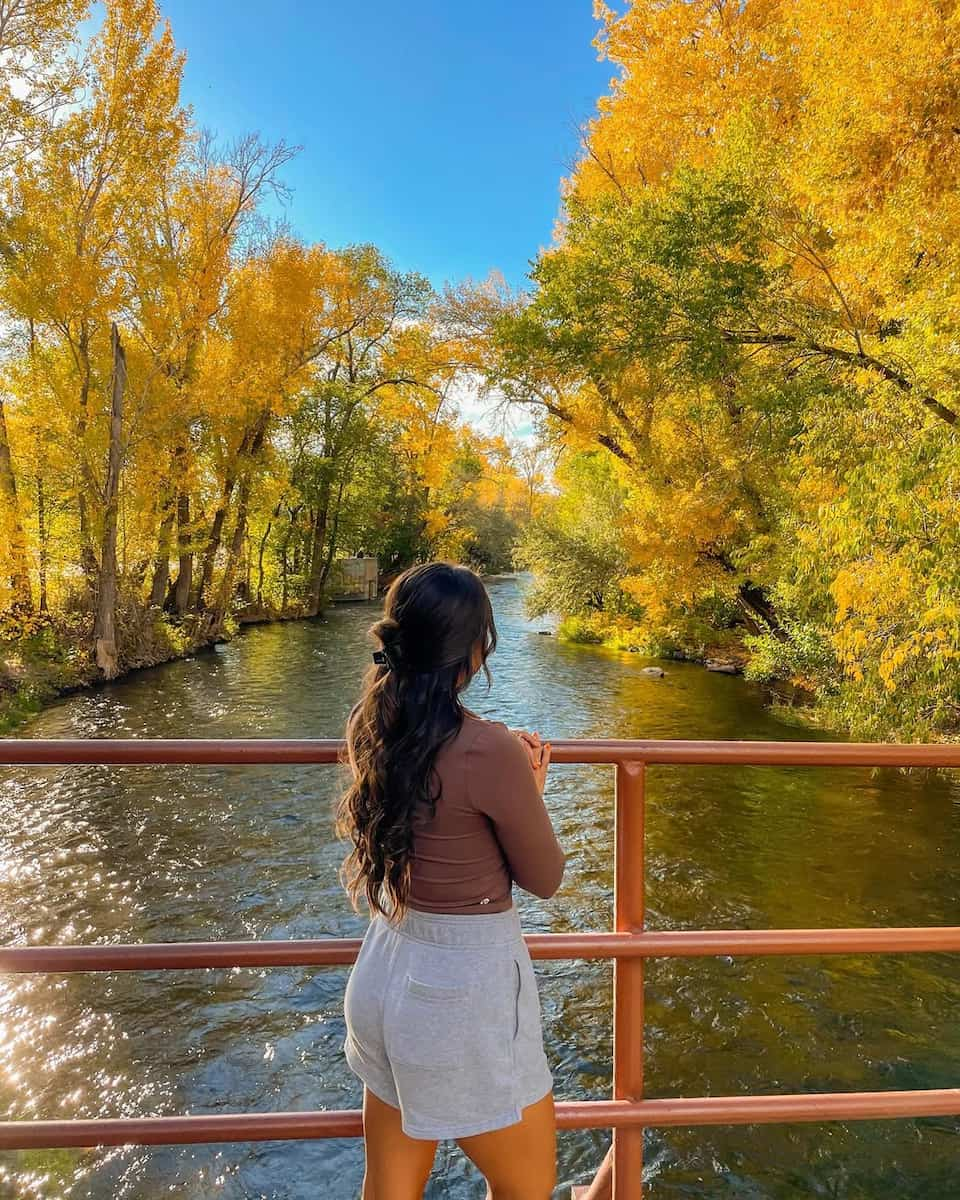
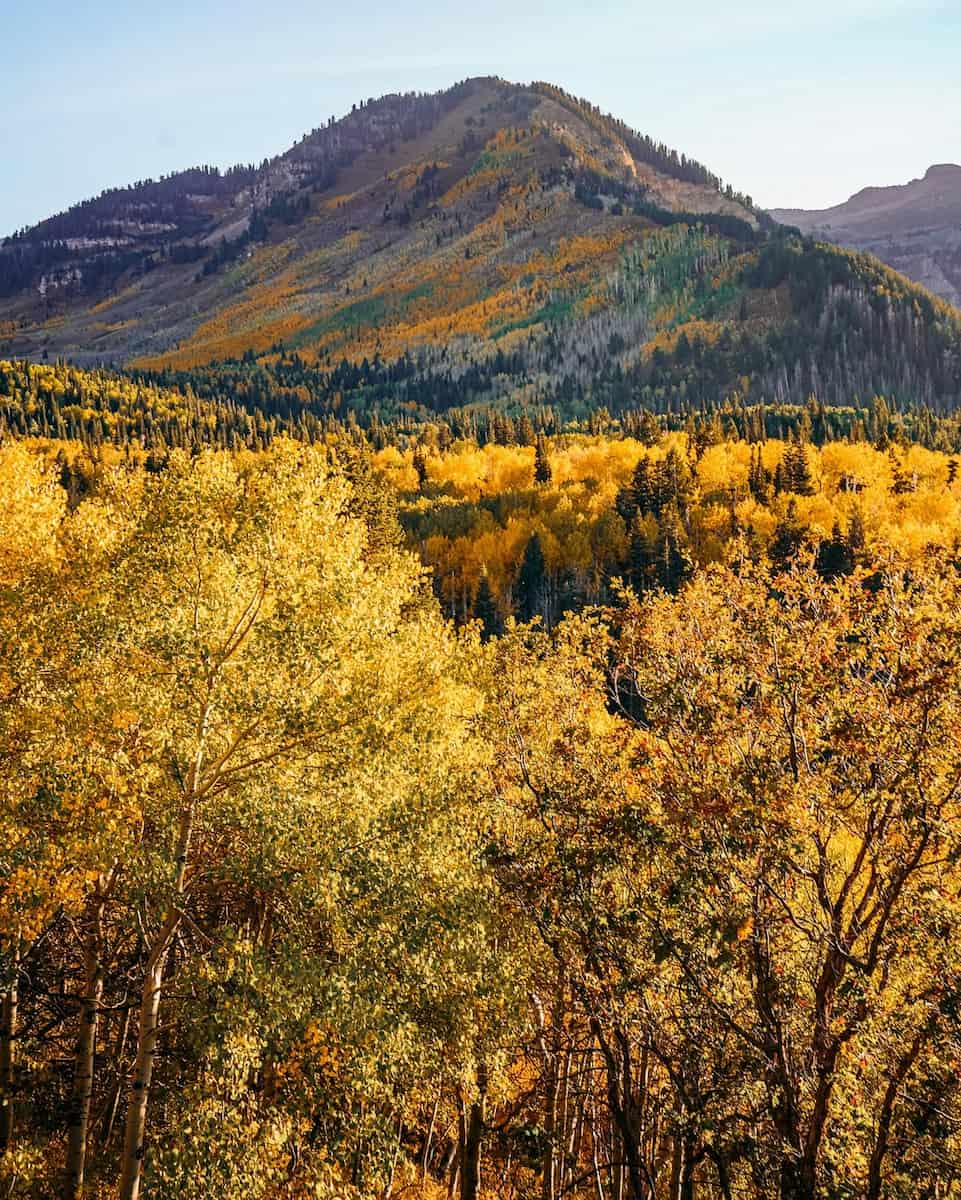
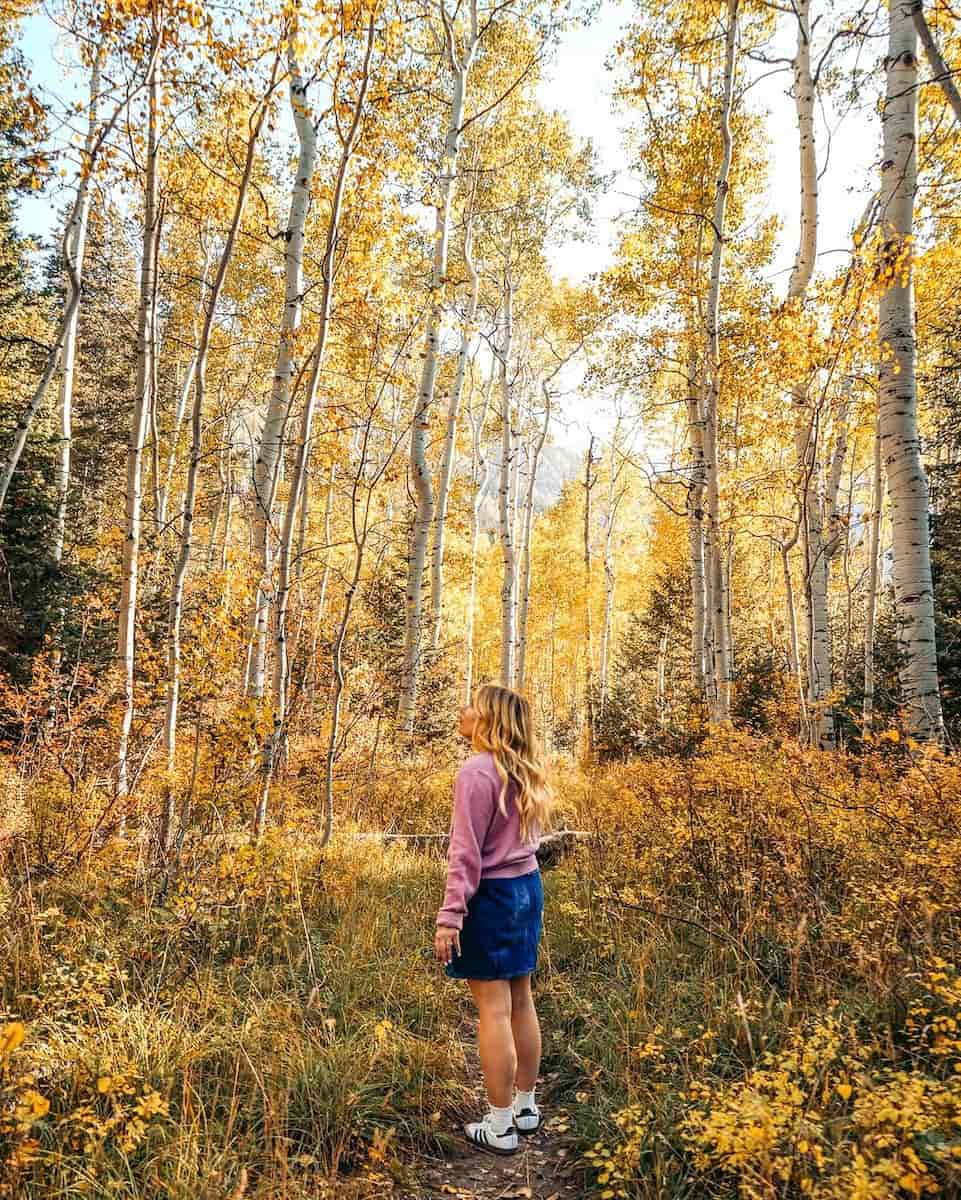
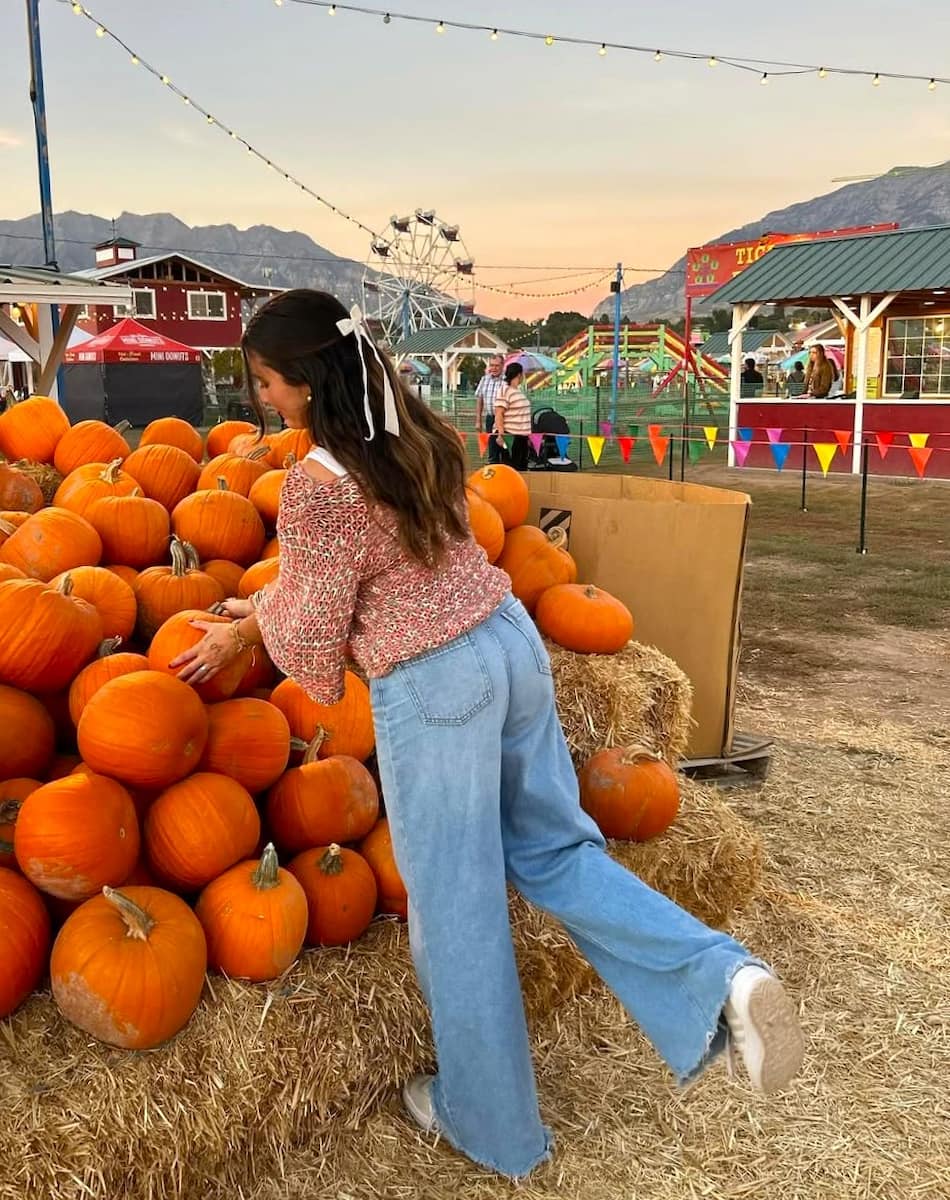
Favorite Drives for Leaf Peeping. Some routes stand out for their autumn beauty and accessibility. Here’s my personal list of must-drive roads:
- Alpine Loop (Highway 92): Winding through American Fork and Provo Canyons, this 20-mile route is famous for its aspen groves and mountain views.
- Nebo Loop: A National Scenic Byway, Nebo Loop passes through the Uinta National Forest, with stops at Payson Lakes and panoramic overlooks.
- Logan Canyon: Stretching from Brigham City to Bear Lake, this drive offers both fiery maples and golden aspens, with plenty of pullouts for photos.
- Highway 12: This All-American Road in southern Utah passes through Red Canyon and near Bryce, with forests and rock formations glowing in fall colors.
- Patchwork Parkway (Highway 143): Connecting Parowan and Panguitch, this route is lined with aspen groves and leads to Cedar Breaks National Monument.
Timing and Tips. Peak color varies by elevation and weather, but generally, late September to mid-October is best for most regions. Weekends can get crowded, especially on beloved routes like the Alpine Loop and Nebo Loop, so I try to visit early in the morning or on weekdays. Here’s a quick table of popular drives and their typical peak times:
| Route/Area | Typical Peak Color | Fee (USD) | Fee (EUR) | Fee (NIS) |
|---|---|---|---|---|
| Alpine Loop | Late Sep–Early Oct | $6–$12* | €5–€11 | 22–44 |
| Nebo Loop | Early–Mid Oct | Free | Free | Free |
| Logan Canyon | Late Sep–Early Oct | Free | Free | Free |
| Highway 12 | Early–Mid Oct | Free | Free | Free |
| Patchwork Parkway | Late Sep–Early Oct | Free | Free | Free |
Winter Activities: Sundance Film Festival, Park City
A Global Stage for Independent Film. Every January, Park City transforms into a vibrant hub for filmmakers, actors, and movie lovers as the Sundance Film Festival takes over Main Street and neighboring venues. I was swept up in the excitement—over 90 new films premiered this year, with genres ranging from drama and documentary to comedy and experimental. The festival’s unique atmosphere blends Hollywood glamour with mountain-town charm: you might spot a celebrity in snow boots, or chat with an emerging director over coffee. The event draws visitors from all over the world, making it a true celebration of storytelling and creativity.
Screenings, Panels, and Festival Life. Screenings run from early morning until midnight at iconic venues like Eccles Theater, Egyptian Theatre, and The Ray Theatre. I found the best way to catch buzzworthy films was to buy tickets in advance or join the eWaitlist for last-minute seats. Beyond the movies, the festival offers panels, workshops, and Q&A sessions with filmmakers, giving everyone a chance to learn about the craft and the industry’s latest trends. The energy on Main Street is infectious—pop-up lounges, live music, and art installations keep the party going between screenings.
Festival Highlights:
- 90+ world premieres and independent films
- Screenings at Eccles, Egyptian, The Ray, and more
- Panels, Q&As, and workshops with filmmakers
- Star sightings and Main Street buzz
- Free shuttles and late-night events
- Online screenings for those who can’t attend in person
Tickets, Passes, and Practical Info. Getting into Sundance takes some planning. Here’s a quick table with current ticket prices:
| Ticket Type | Price (USD) | Price (EUR) | Price (NIS) |
|---|---|---|---|
| Single Film Ticket | $35 | €32 | 128 |
| Day-of Ticket | $20–$25 | €18–€23 | 73–92 |
| Online Film Ticket | $35 | €32 | 128 |
| Kids (12 & under) | Free (select events) | Free | Free |
| VIP/Pass Packages | $500+ | €455+ | 1,825+ |
Day Trips from Salt Lake City
1. Antelope Island State Park
Wildlife Encounters and Open Spaces. My first visit to Antelope Island Park was unforgettable for its wildlife. Bison roam the grasslands—sometimes in herds of hundreds—and pronghorn antelope graze alongside mule deer and bighorn sheep. I spotted coyotes, bobcats, and even a fox darting through the brush. Birdwatchers flock here for the chance to see avocets, white-faced ibis, and great blue herons, especially during migration season. The Great Salt Lake’s shores attract millions of birds, making the island one of the best birding spots in the region.
Trails, Beaches, and Outdoor Activities. With over 36 miles of trails, the island is a paradise for walkers, cyclists, and horseback riders. My favorite short route is the Buffalo Point Trail, which offers sweeping views with minimal effort. For a challenge, the Frary Peak Trail climbs to the island’s highest point—6,596 feet—rewarding you with panoramic lake and mountain vistas. If you prefer a gentler stroll, Lady Finger Point and Dooly Knob are both accessible and family-friendly. The sandy beaches at Bridger Bay are perfect for a summer swim or picnic, and the lake’s salty water makes floating effortless.
Historic Sites and Unique Experiences. History buffs will enjoy exploring the Fielding Garr Ranch, which offers self-guided tours, picnic areas, and a glimpse into the island’s ranching past. The visitor center, though small, provides hands-on exhibits about brine shrimp, the lake’s ecosystem, and local wildlife. Don’t miss the marina, where you can rent kayaks or paddleboards to explore the lake, or simply watch a sunset from the shore—Frary Peak is a favorite spot for this.
Highlights at Antelope Island State Park:
- Bison, pronghorn, mule deer, and birdwatching
- Buffalo Point, Frary Peak, Lady Finger Point trails
- Bridger Bay beach and Great Salt Lake swimming
- Fielding Garr Ranch and self-guided history tours
- Kayak, paddleboard, and sunset views from the marina
- International Dark Sky Park status—stargazing is superb
Entry Fees and Info. Here’s a quick look at current entrance and camping fees:
| Entry Type | Price (USD) | Price (EUR) | Price (NIS) |
|---|---|---|---|
| Vehicle (up to 8 people) | $15 | €14 | 55 |
| Senior Vehicle (65+) | $10 | €9 | 37 |
| Motorcycle | $5 | €5 | 18 |
| Bicycle/Pedestrian | $3 | €3 | 11 |
| Annual Pass | $65 | €59 | 237 |
| Bridger Bay Camping (per night) | $40 | €36 | 146 |
2. Park City
Historic Main Street and Local Culture. My first stroll down Main Street was a feast for the senses—Victorian architecture, colorful galleries, and the buzz of live music drifting from open doors. This historic district is the heart of the town, packed with unique shops, art galleries, and award-winning restaurants. I loved browsing the Kimball Art Center and popping into boutiques for handmade jewelry and mountain-inspired gifts. On summer Sundays, Main Street transforms for the Park Silly Sunday Market, an open-air festival with live music, gourmet food trucks, and local crafts.
Outdoor Adventures and Year-Round Activities. This alpine destination is famous for its outdoor opportunities. With over 400 miles of trails, I found endless options for mountain biking, cycling, and exploring on foot. The summer months bring lift-served mountain biking, alpine slides, and zip lines, while fly fishing and paddleboarding are popular at nearby Jordanelle and Deer Creek reservoirs. The elevation keeps the air cool, making it a perfect escape from the city heat. Horseback riding, hot air balloon rides, and golf on lush courses round out the adventure menu.
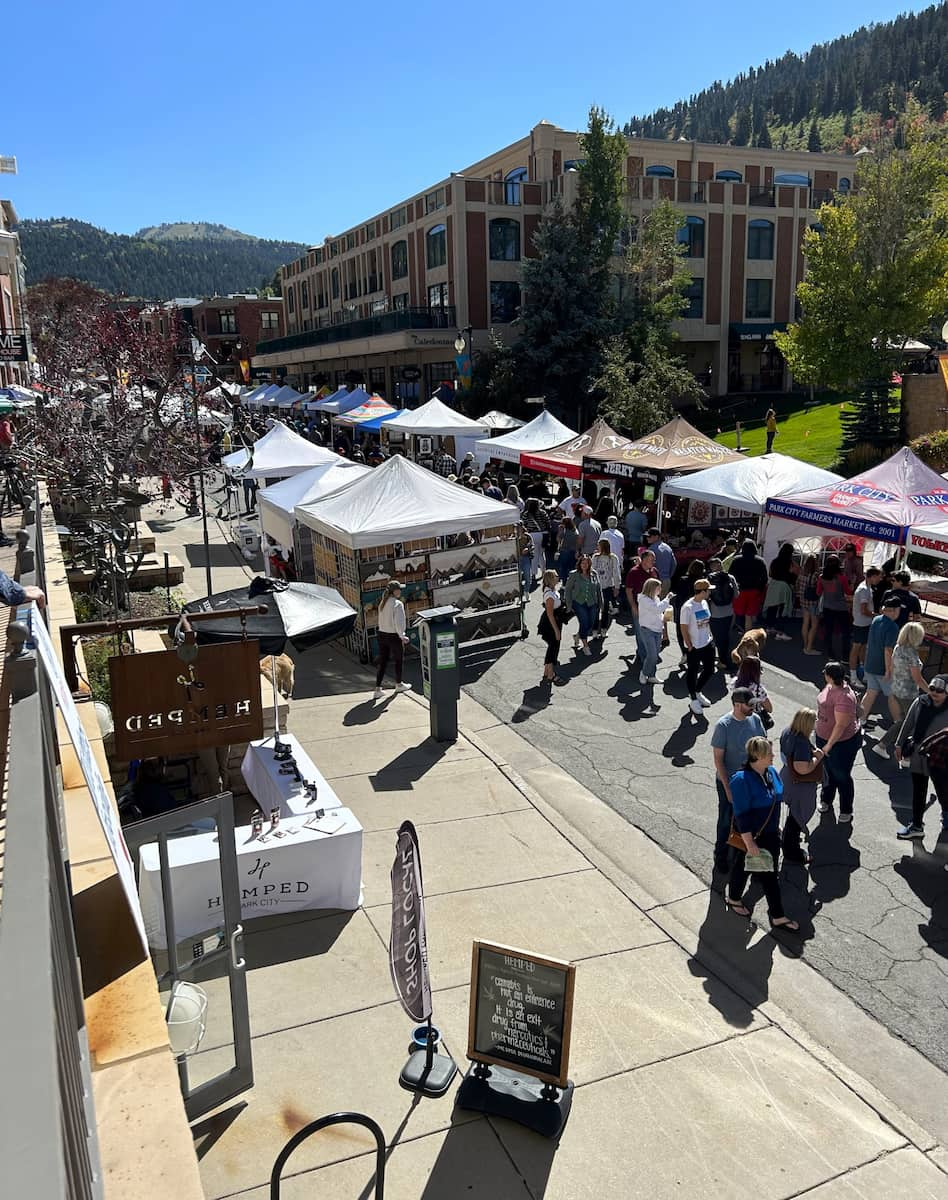
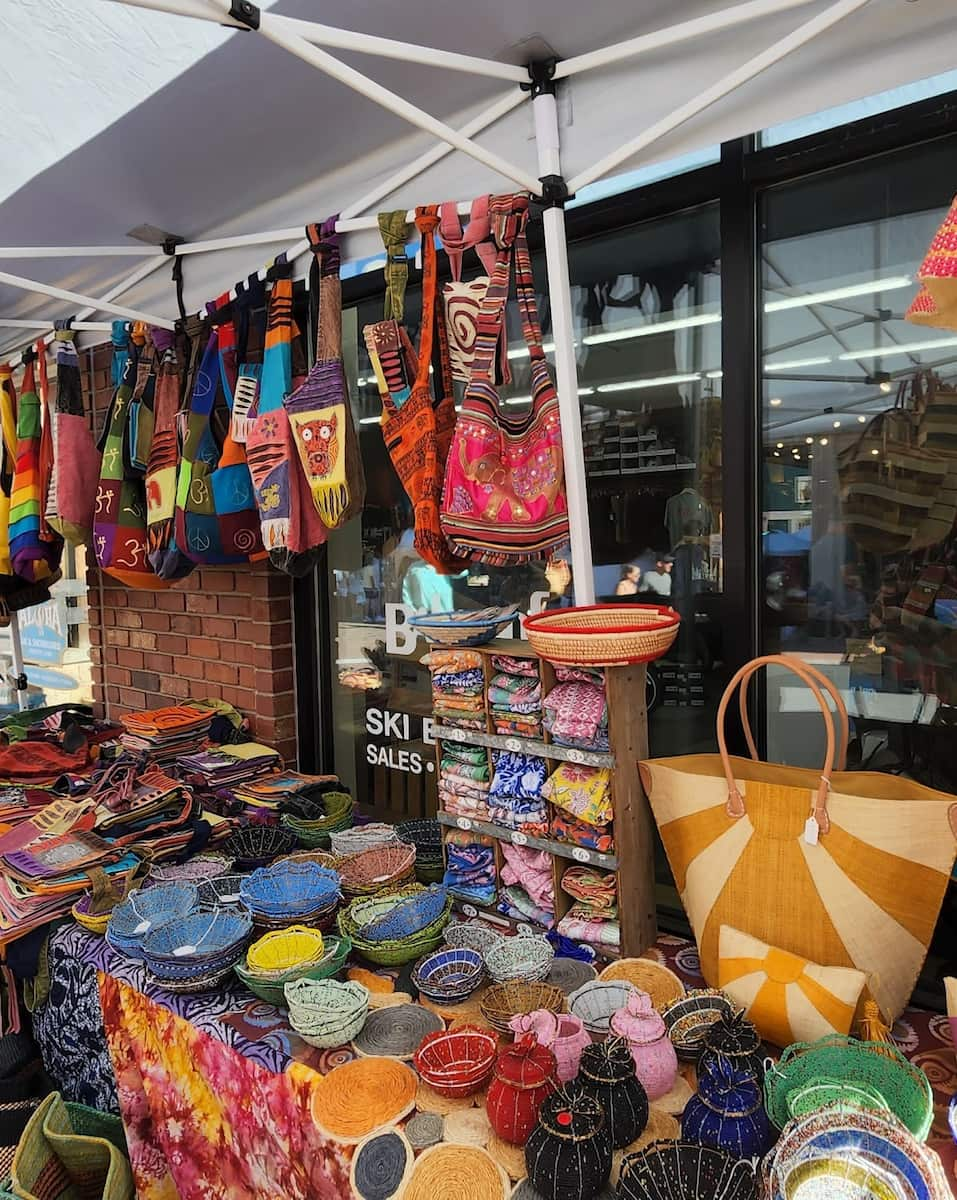
Festivals, Events, and Family Fun. The town’s event calendar is packed all year. I caught the Deer Hollow Music Festival—classical concerts under the stars—and the Kimball Arts Festival, which draws artists and collectors from across the country. Fourth of July brings a parade, fireworks, and pancake breakfast, while Labor Day’s Miner’s Day celebrates the area’s mining roots with a parade and traditional games. For families, adventure parks, ropes courses, and the Alpine Coaster add excitement, and the Utah Olympic Park offers bobsled rides, zip lines, and a museum celebrating the 2002 Winter Games.
Lift Tickets, Activities, and Dining Costs. Here’s a quick look at current prices for popular activities:
| Activity/Ticket | Price (USD) | Price (EUR) | Price (NIS) |
|---|---|---|---|
| Summer Adventure Pass (Mountain Village) | $75 | €68 | 275 |
| Alpine Coaster/Slide | $30–$40 | €27–€36 | 110–146 |
| Scenic Chairlift Ride | $25 | €23 | 92 |
| Burger & Fries (Summit House) | $25 | €23 | 92 |
| Concert/Event Ticket (avg) | $50–$160 | €46–€146 | 183–587 |
Insider Tip: Take the free city bus—parking fills quickly, especially during events. For a unique view, book a hot air balloon ride at sunrise or try a guided fly fishing trip on the Provo River.
Park City Highlights:
- Main Street galleries, shops, and restaurants
- 400+ miles of biking and walking trails
- Summer adventure parks and alpine slides
- Deer Valley Music Festival and Kimball Arts Festival
- Park Silly Sunday Market (June–September)
- Utah Olympic Park (bobsled, zip lines, museum)
⭐️ Best Activities
- Park City Local Food Walking Tour – Savor the flavors of Park City on a guided stroll, tasting local specialties and hearing delicious stories from passionate foodies.
3. Dead Horse Point State Park
Jaw-Dropping Vistas and Overlooks. My first glimpse from Dead Horse Point Overlook left me speechless. The view sweeps across layered red rock, mesas, and the Colorado River winding 2,000 feet below. This overlook is one of the most photographed spots in the American Southwest, and it’s easy to see why. You can reach it by driving the 22-mile Byway U-313 or by following a short, paved path from the parking area. From here, you’ll spot the gooseneck bend in the river, distant views of the Needles and Maze districts, and a panorama that rivals any in the region.
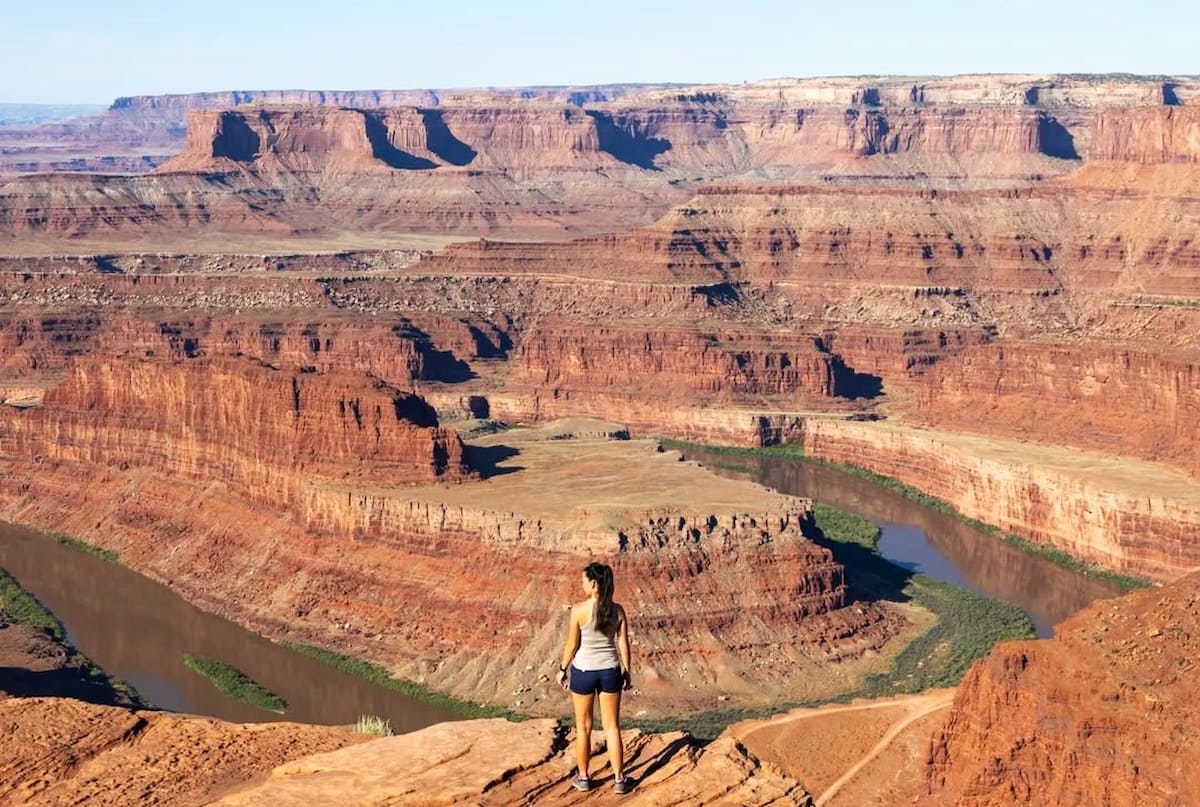
Accessible Trails and Family-Friendly Walks. Dead Horse Point is compact but packed with easy-to-follow trails that connect eight major overlooks. The East Rim Trail (2 miles one-way) starts at the Visitor Center and offers sweeping views of the La Sal Mountains and sagebrush flats. The West Rim Trail (2.5–3.5 miles one-way) is the longest and most rugged, guiding you past Meander, Shafer, and Rim overlooks. Both trails can be combined for a rewarding half-day loop. The park is dog-friendly—just keep your pup leashed.
Mountain Biking and Outdoor Activities. For those who love cycling, the Intrepid Trail System is a must. Covering 16.6 miles, these singletrack routes range from beginner to advanced, winding through juniper forests and slickrock. Rentals are available at Bighorn Mountain Biking, located at the Intrepid Trailhead. The park is also a favorite for sunrise and sunset photography—the colors on the cliffs and river are unforgettable.
Entry Fees, Logistics, and Getting There. Here’s a quick look at current entry and travel options:
| Entry Type | Price (USD) | Price (EUR) | Price (NIS) |
|---|---|---|---|
| Vehicle (up to 8 people) | $20 | €18 | 73 |
| Motorcycle | $10 | €9 | 37 |
| Bike/Walk-in (per person) | $4–$10 | €4–€9 | 15–37 |
Common Tourist Mistakes. A frequent error is underestimating the sun and not bringing enough water. Others rush to the main overlook and miss the quieter viewpoints and trails. Always check the weather—summer can be very hot, and winter brings freezing temperatures.
Dead Horse Point Highlights:
- Dead Horse Point Overlook (iconic photo spot)
- East and West Rim trails (easy to moderate, connect all major overlooks)
- Intrepid Trail System (mountain biking, rentals available)
- Meander, Shafer, and Rim overlooks (less crowded, stunning views)
- Sunrise and sunset photography (unforgettable colors)
⭐️ Best Activities
- Moab: 3-Hour Jet Boat Tour to Dead Horse Point State Park – Race along the Colorado River by jet boat, marvel at towering cliffs, and snap epic photos at Dead Horse Point.
FAQs about Visiting Utah
1. What is the best time to visit Utah national parks?
The ideal times in Utah are spring (April–June) and fall (September–October), when the weather is mild and crowds are smaller. Summer can be very hot, especially in the desert regions, while winter brings snow to higher elevations. Visiting in the shoulder seasons means more comfortable temperatures and better photo opportunities.
2. Are there good places to go with kids in Utah?
Absolutely! Most parks offer easy trails, picnic areas, and junior ranger programs designed for children. Many visitor centers have interactive exhibits, and rangers often lead kid-friendly activities. It’s a great destination for families who want to explore nature together.
3. How do I get around Utah?
The easiest way to explore is by renting a car, as public transportation is limited outside major cities. Having your own vehicle gives you the freedom to visit remote parks, small towns, and hidden gems at your own pace. Make sure to plan your route, as distances between attractions can be long.
4. Do I need permits for hiking The Narrows or Delicate Arch?
You don’t need a permit for Delicate Arch if you’re doing the standard route. For The Narrows, a permit is only required if you plan to do the full top-down trek from Chamberlain’s Ranch; the popular bottom-up walk from the Temple of Sinawava does not require one. Always check current park regulations before your visit.
5. What are some free things to do in Utah?
You’ll find plenty of free things to enjoy in Utah, from hiking popular trails like Ensign Peak or exploring the Bonneville Salt Flats, to wandering through the vibrant murals in downtown Salt Lake City. Many state parks offer free entry days throughout the year, and public events and outdoor concerts are often open to everyone. It’s easy to fill your itinerary with memorable experiences that don’t cost a cent.
